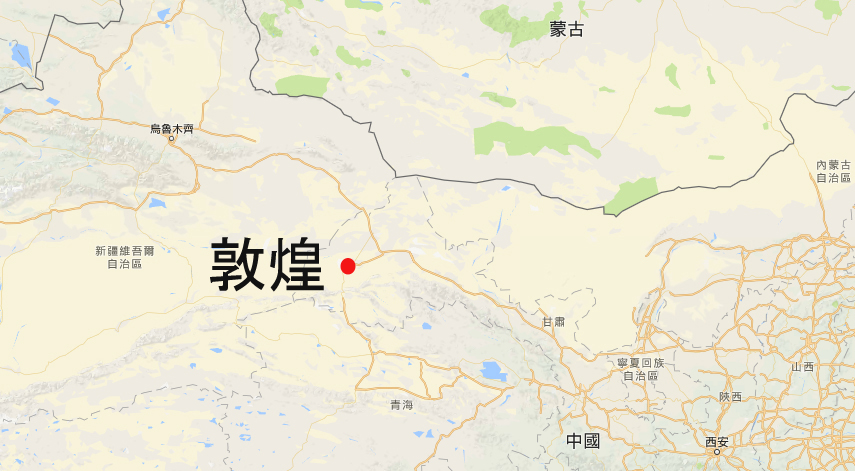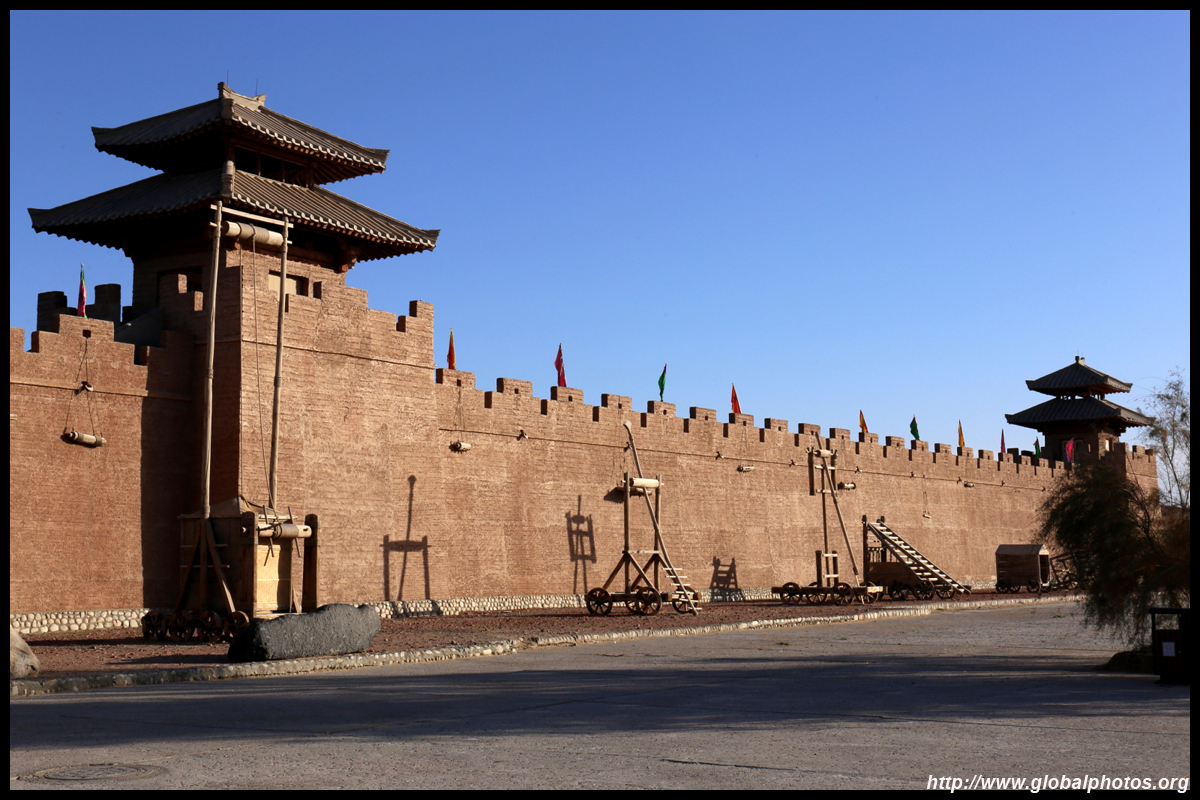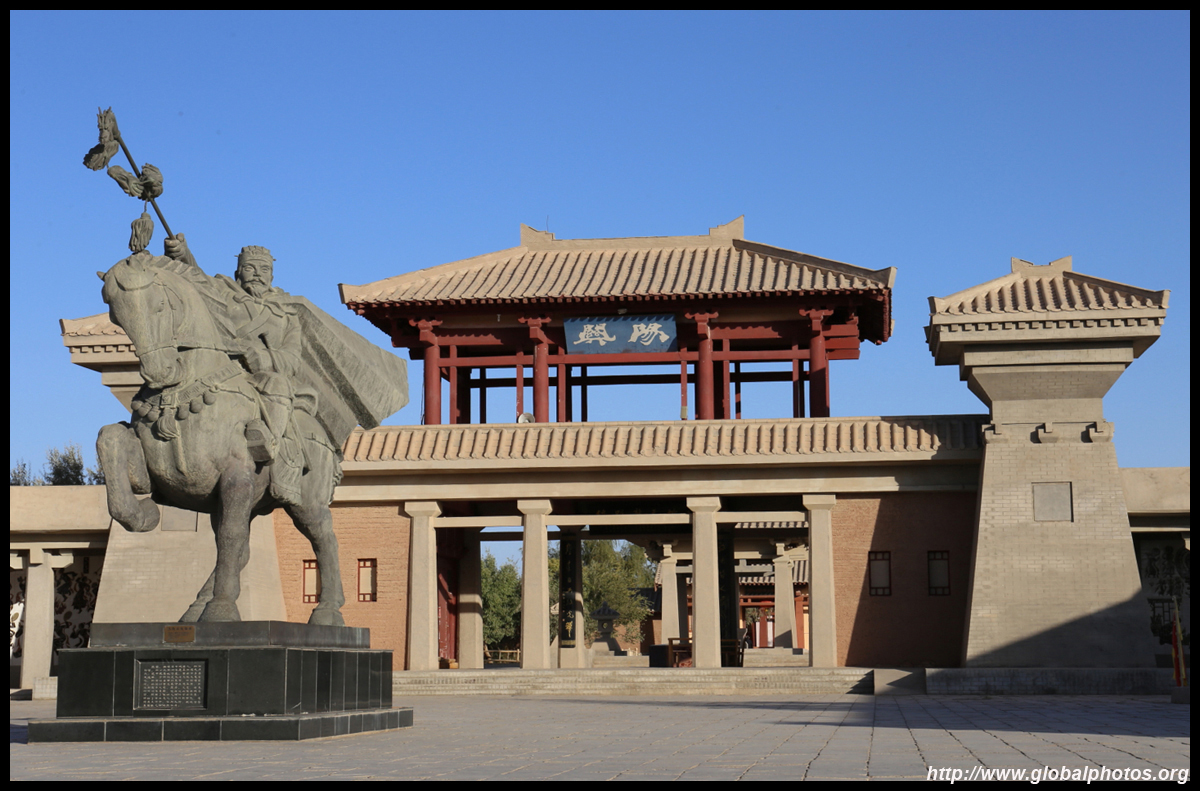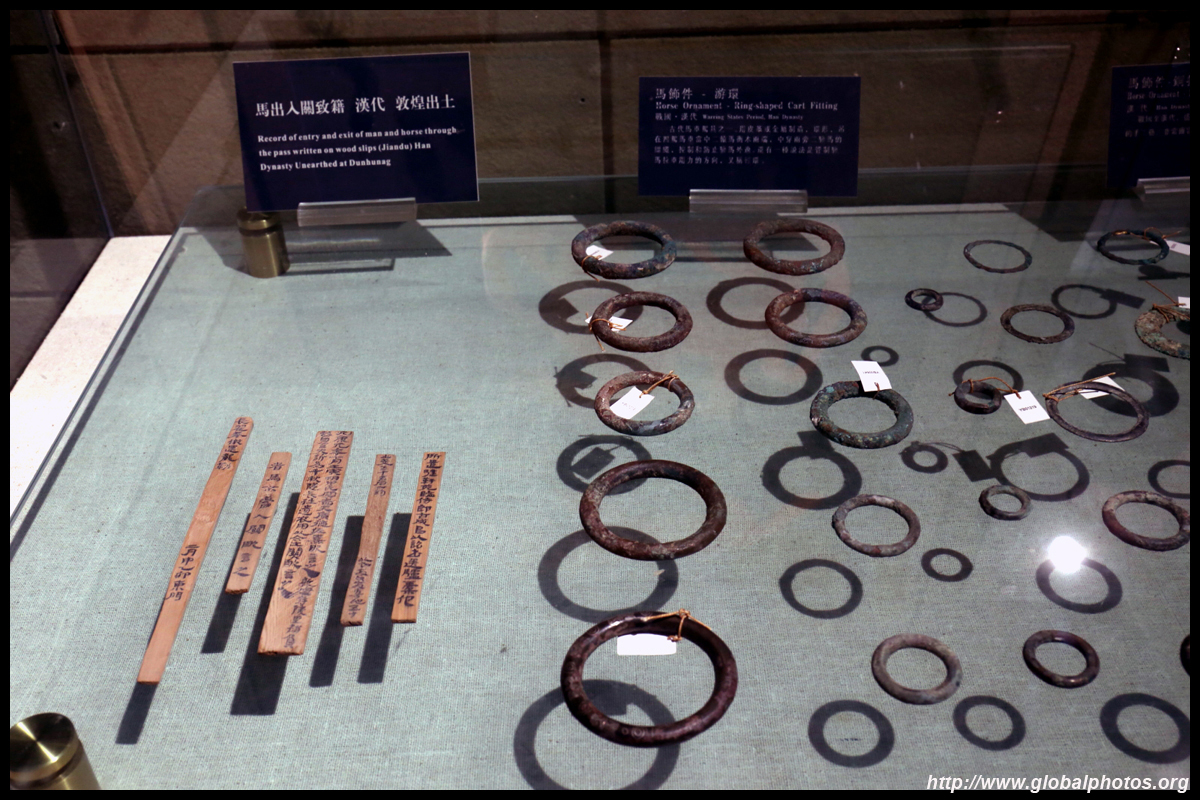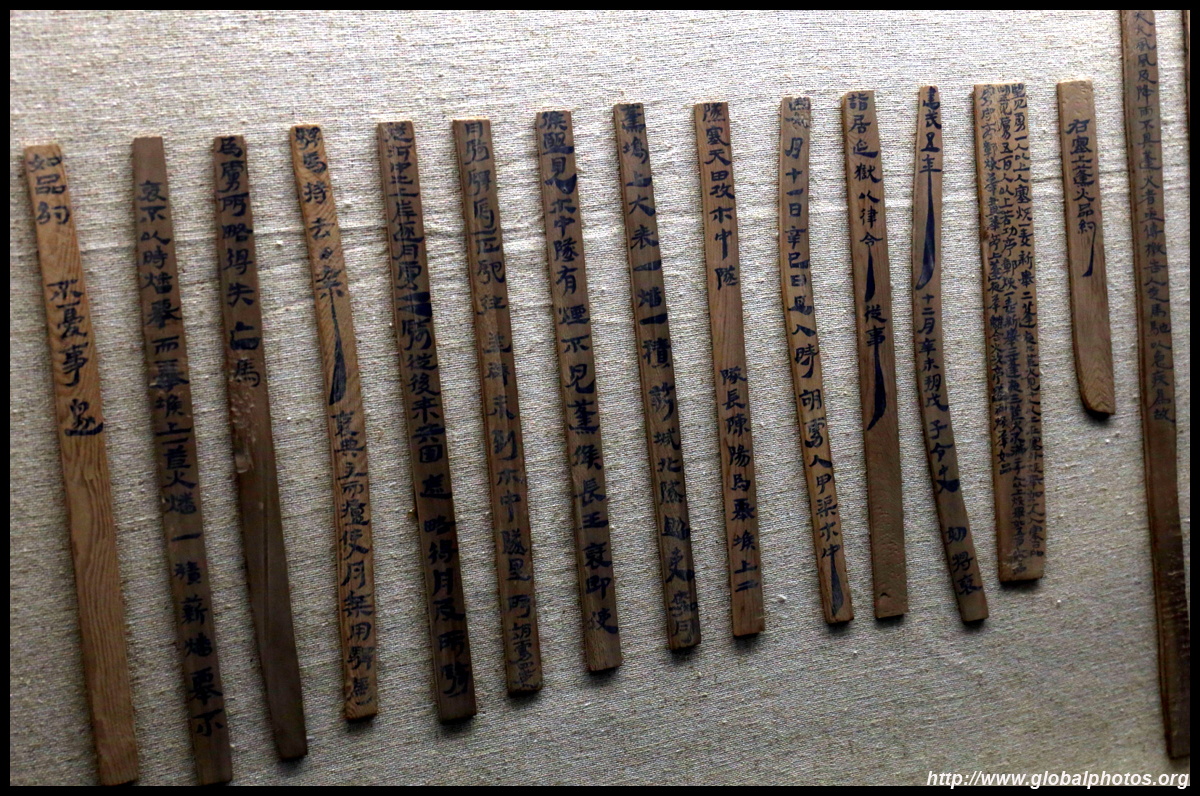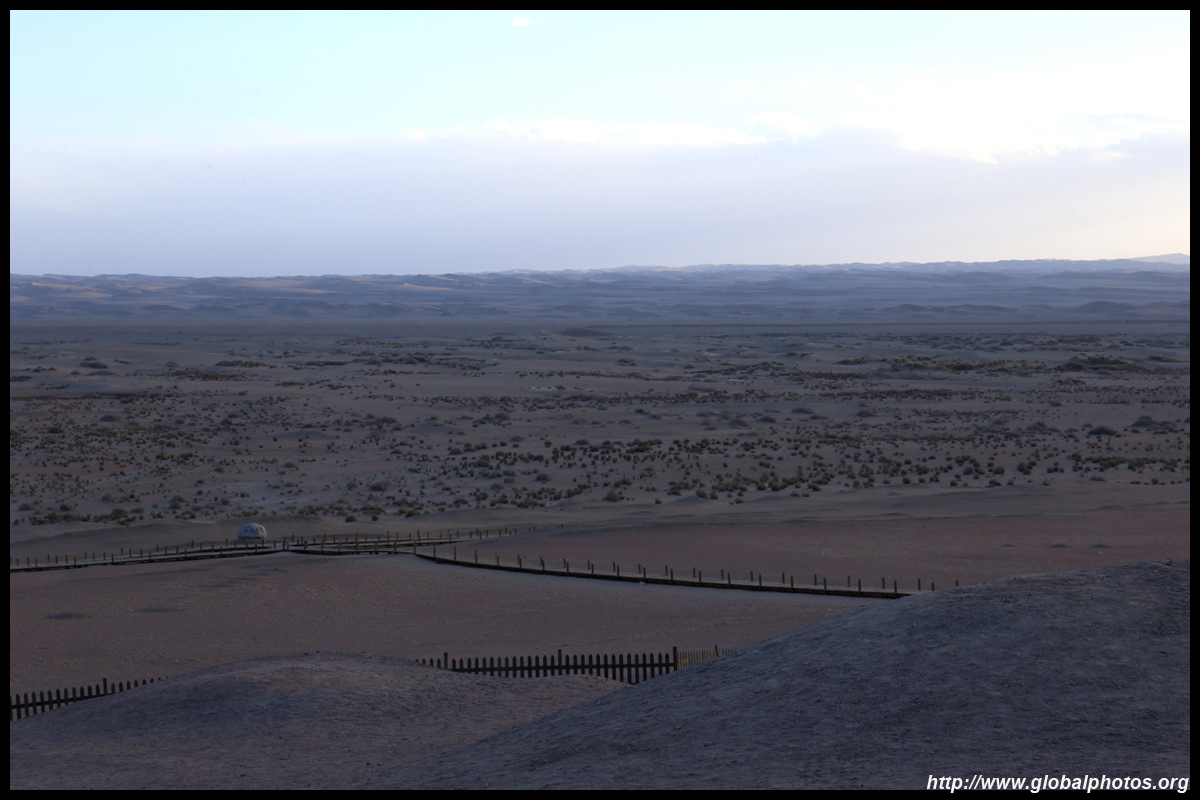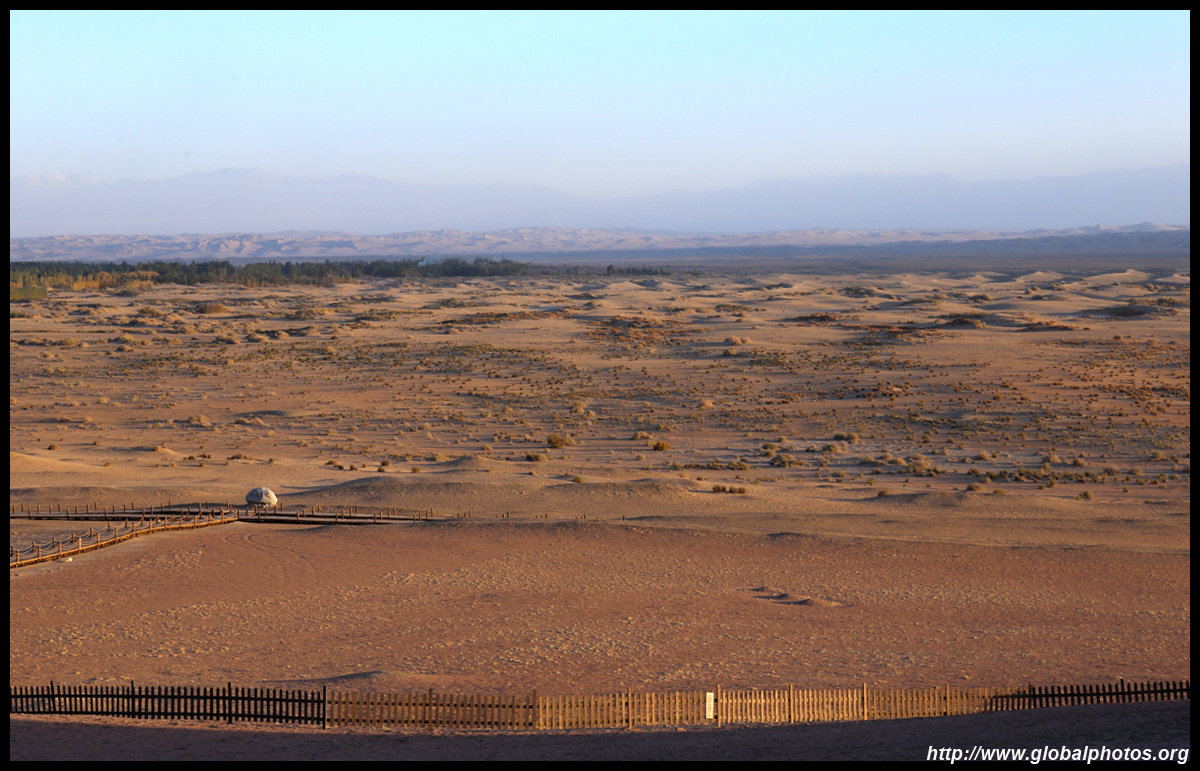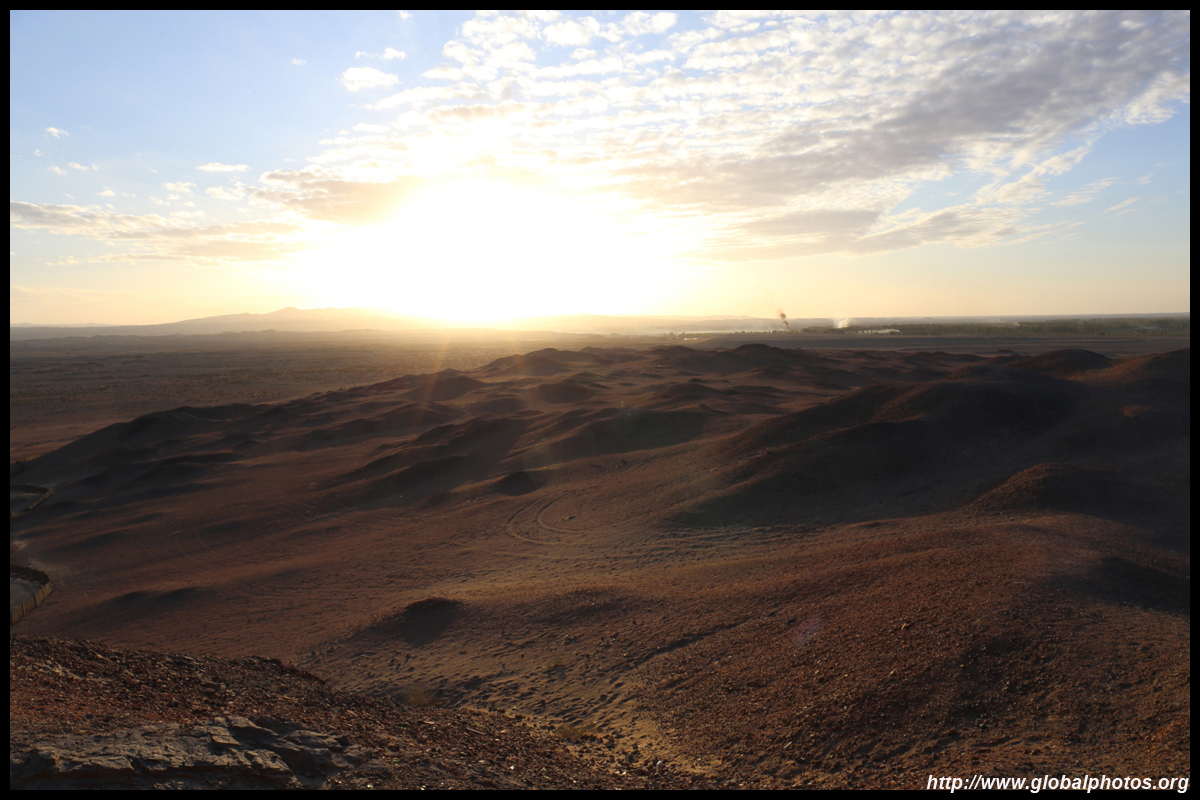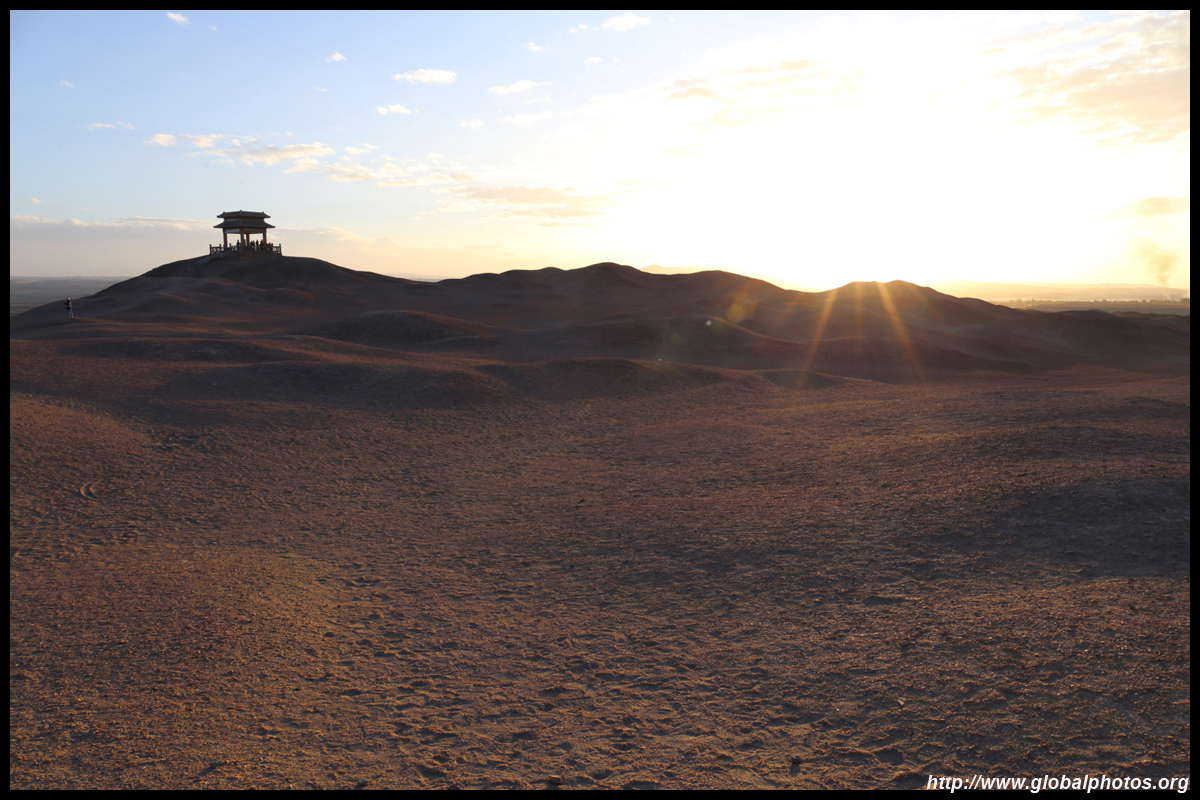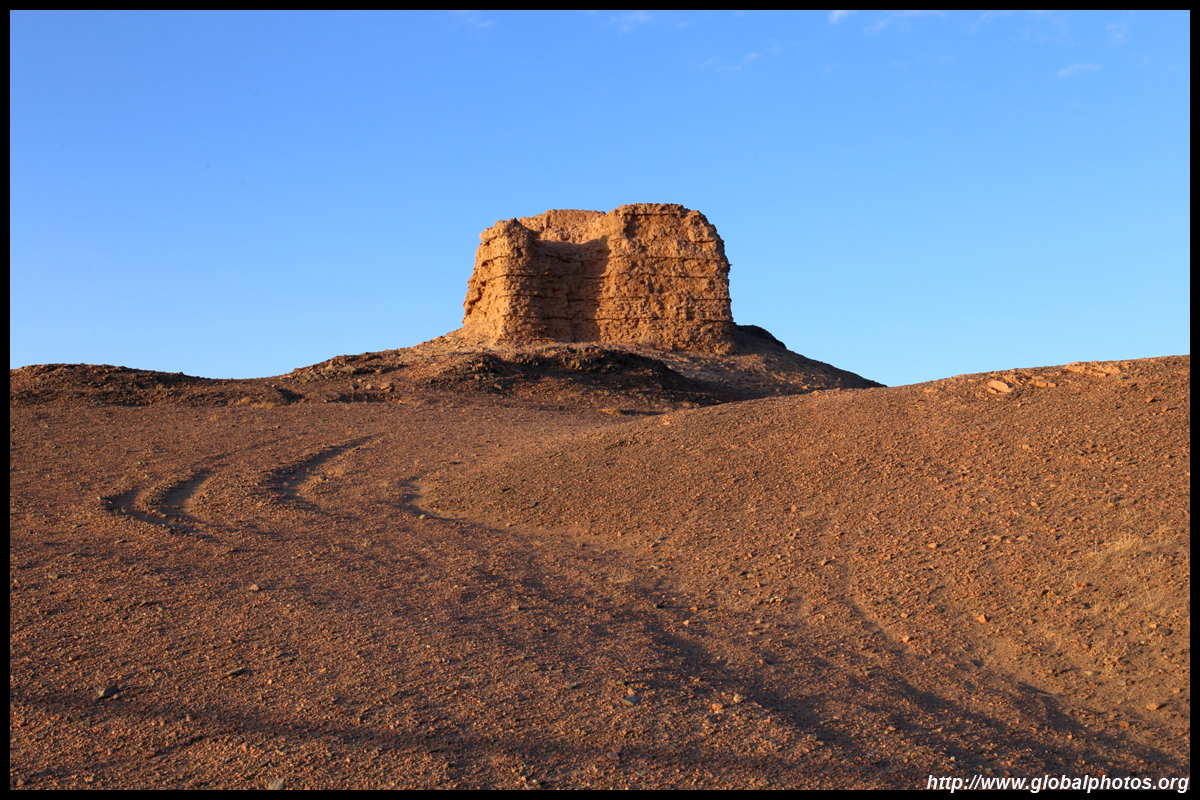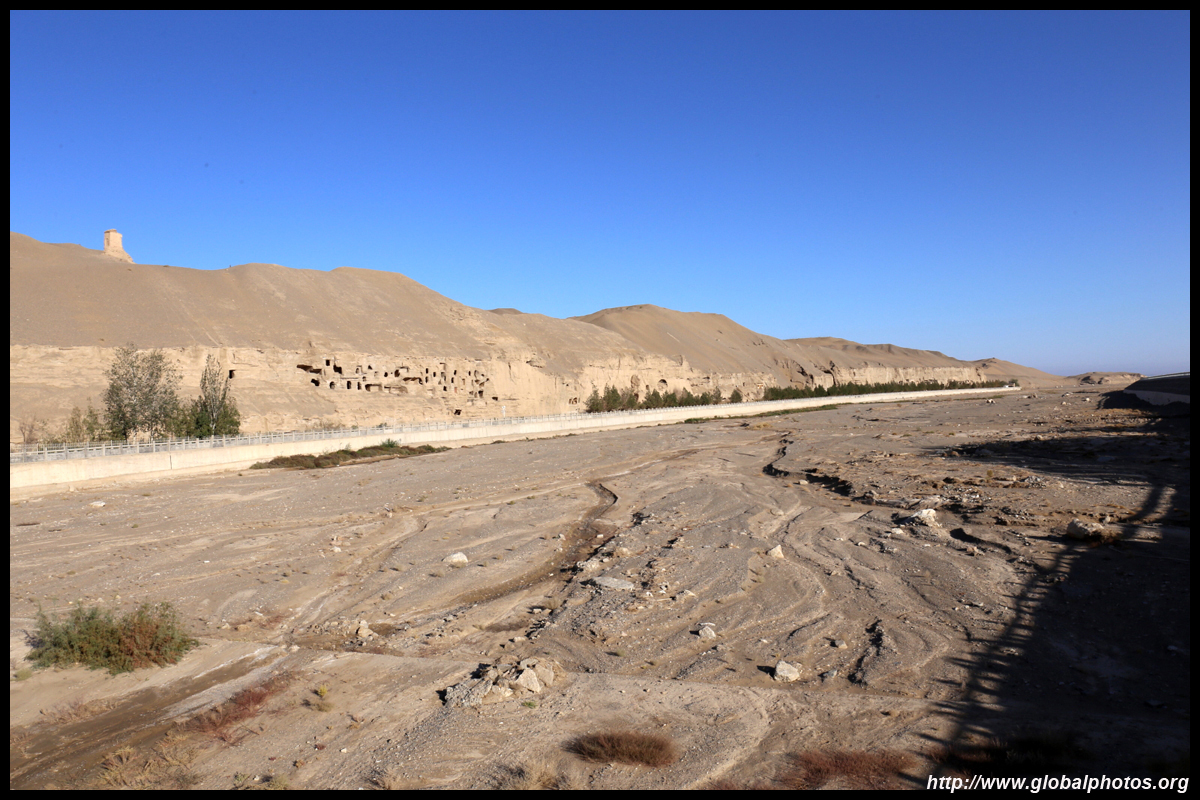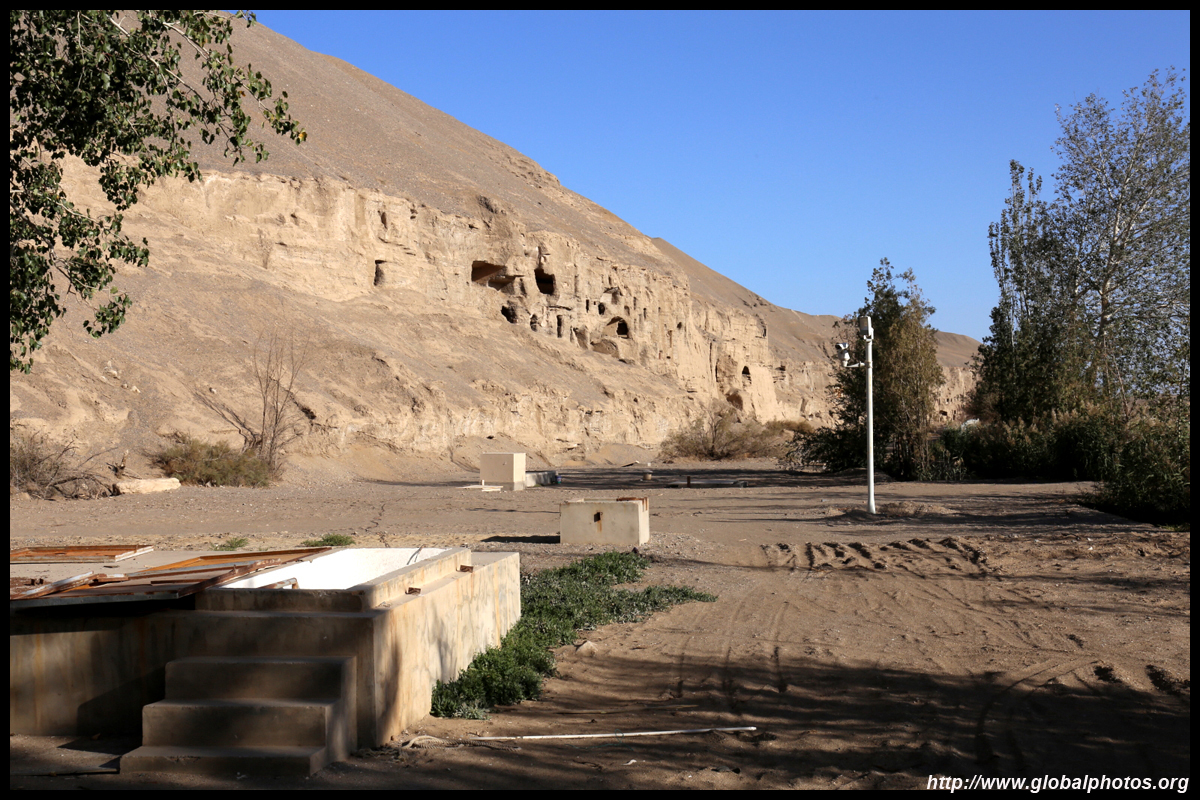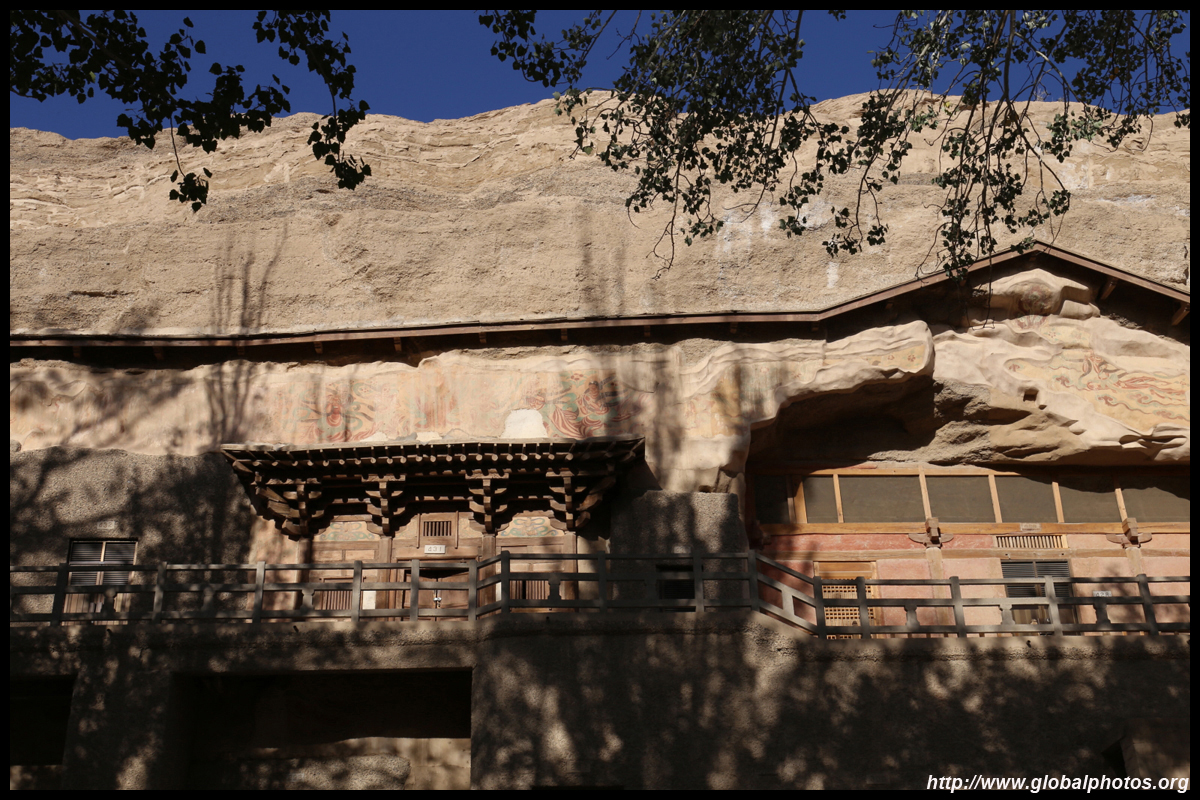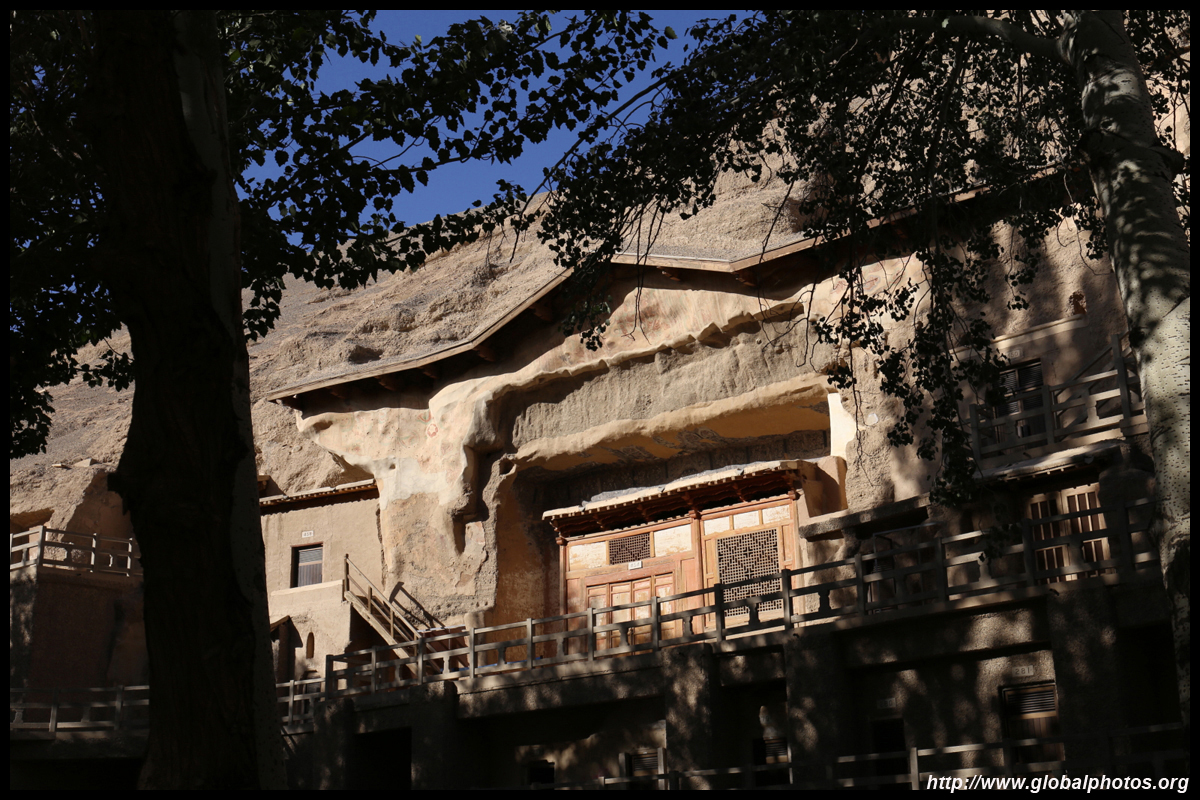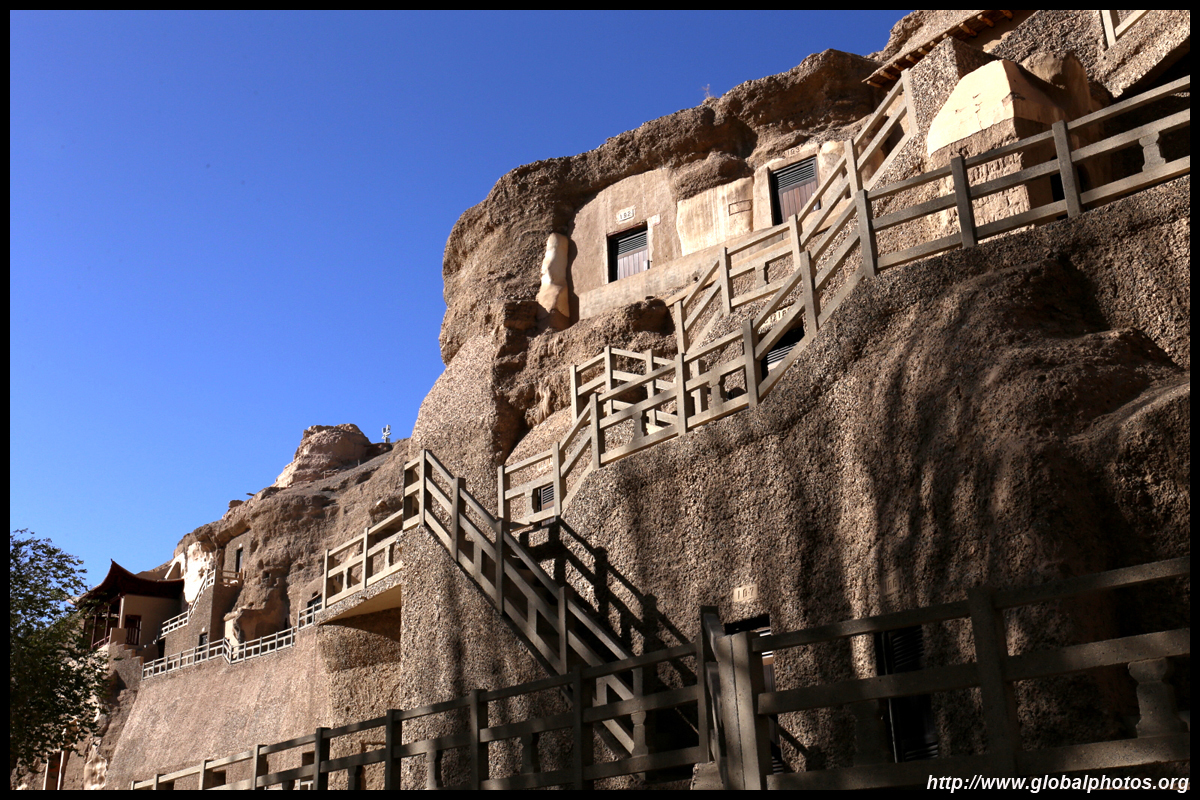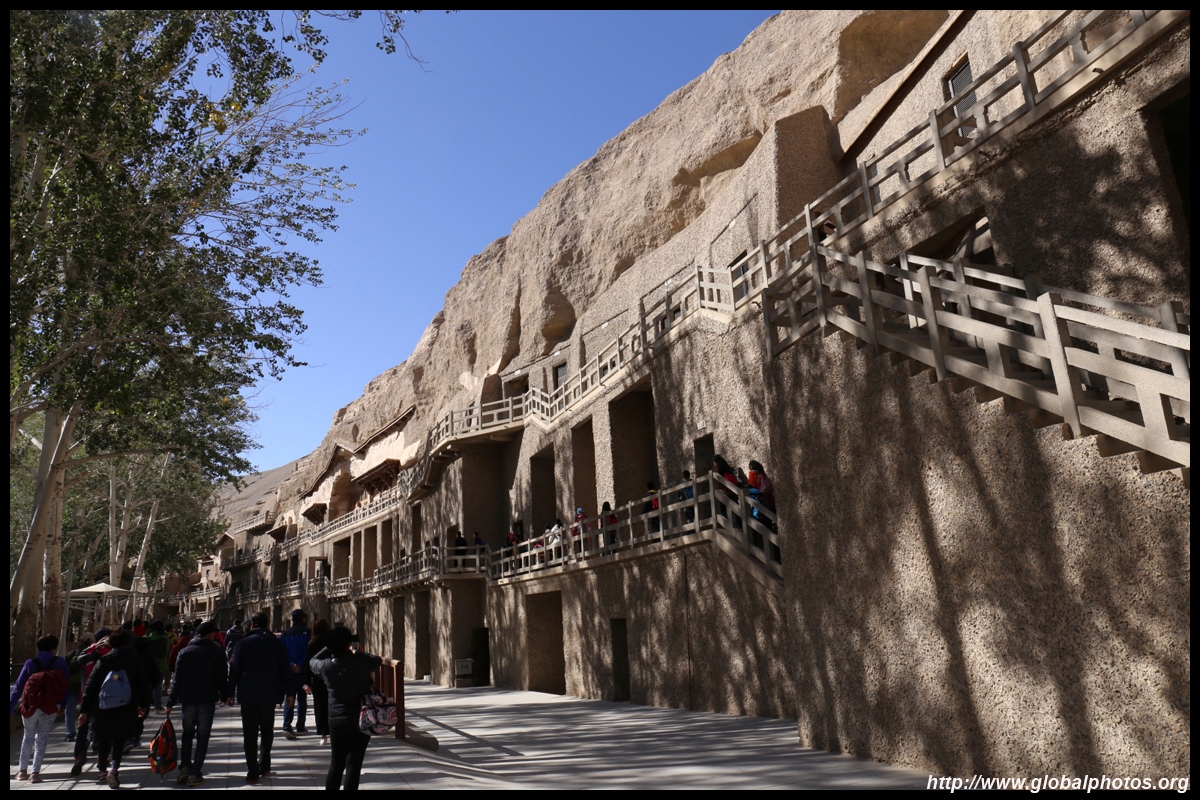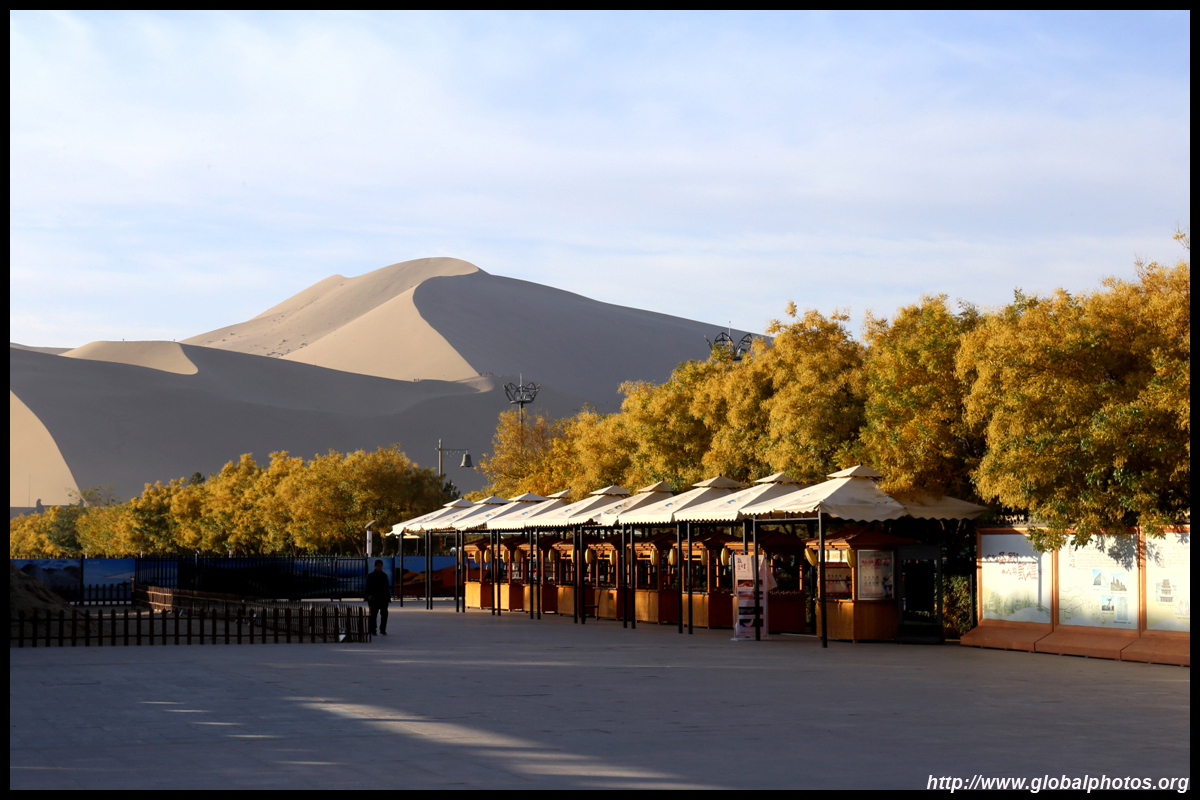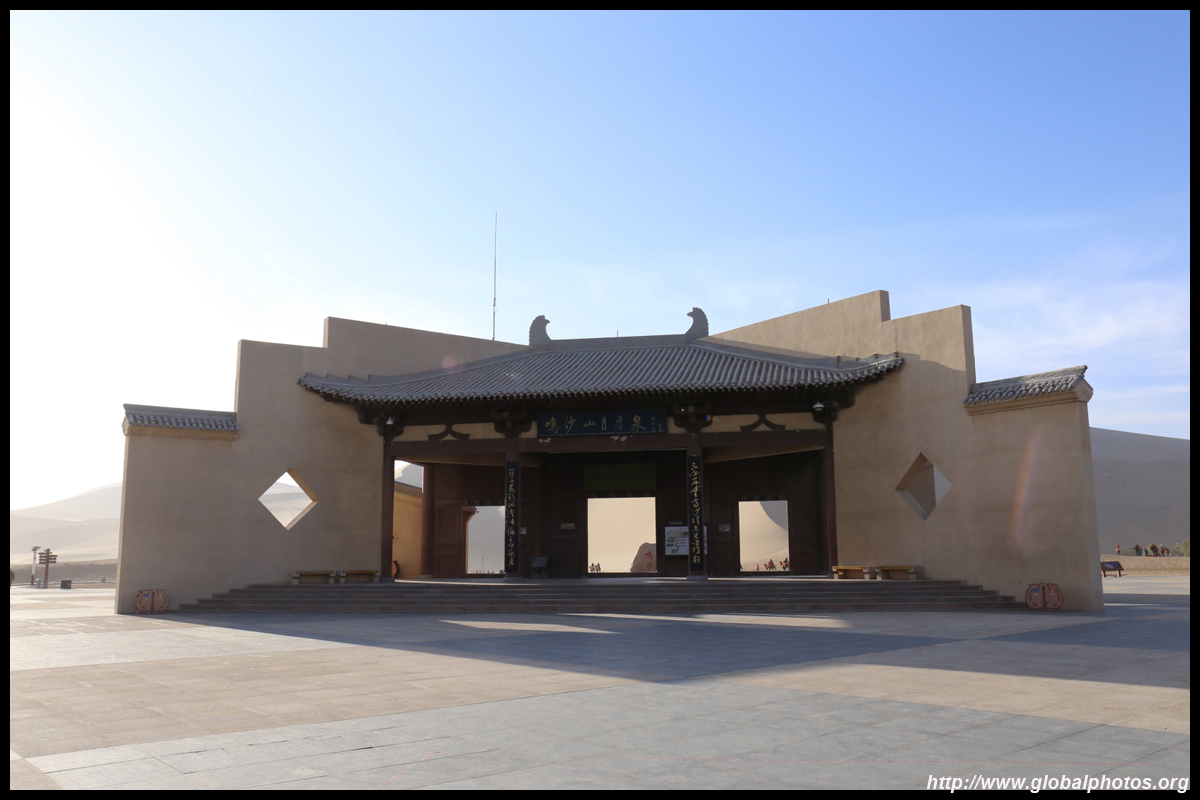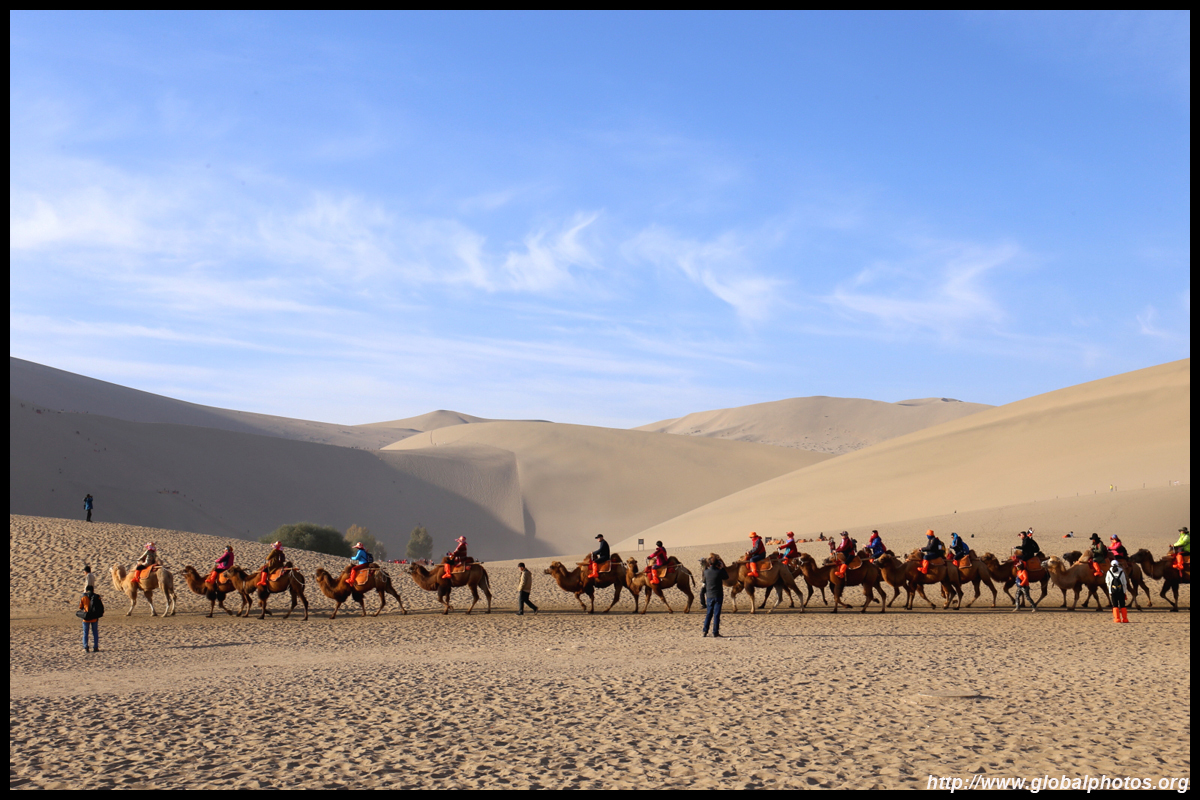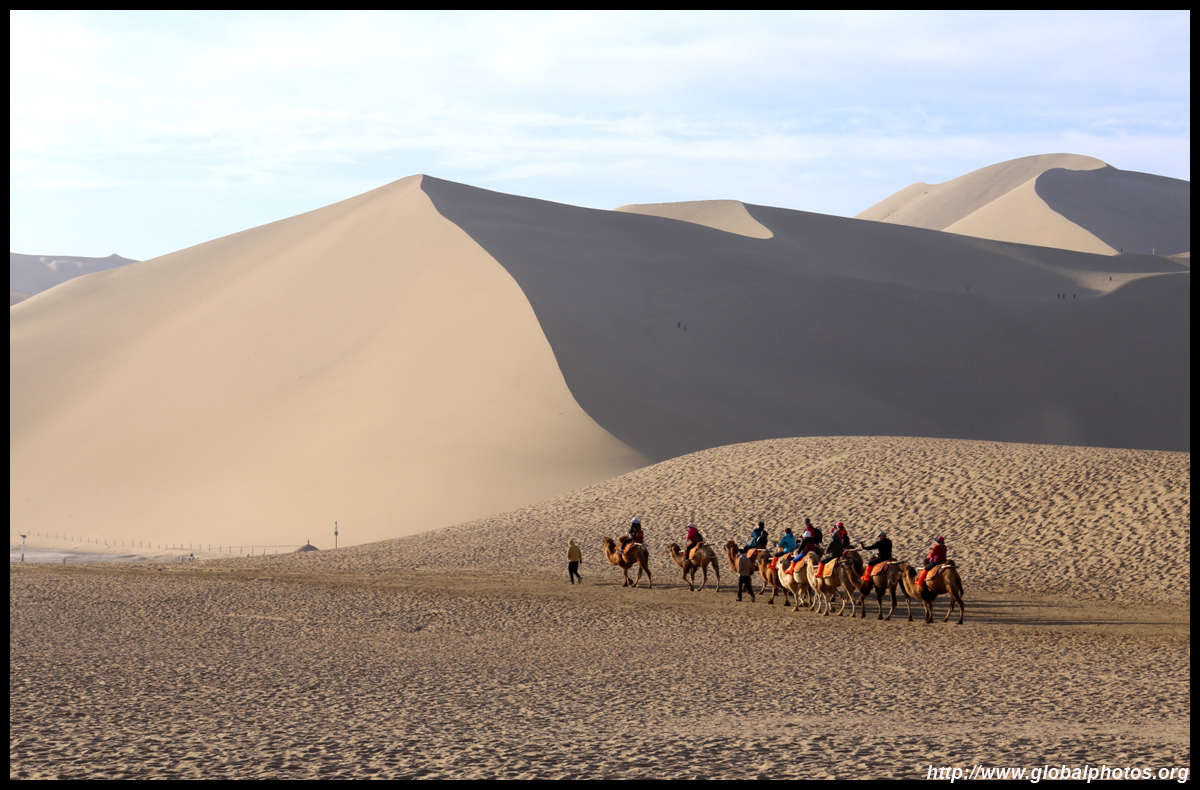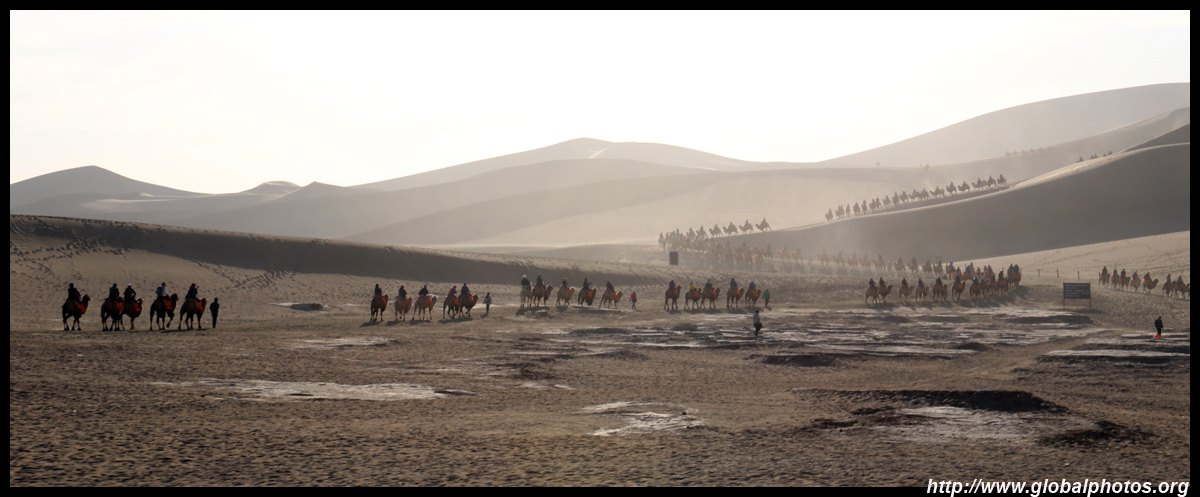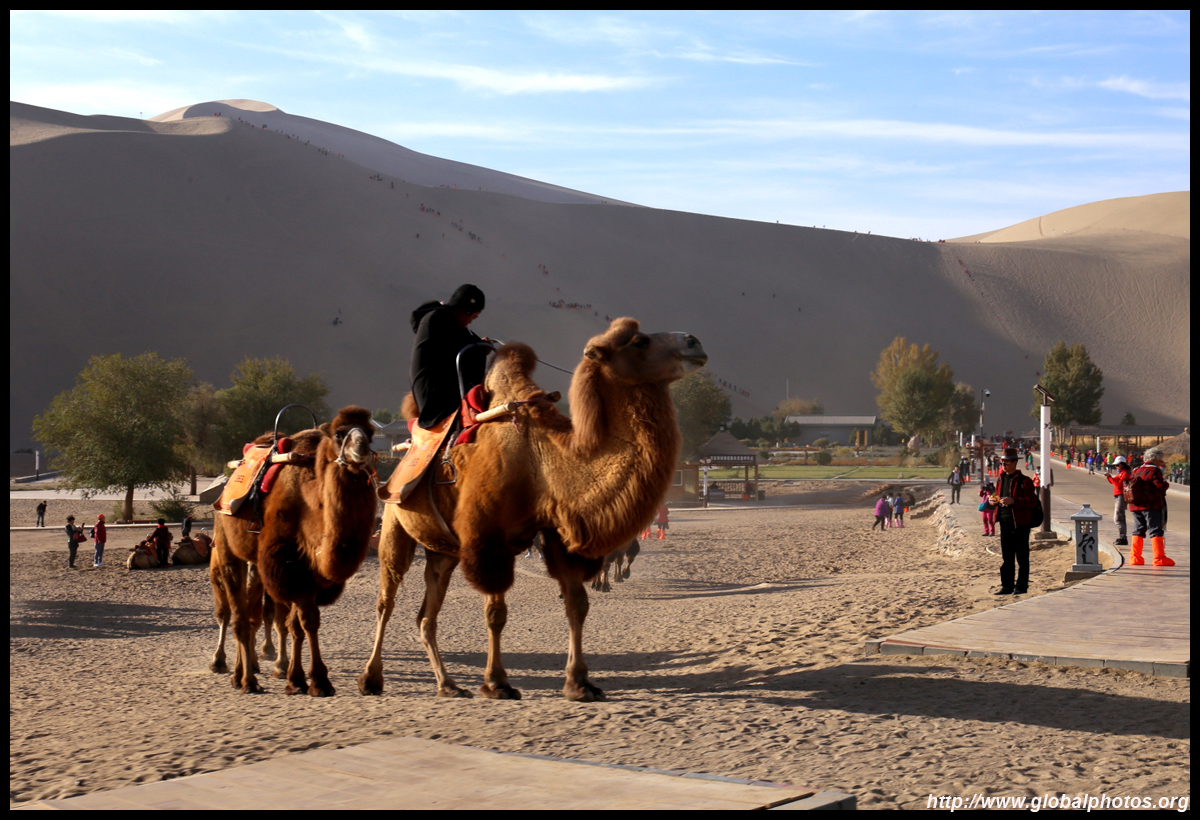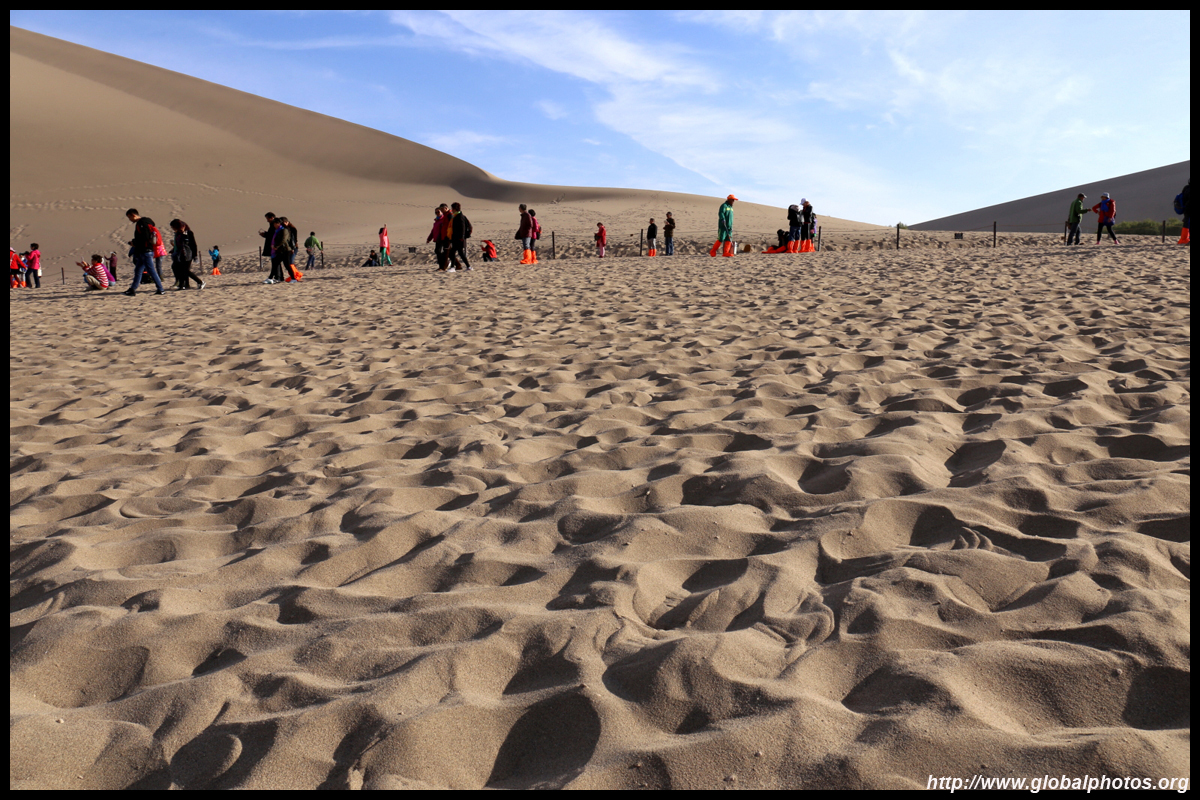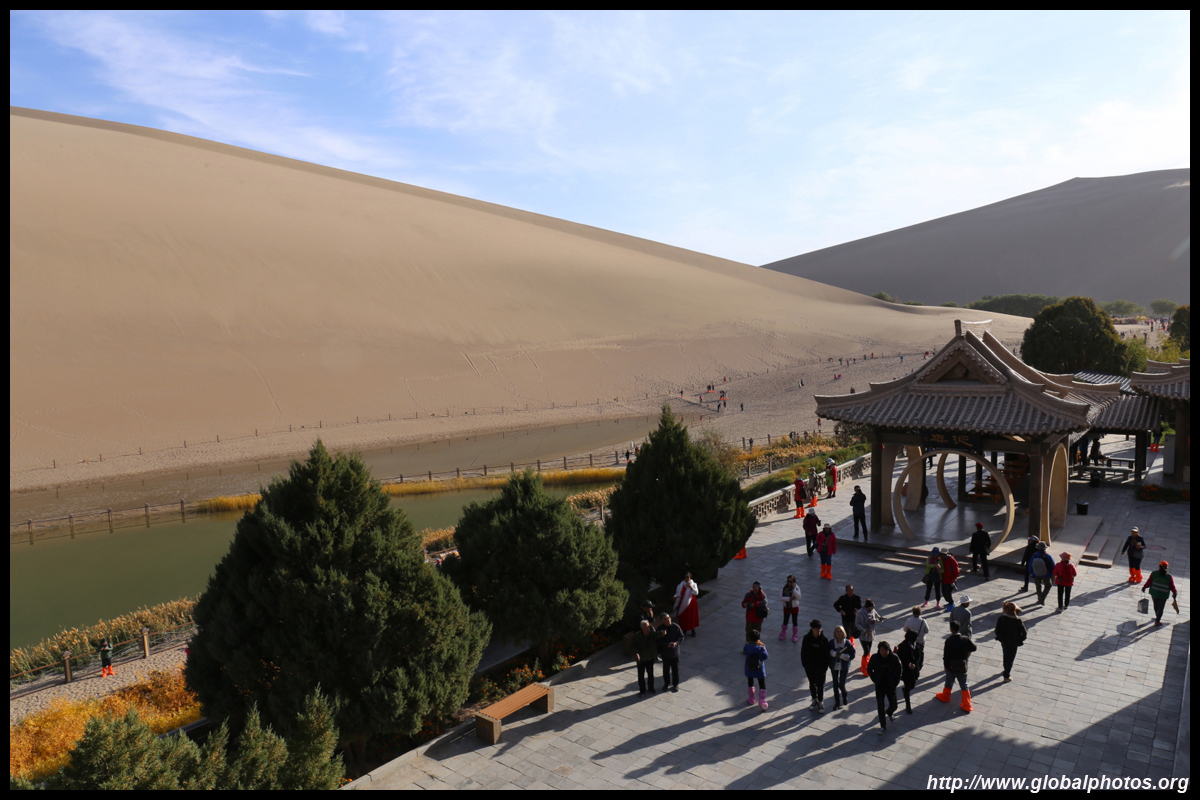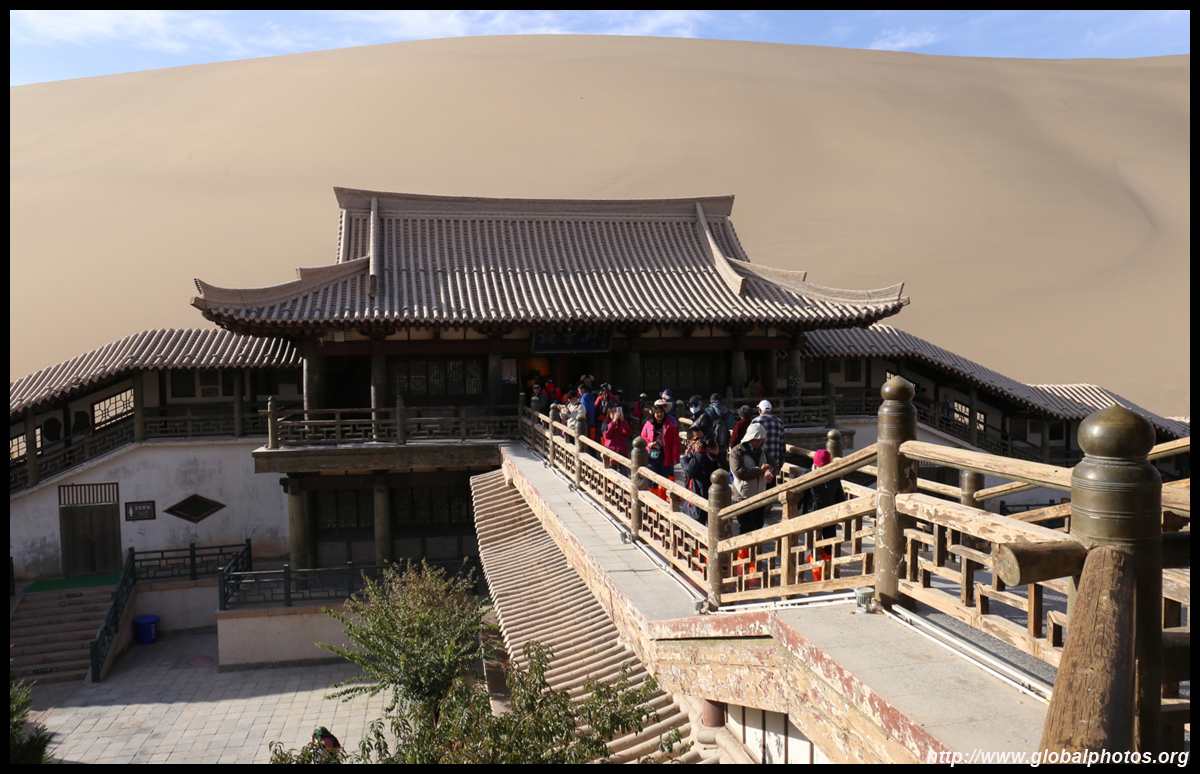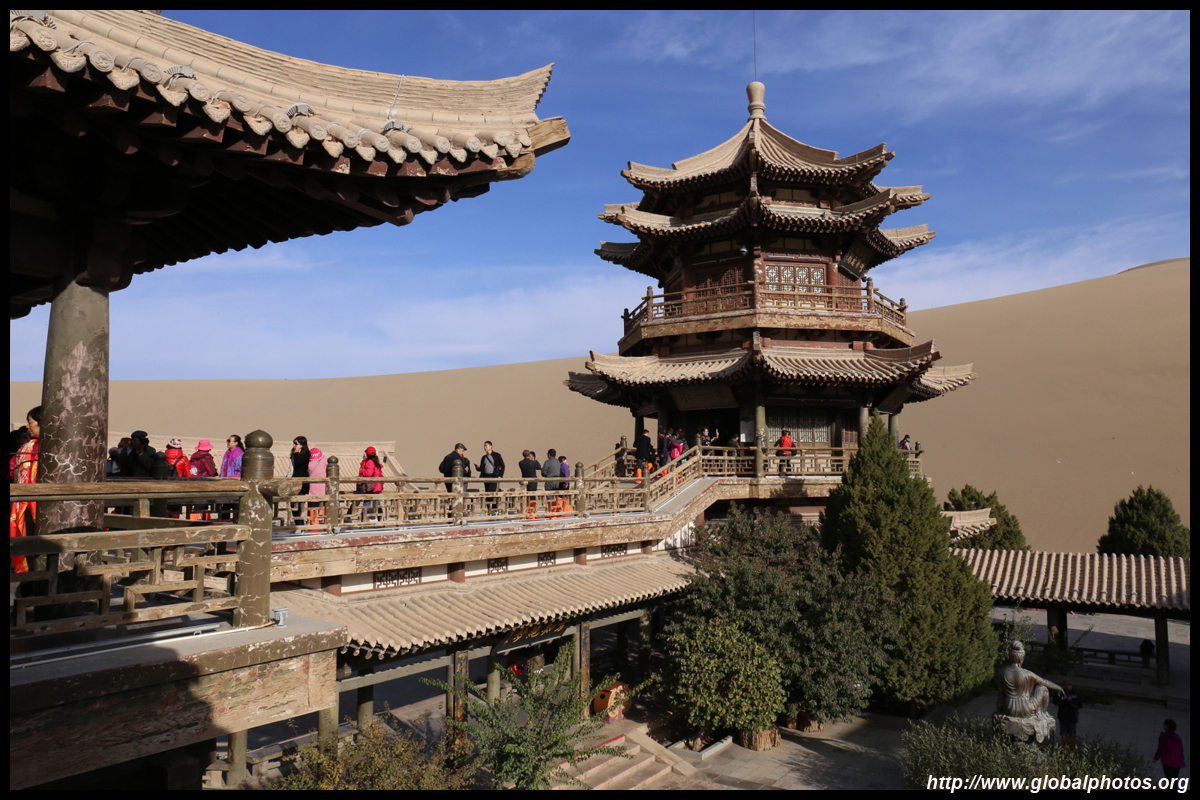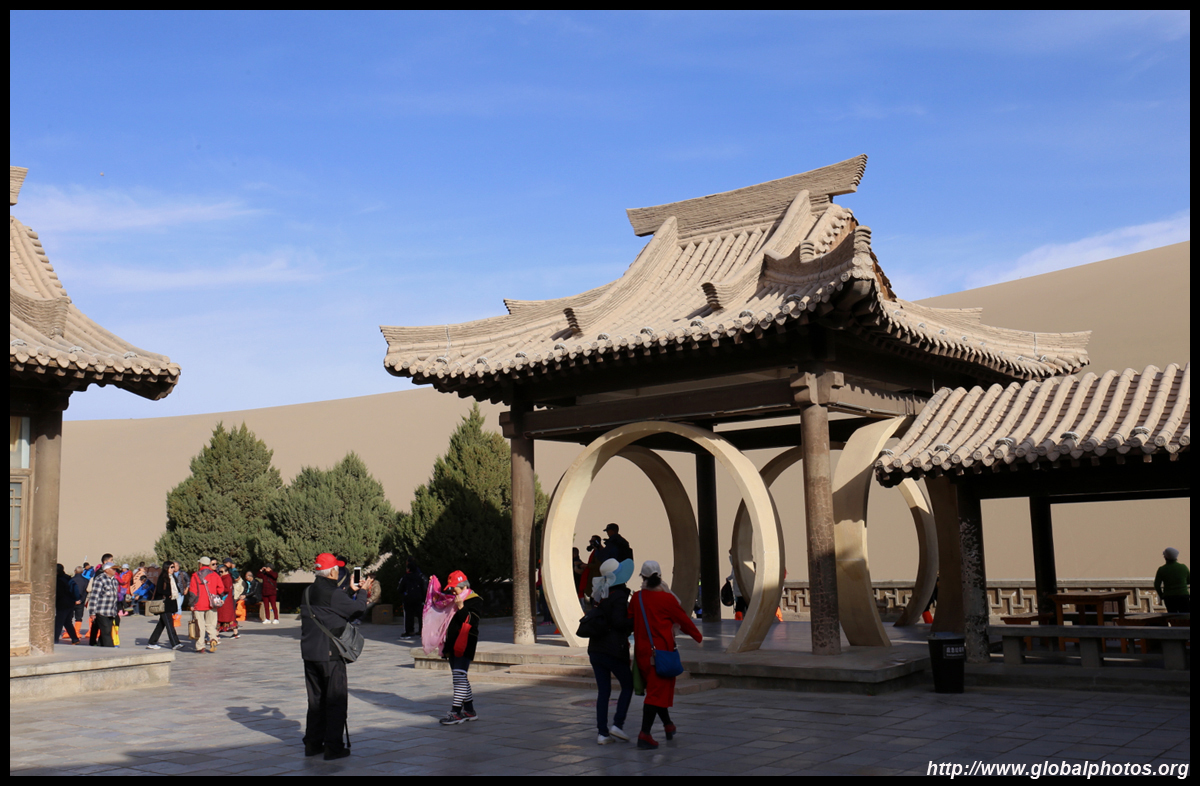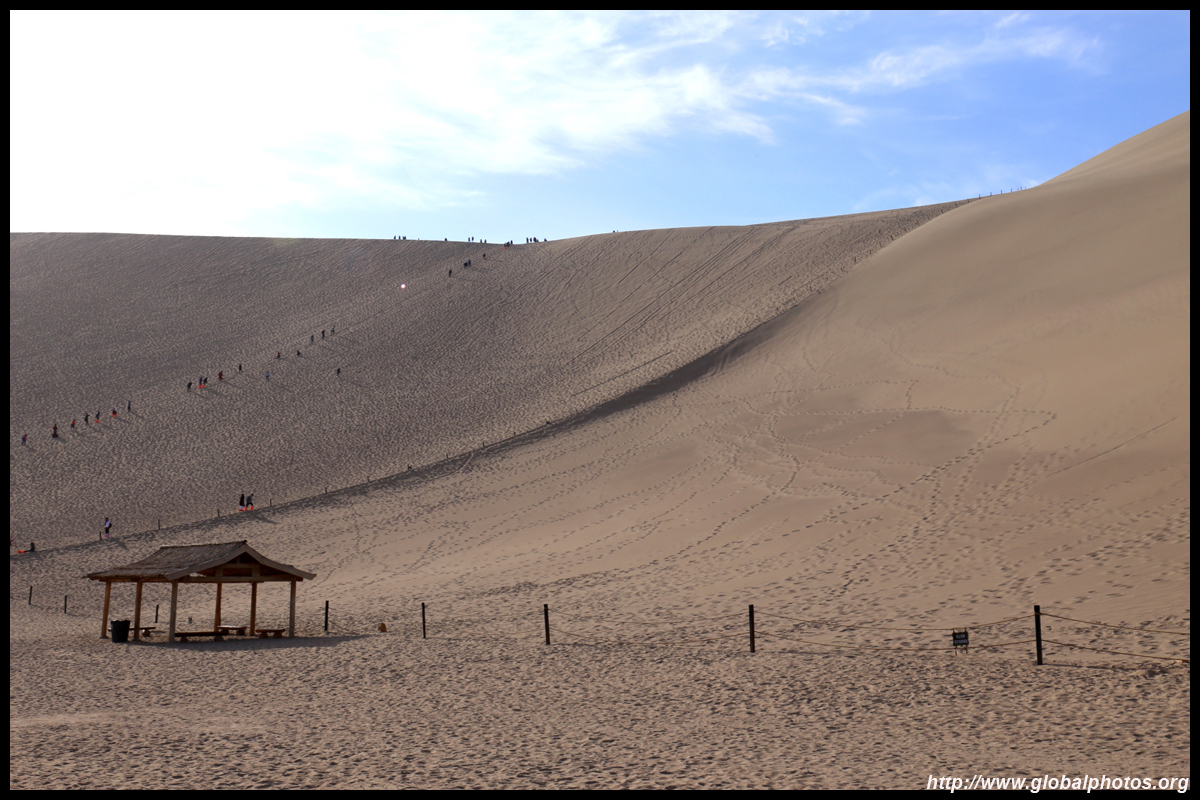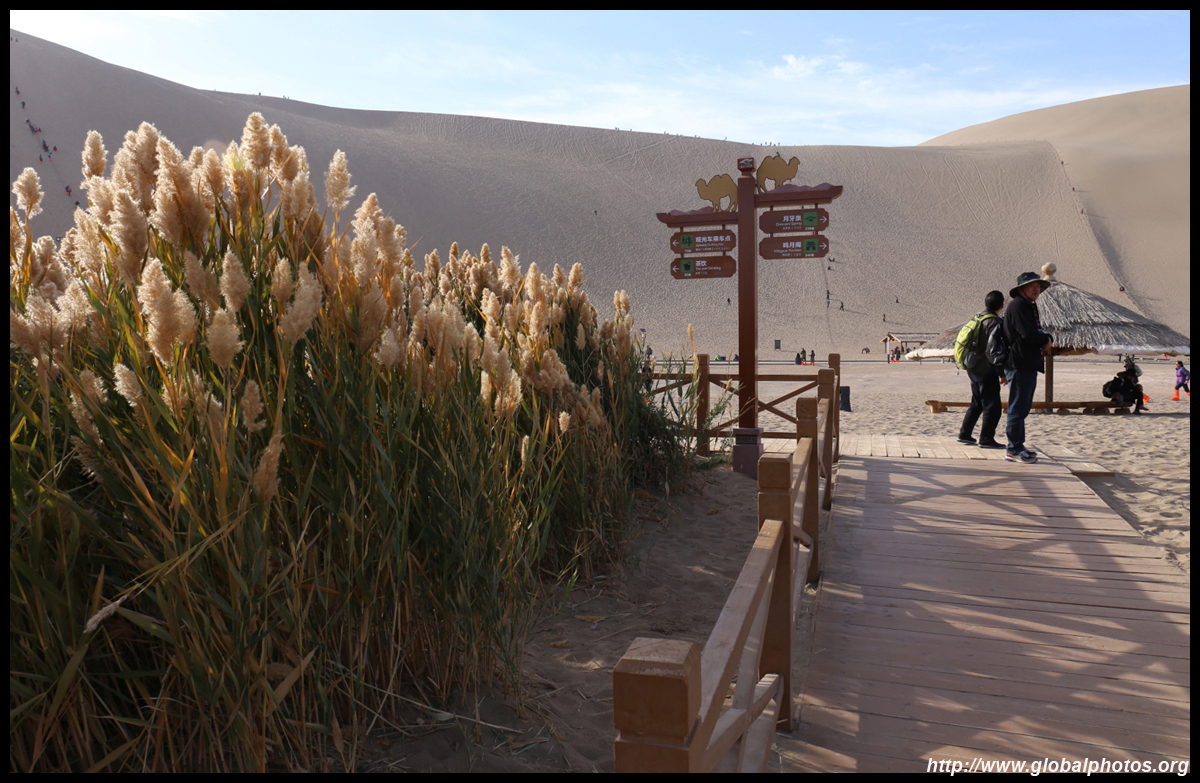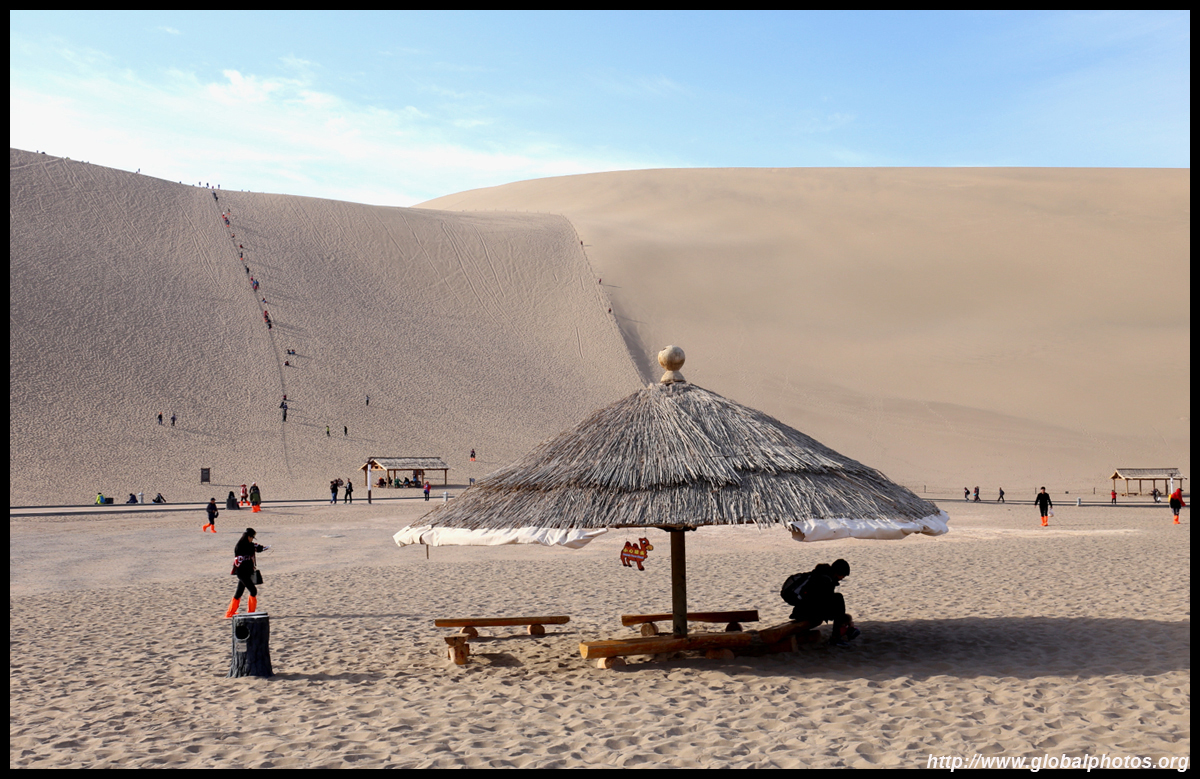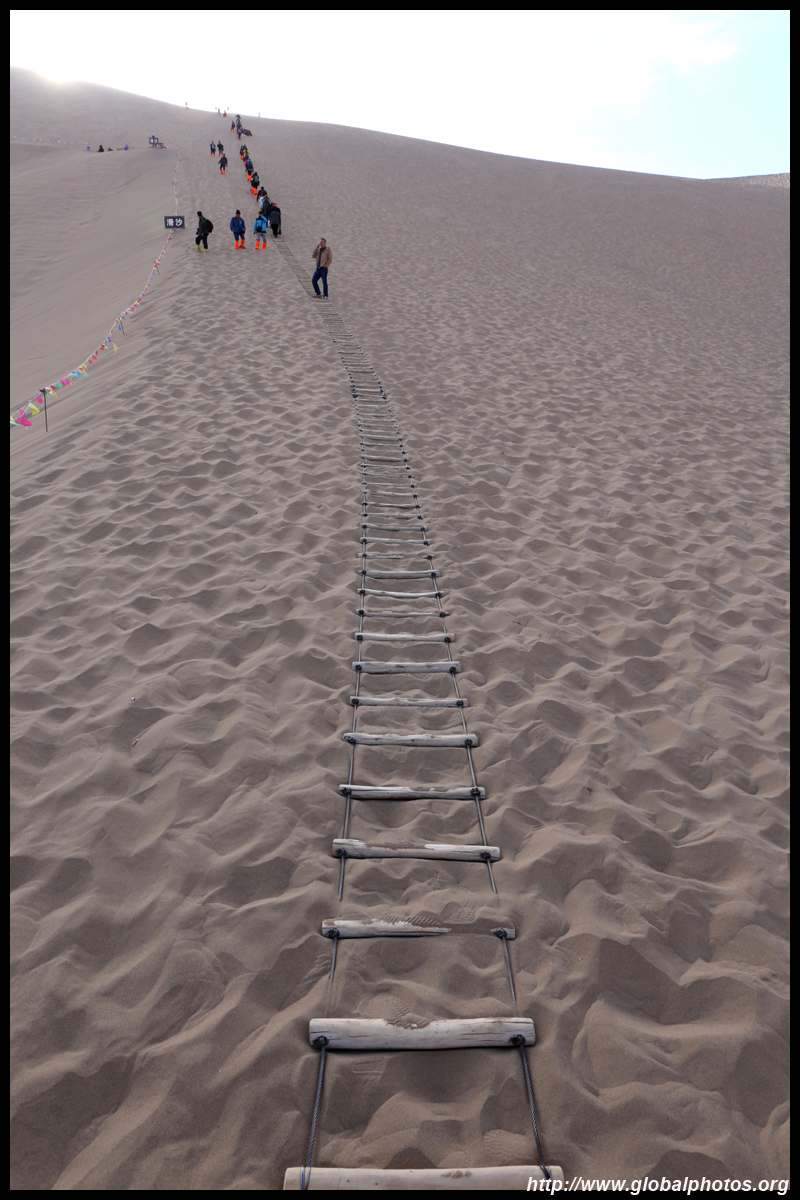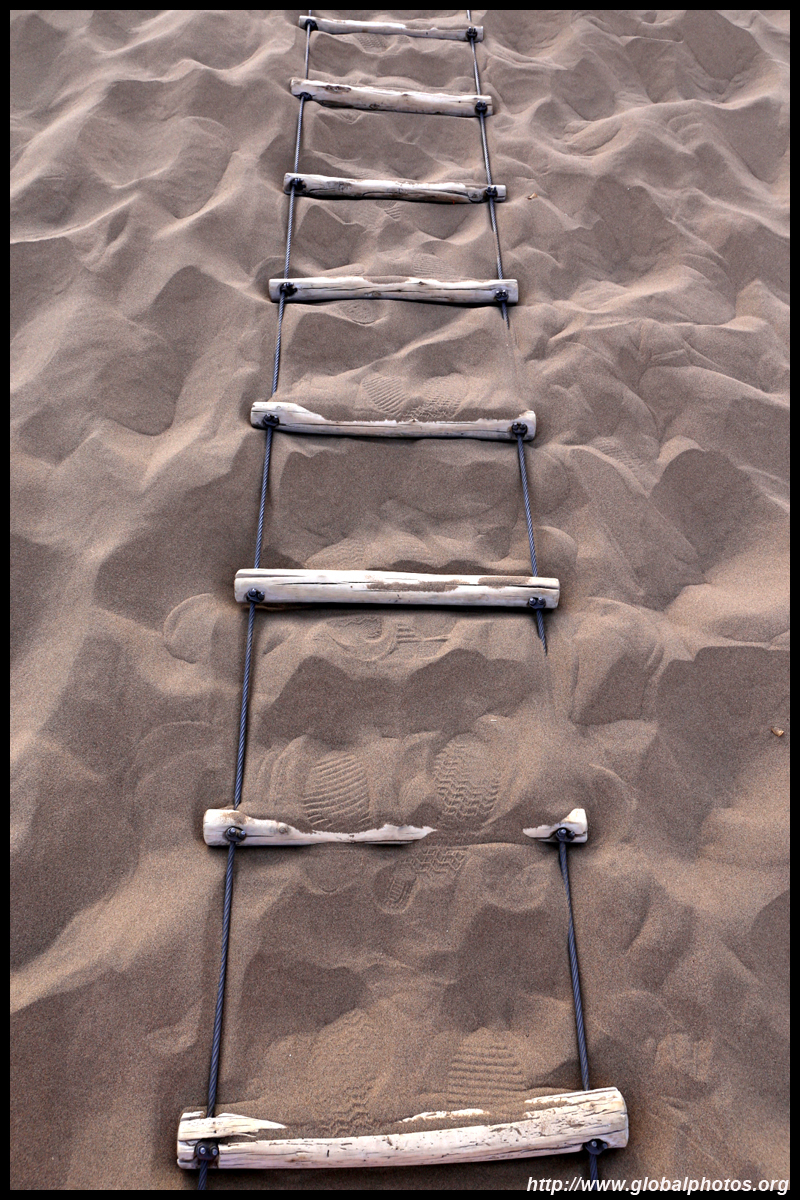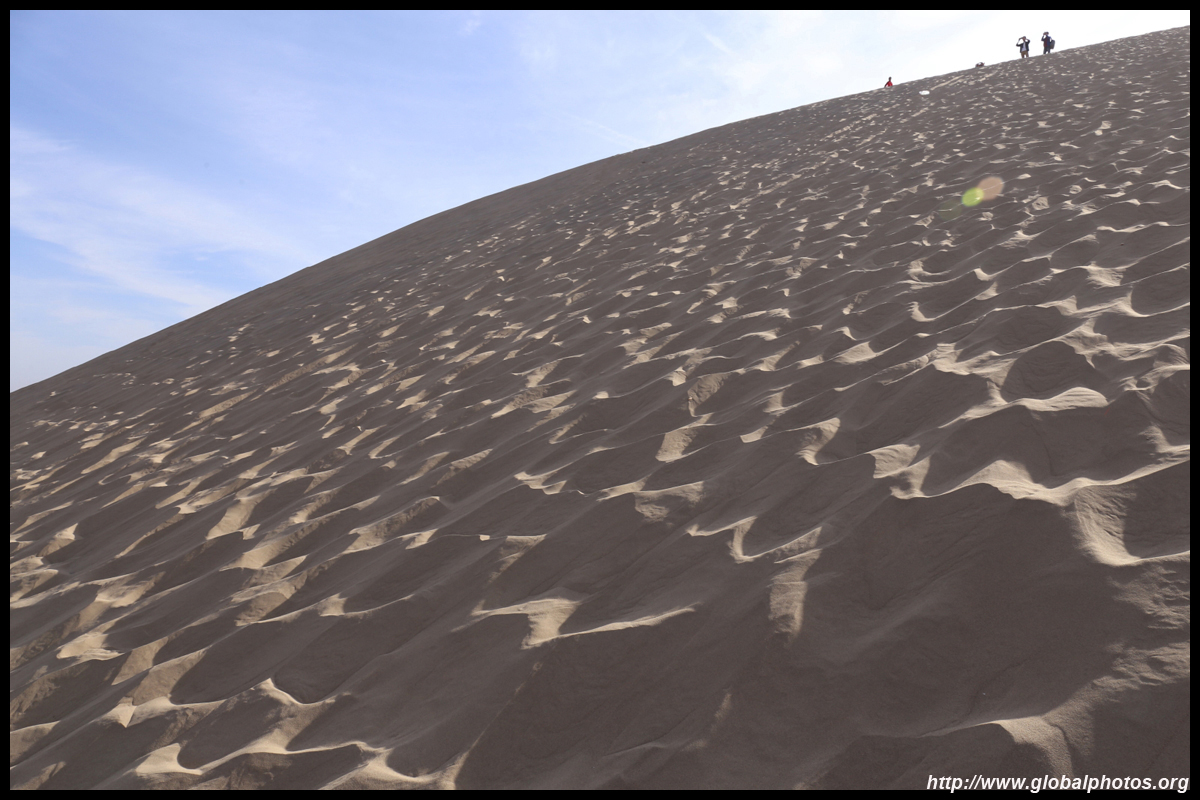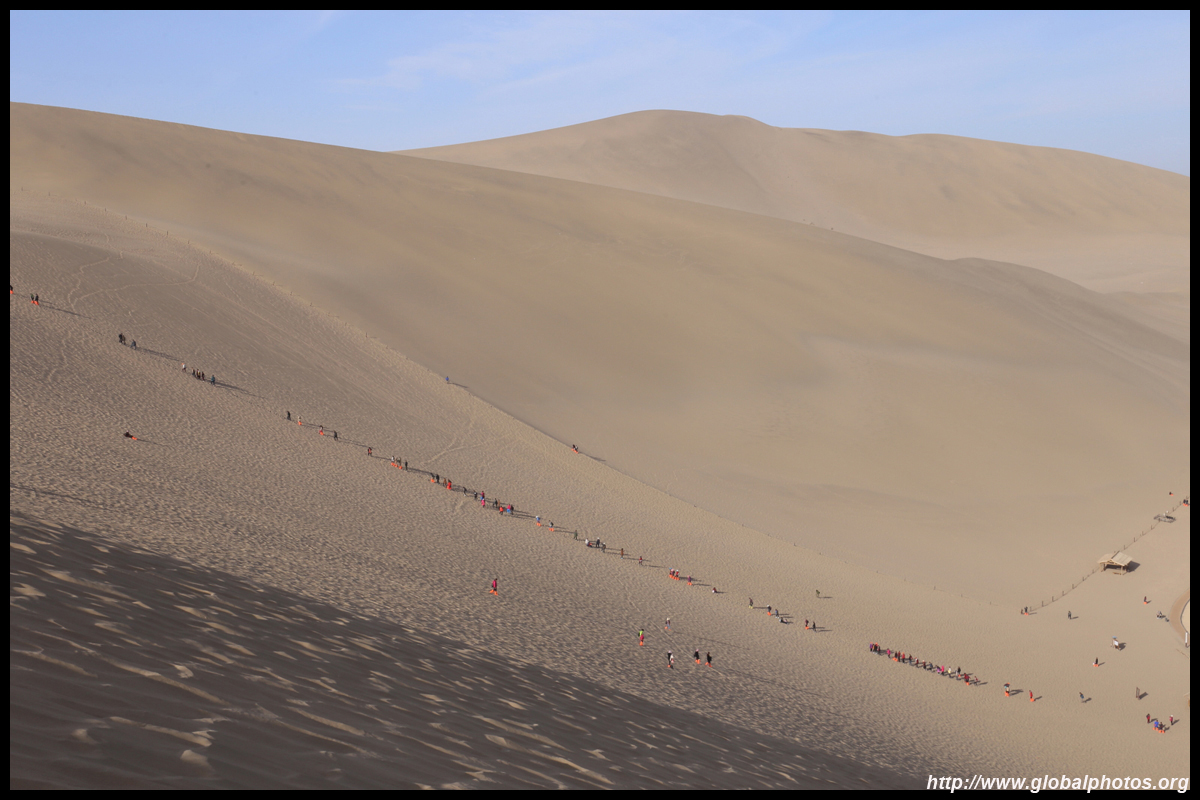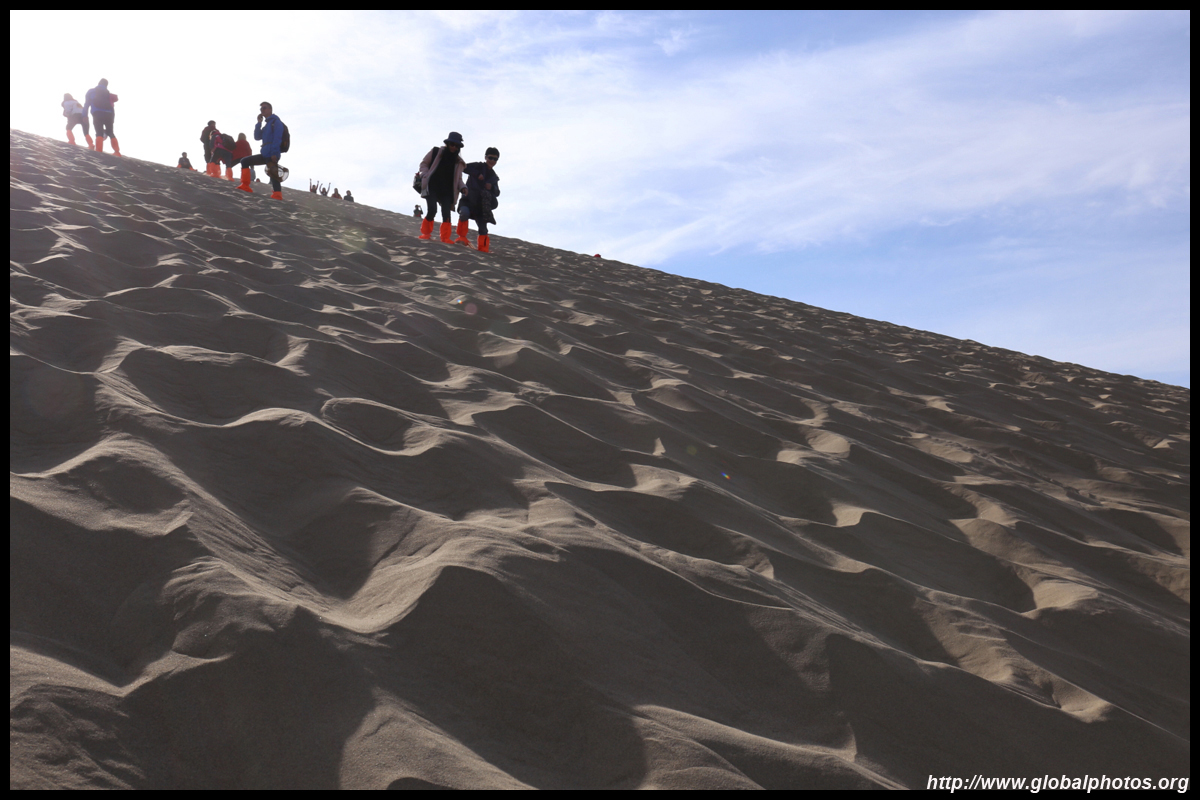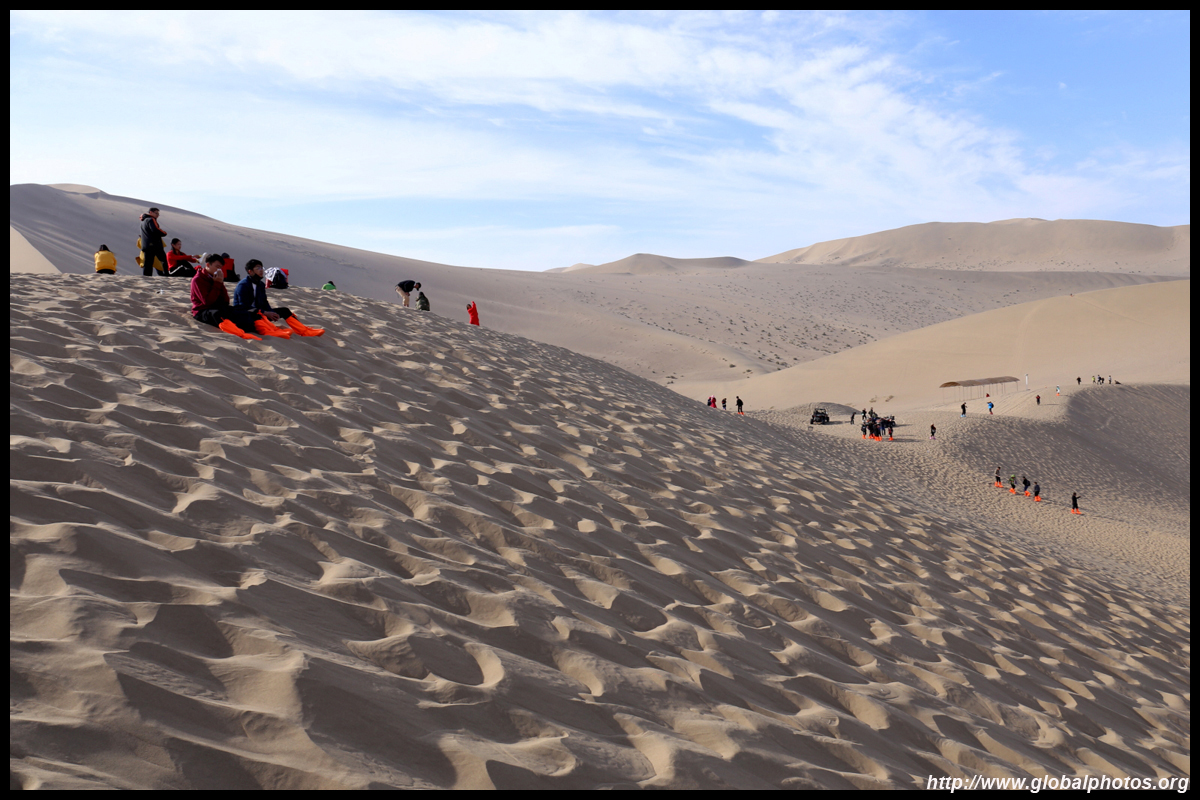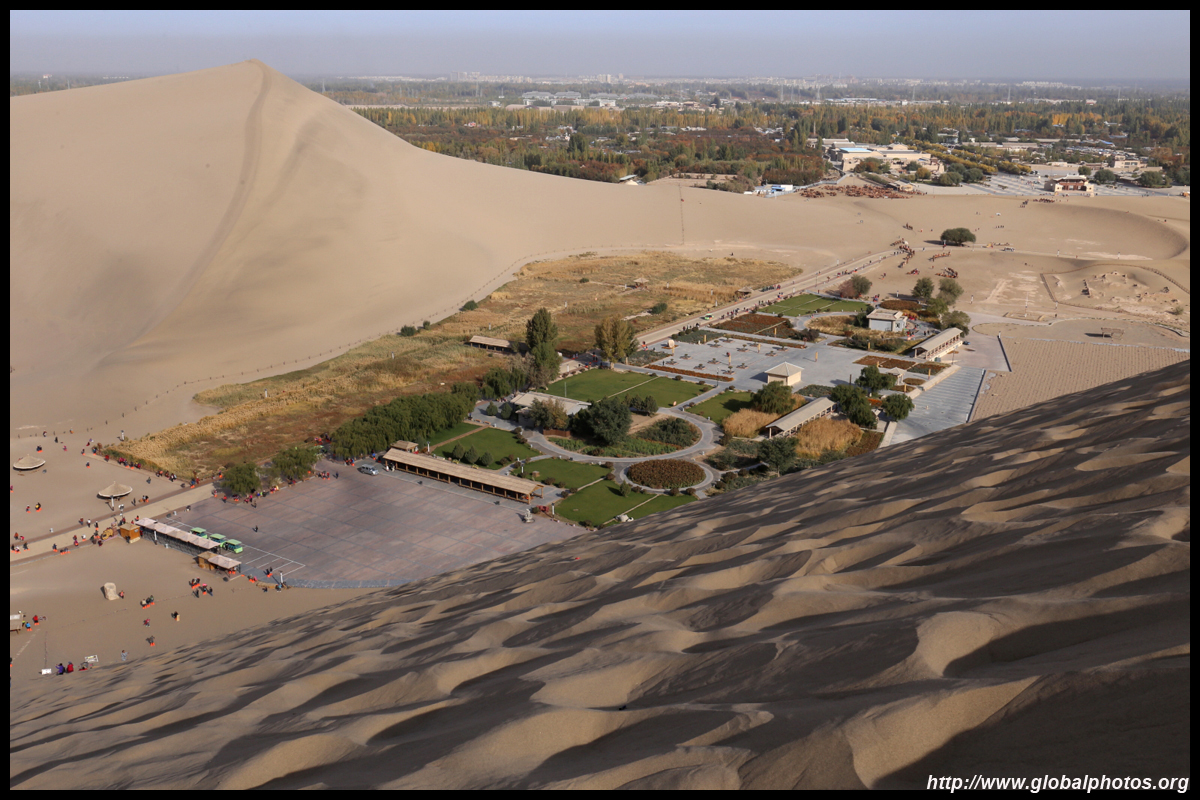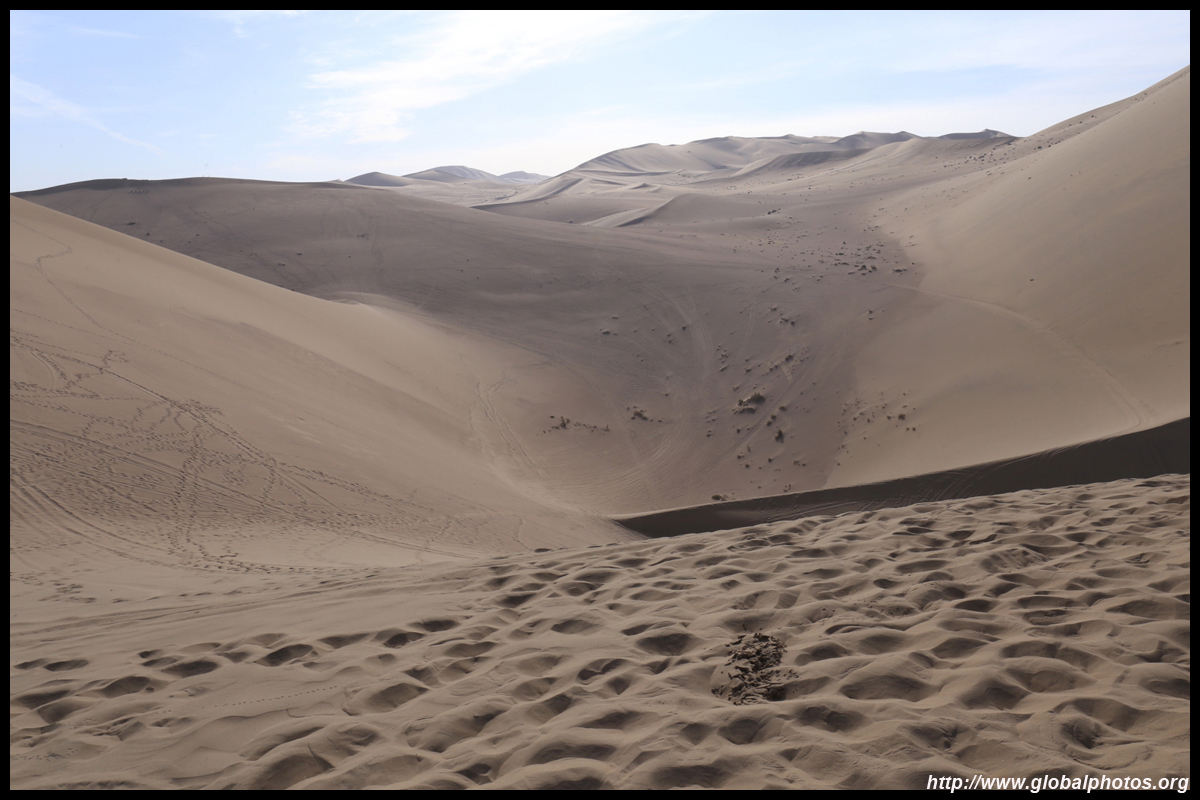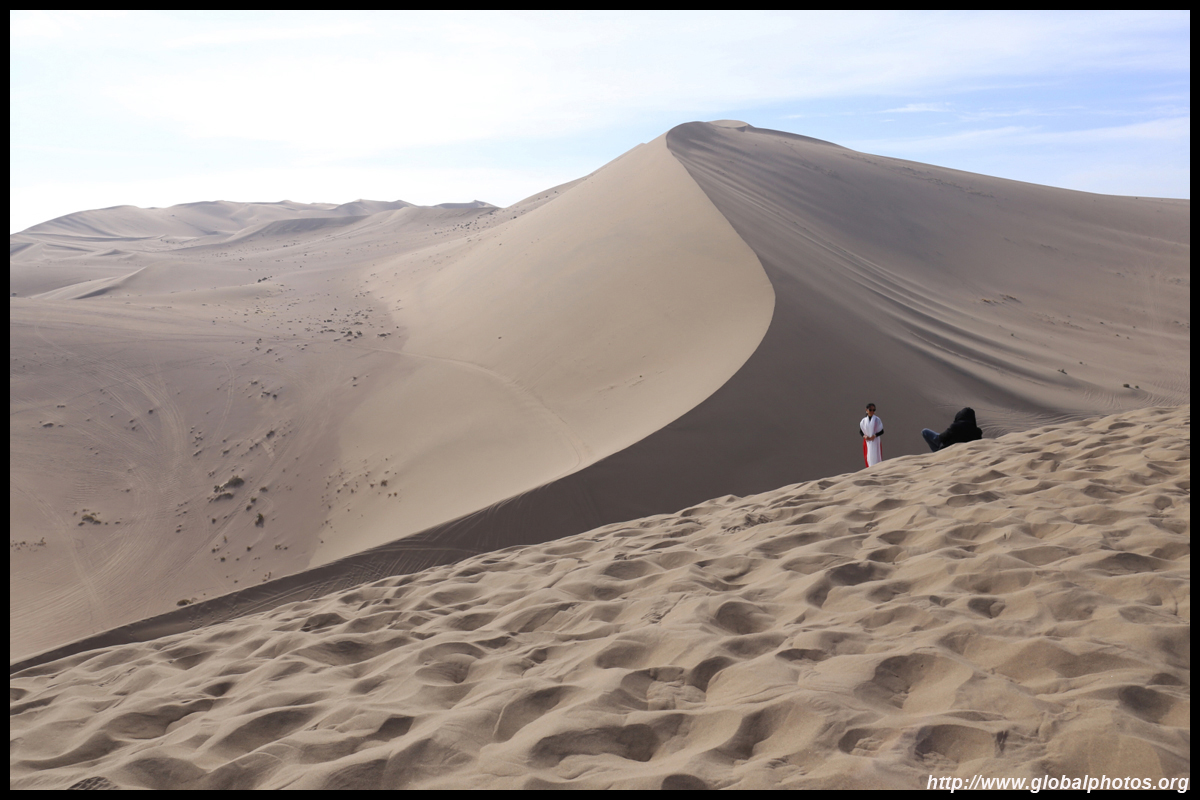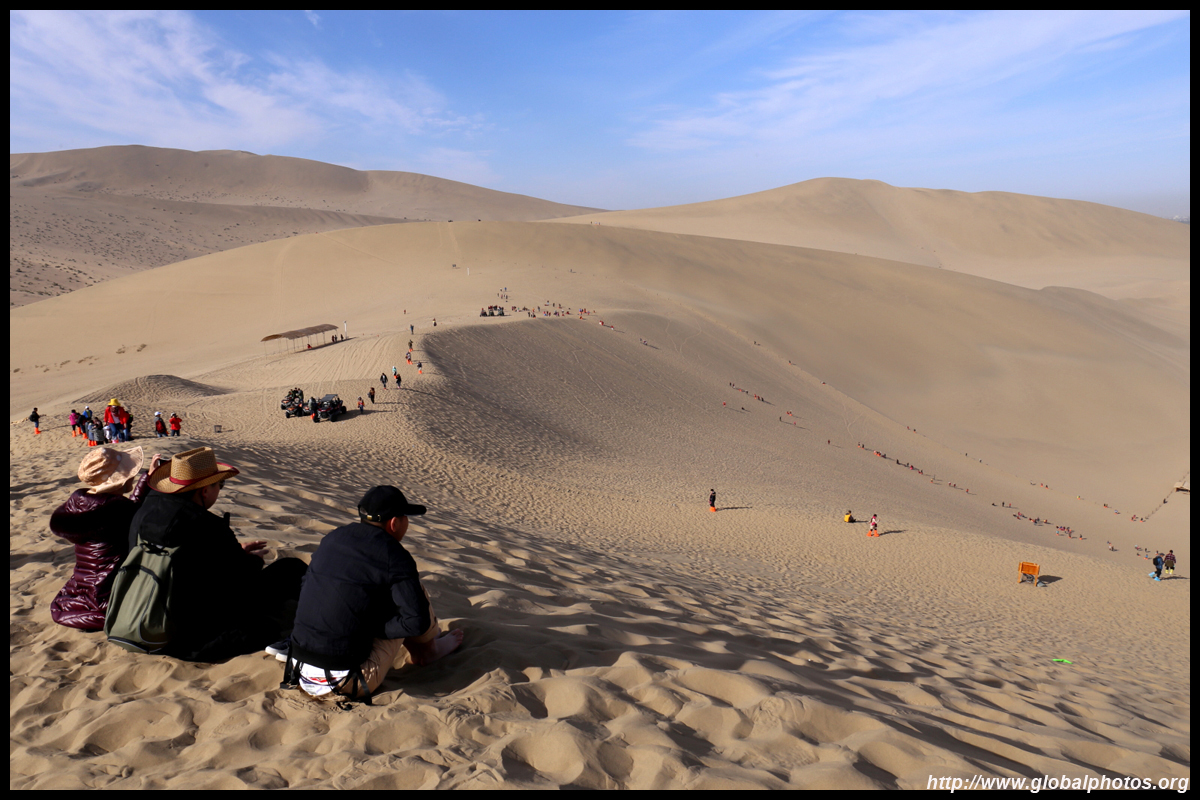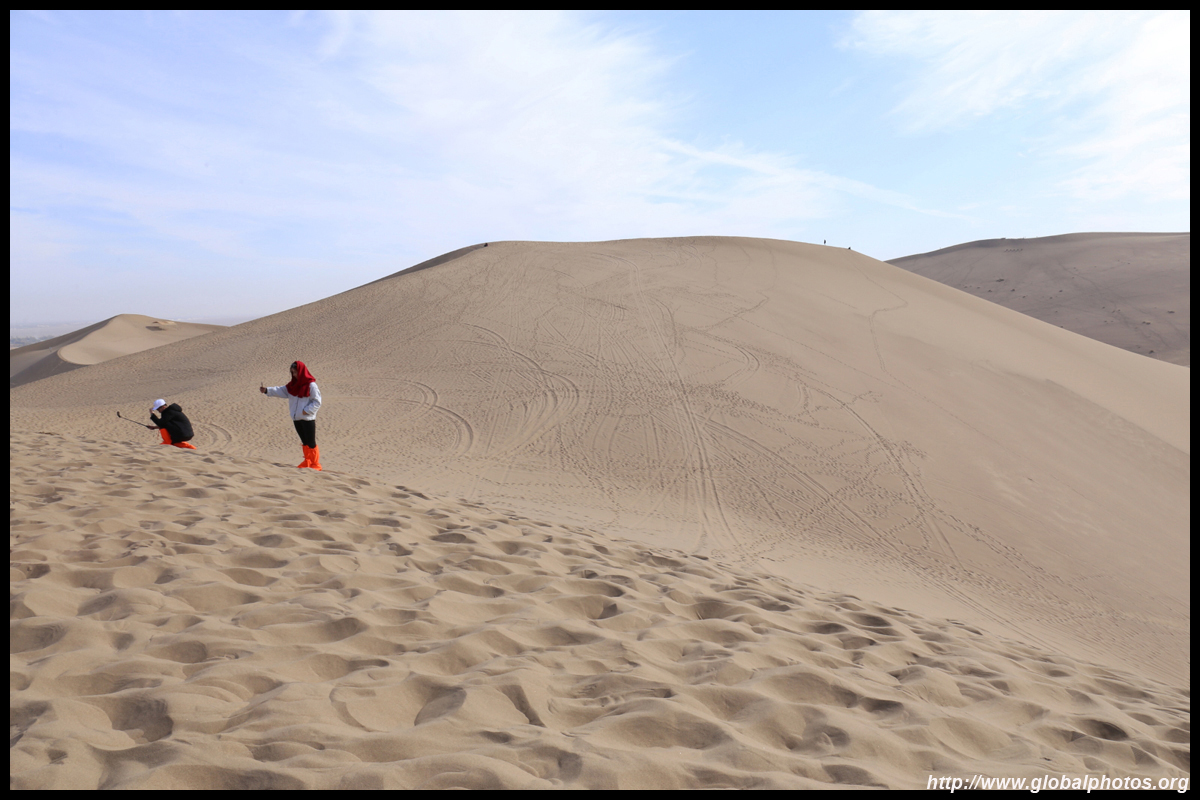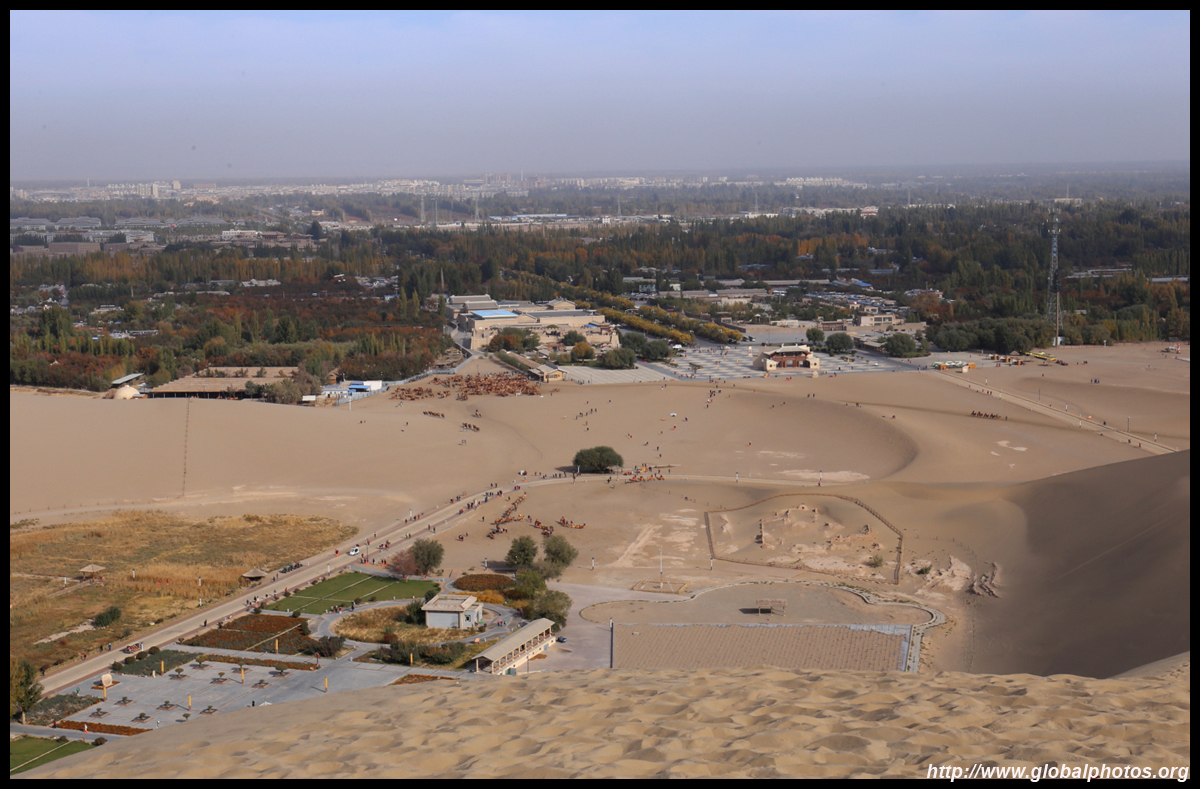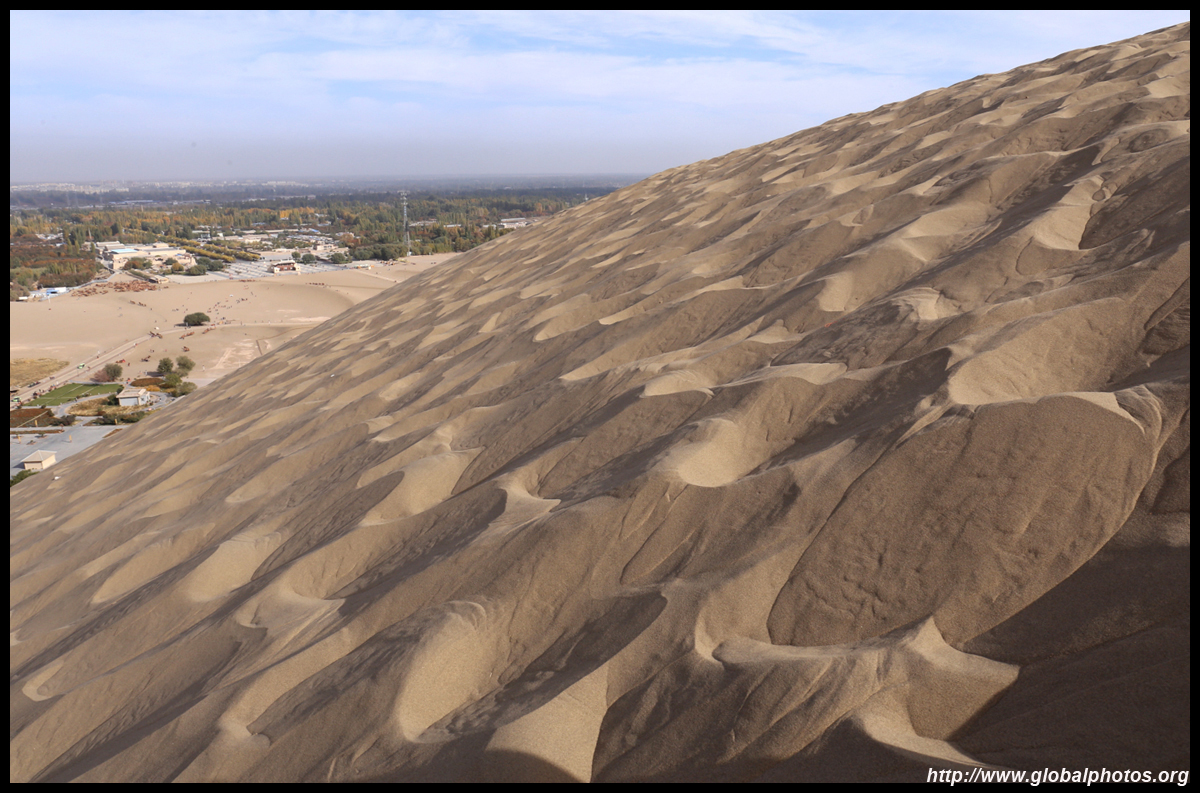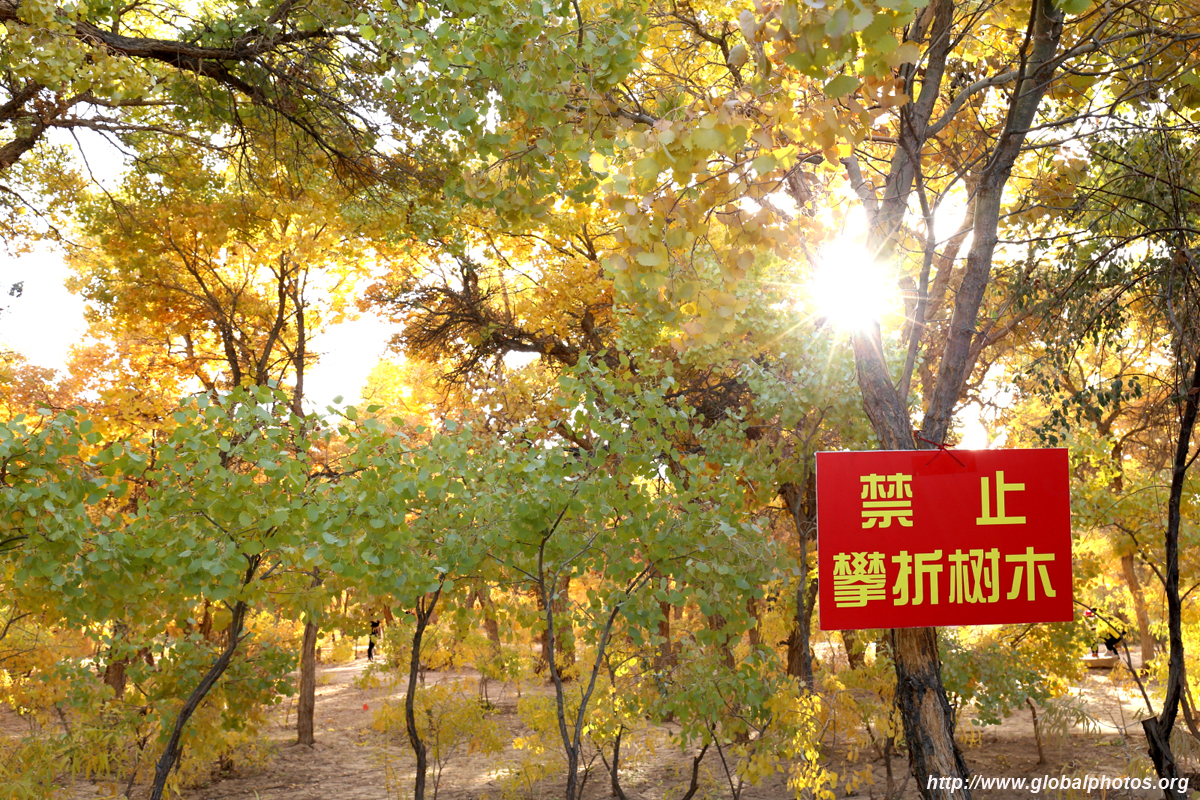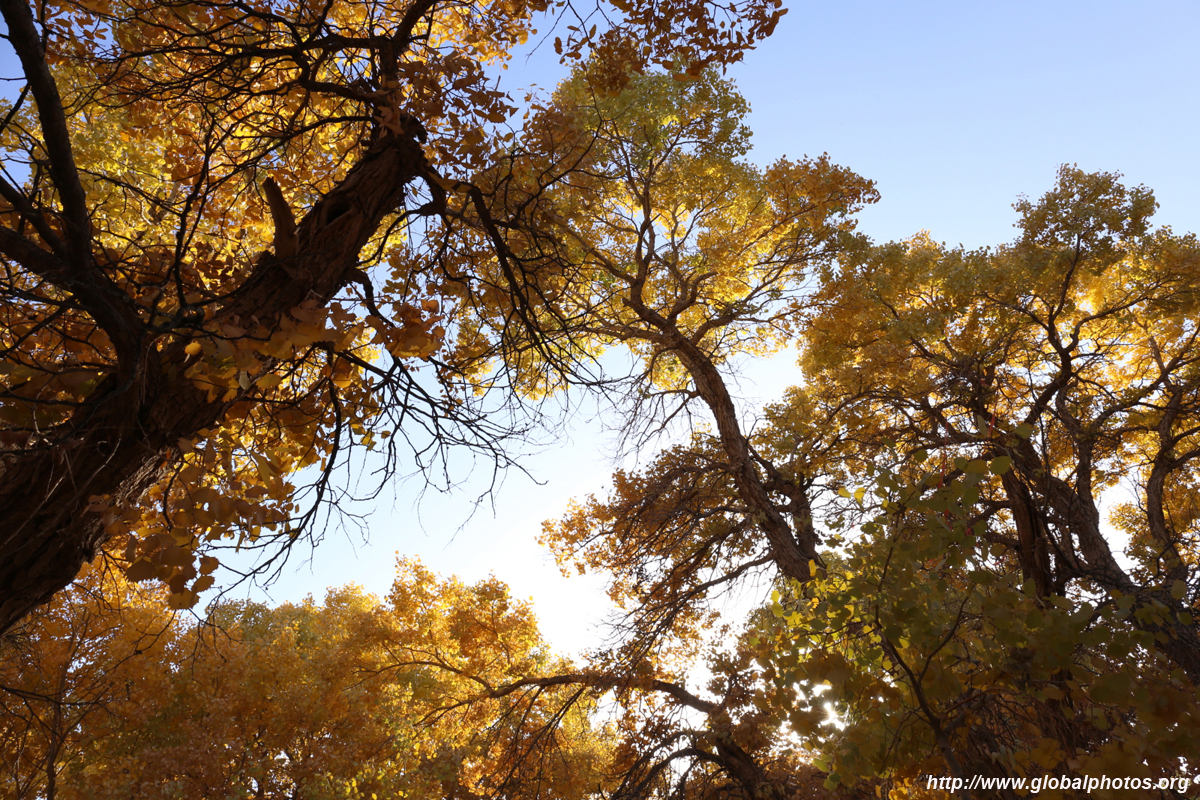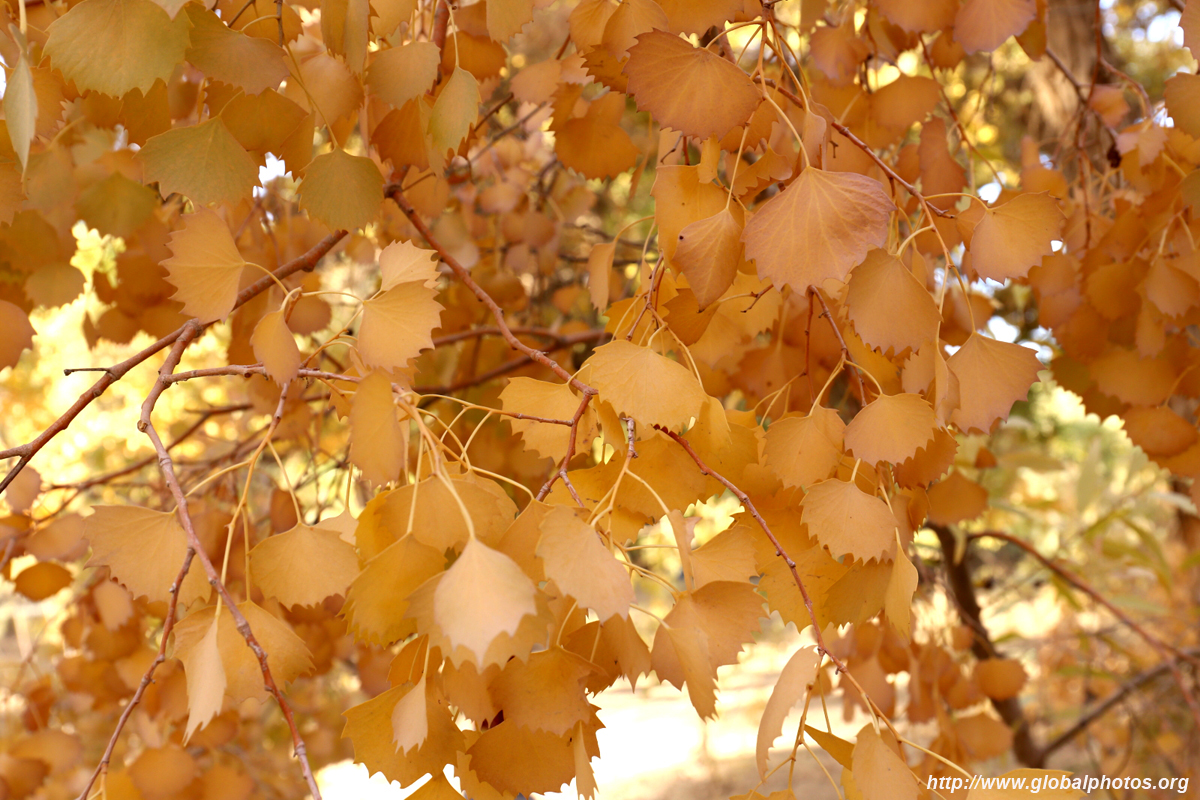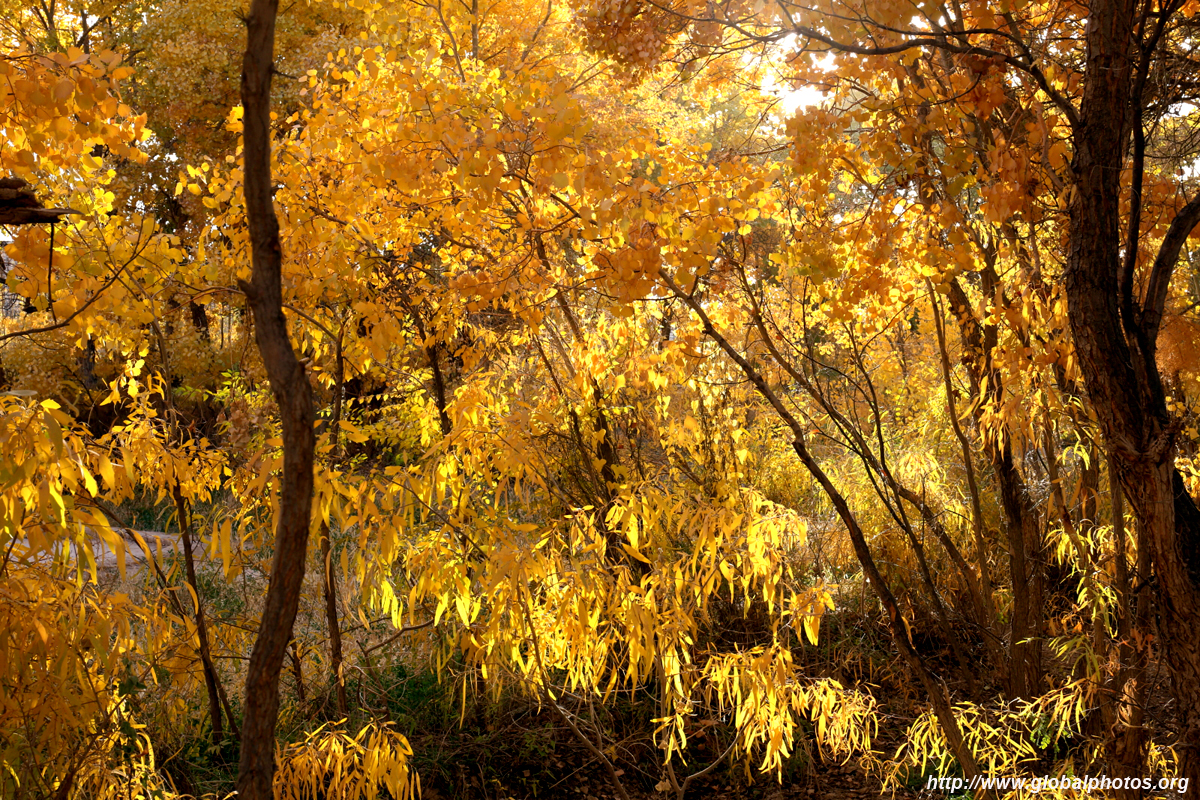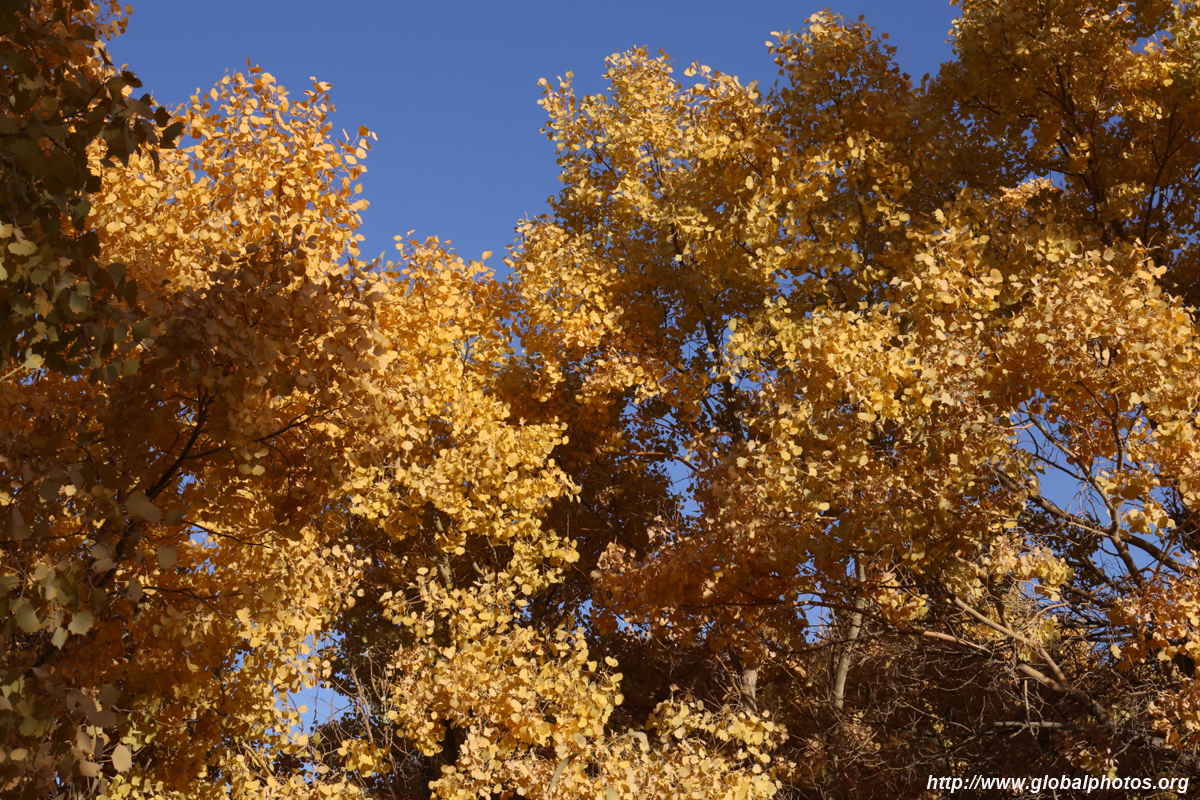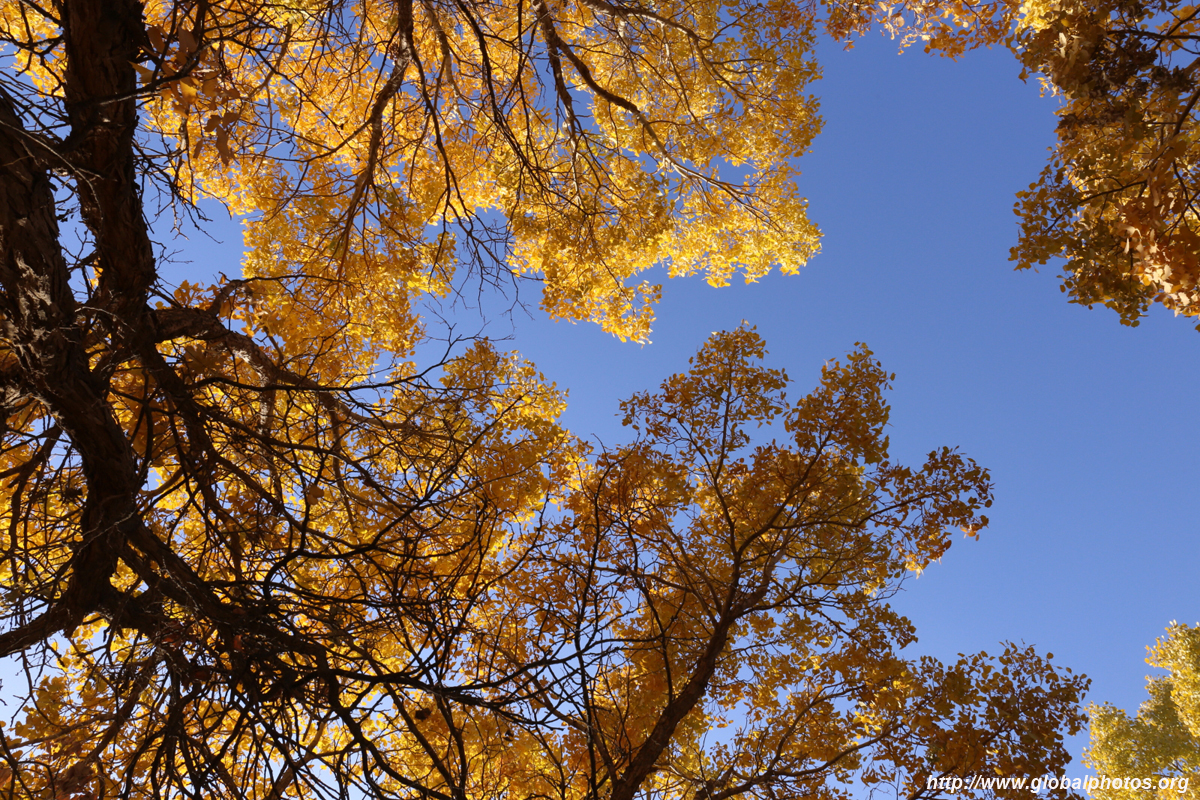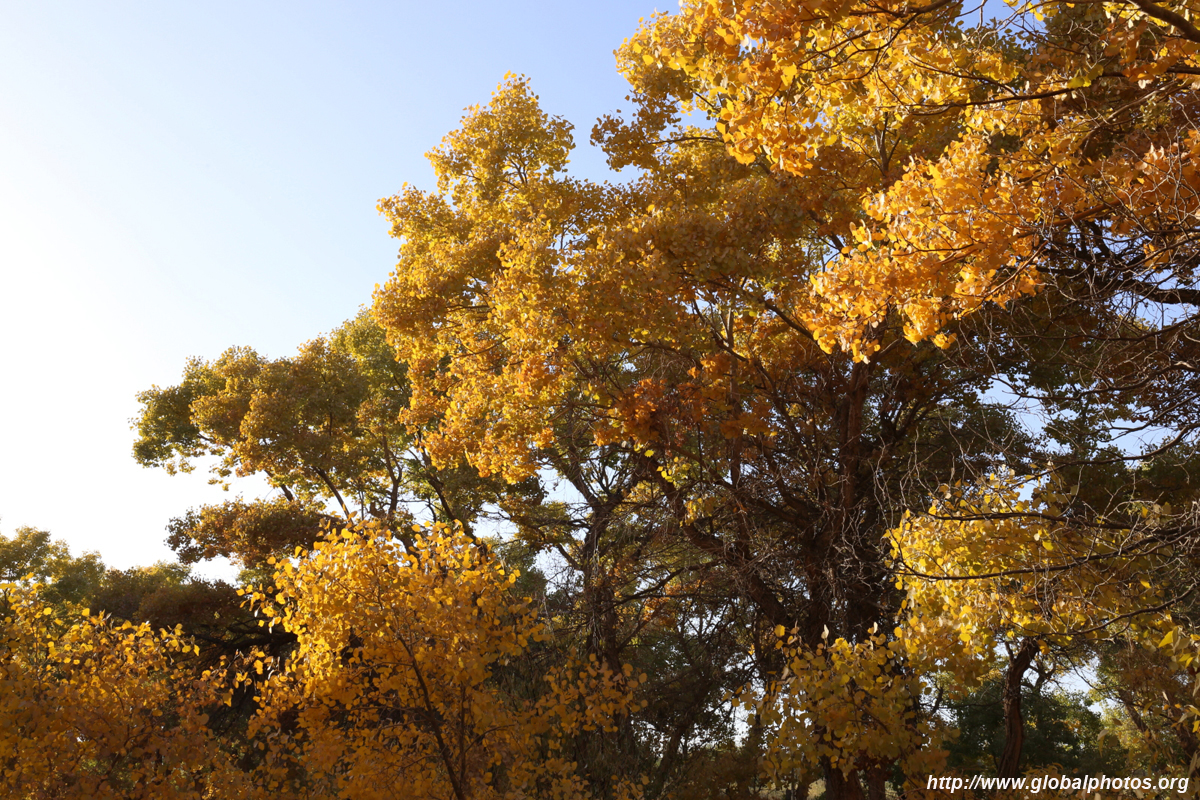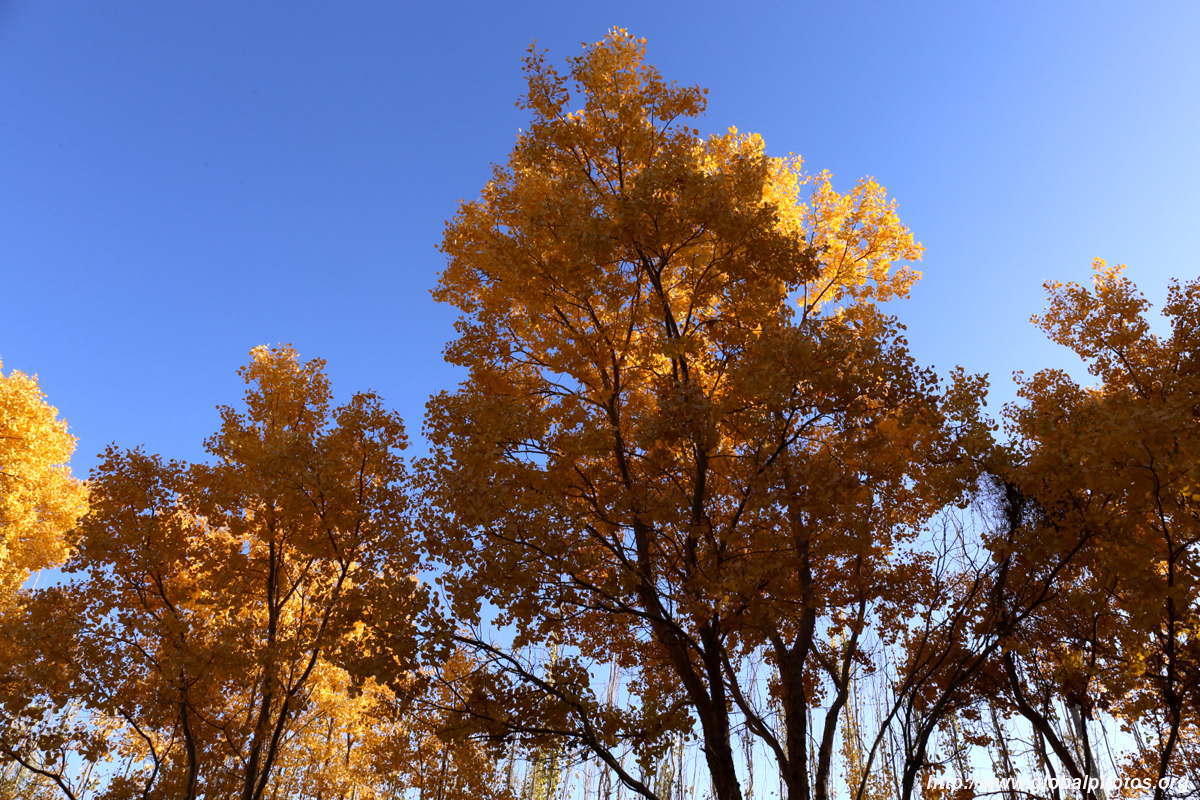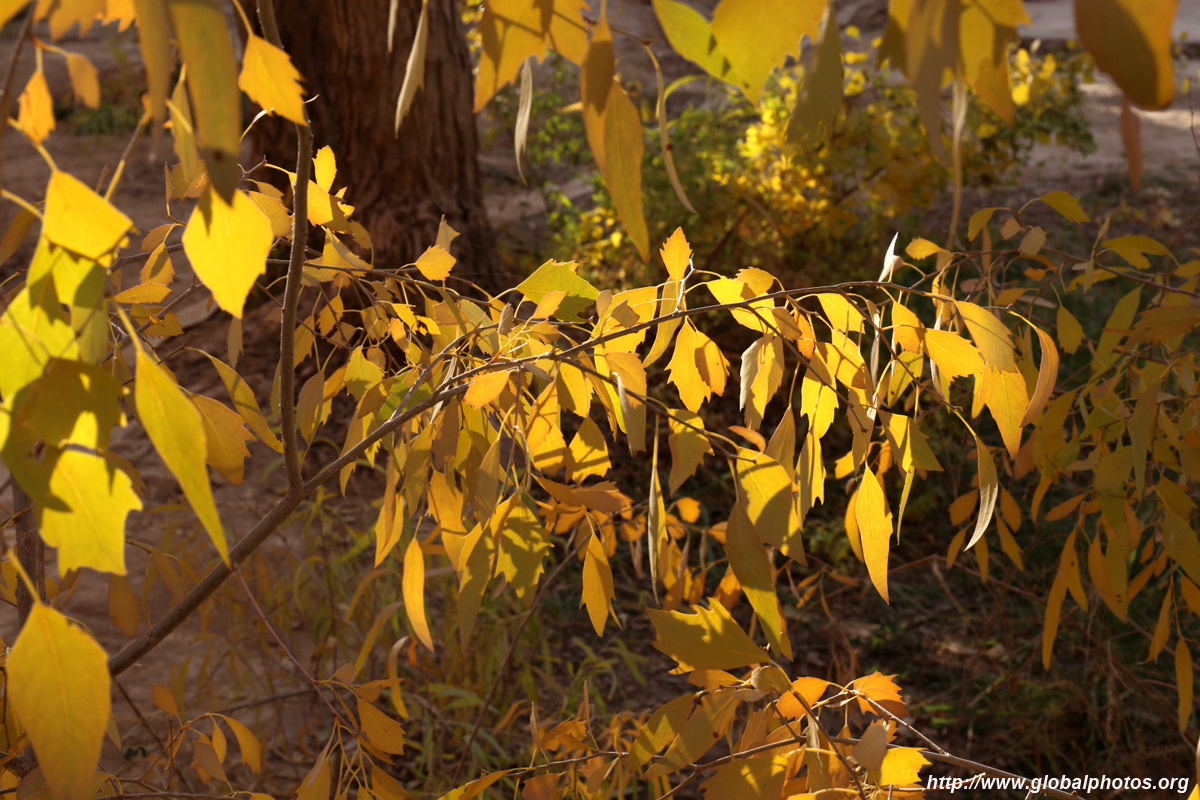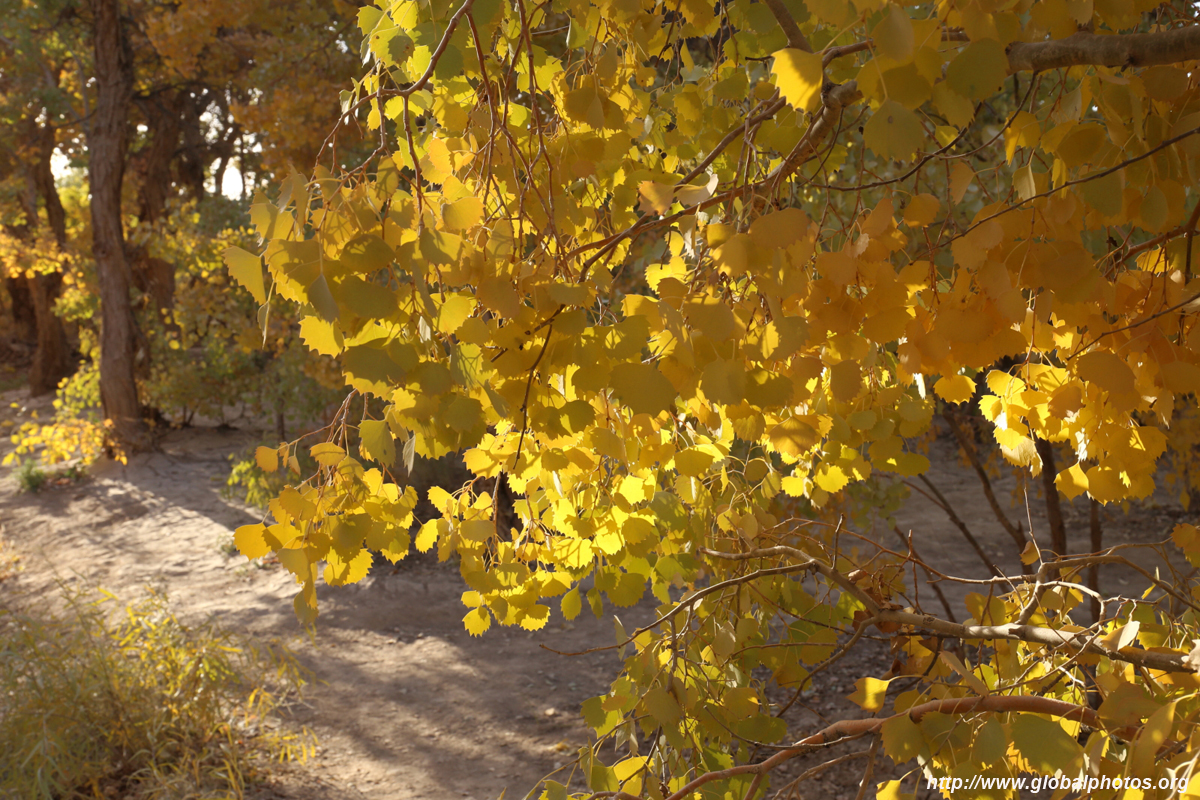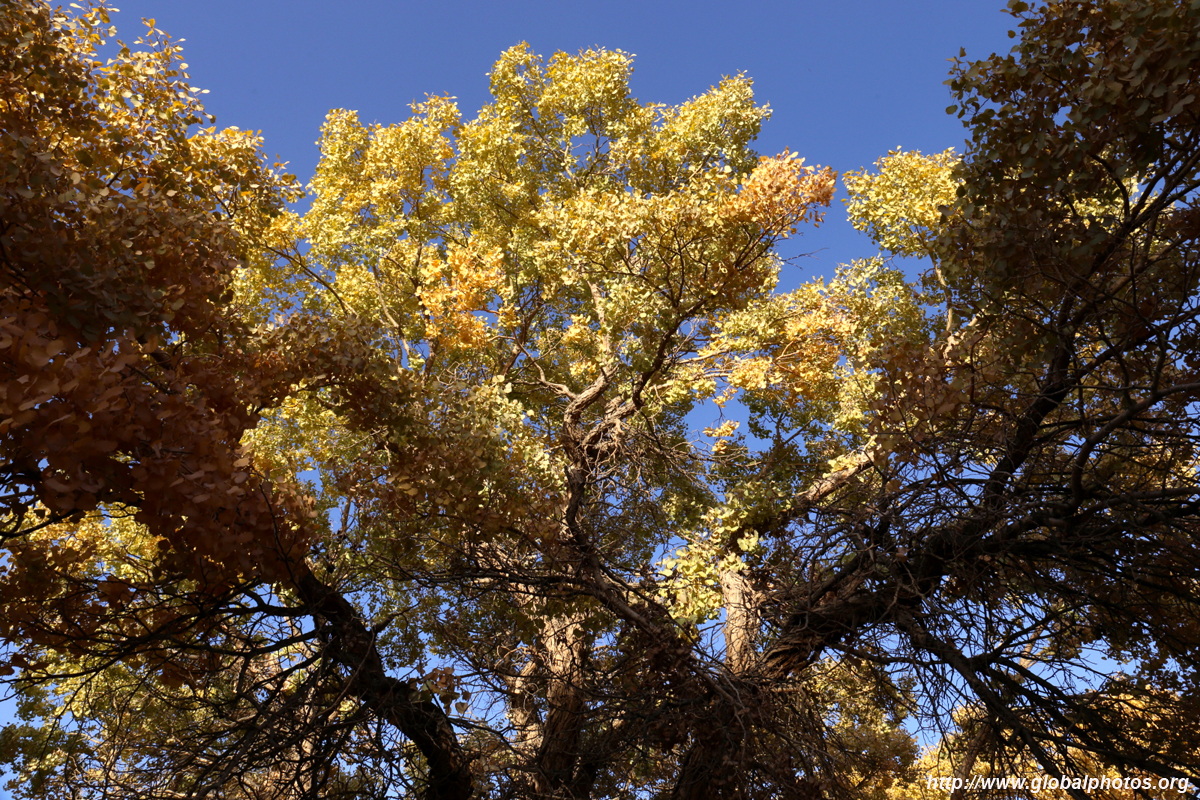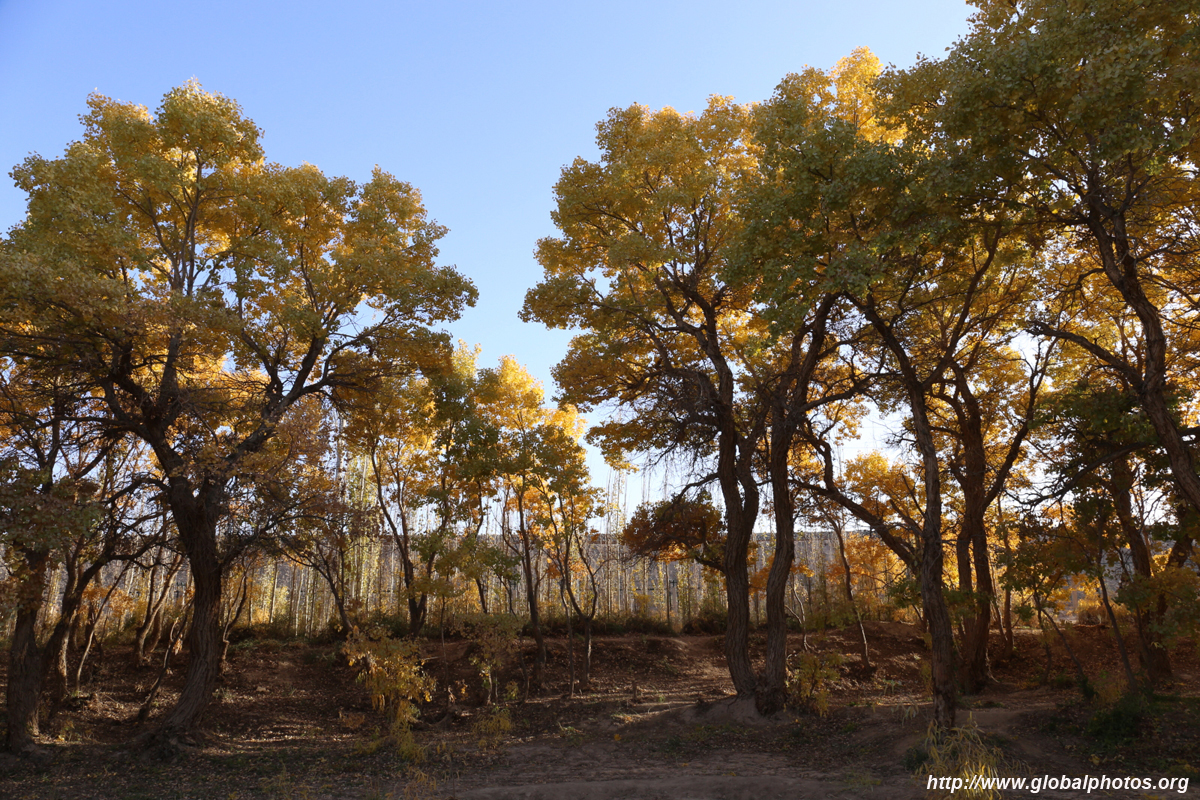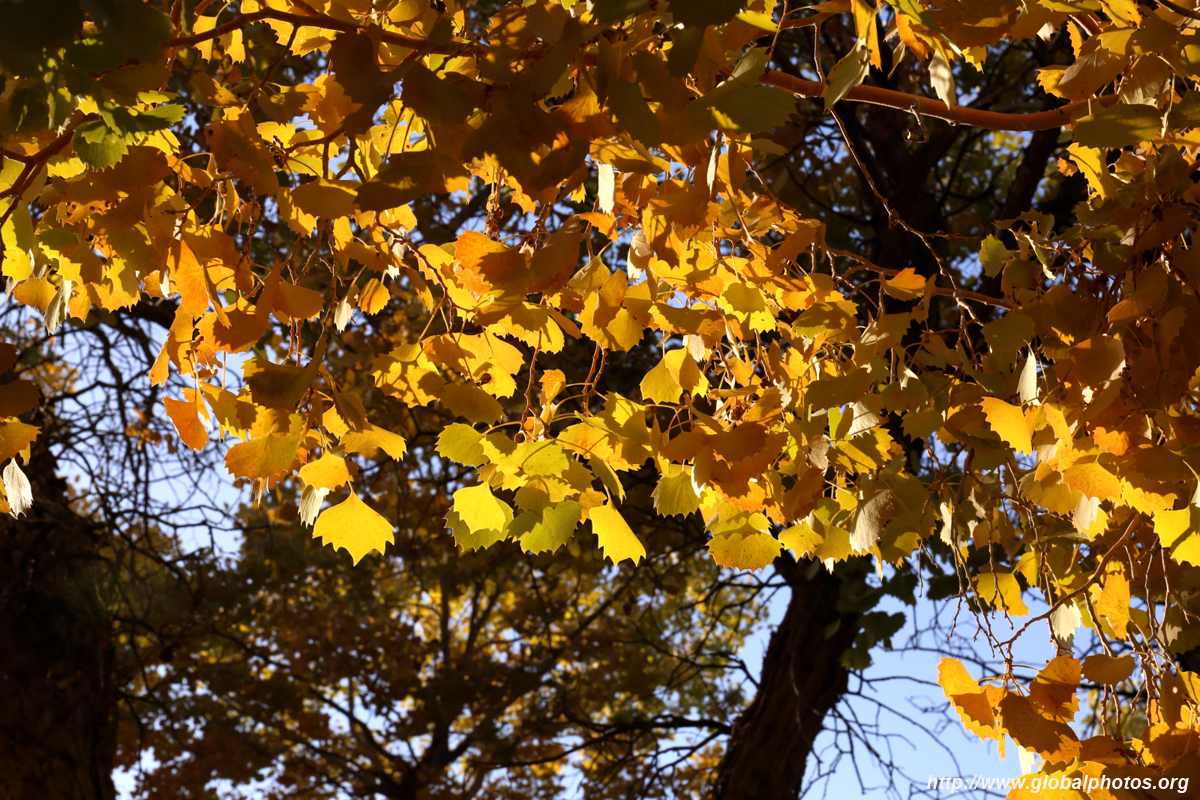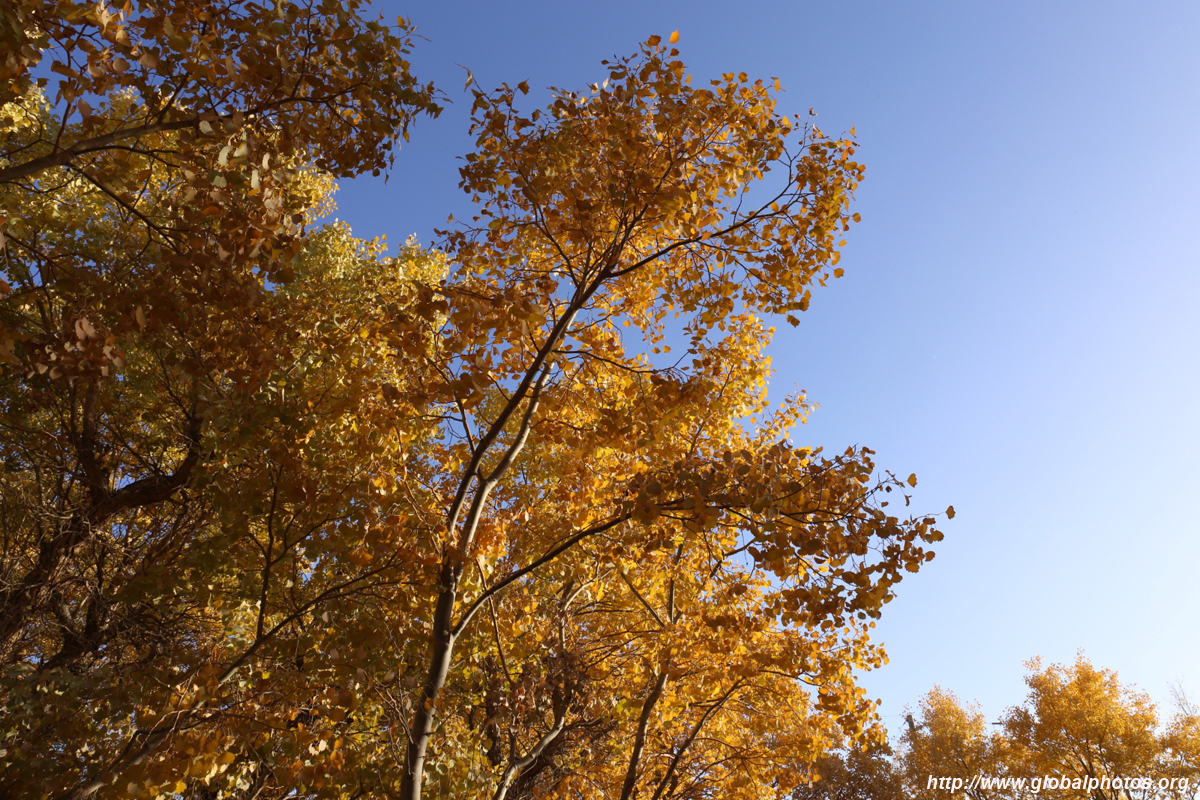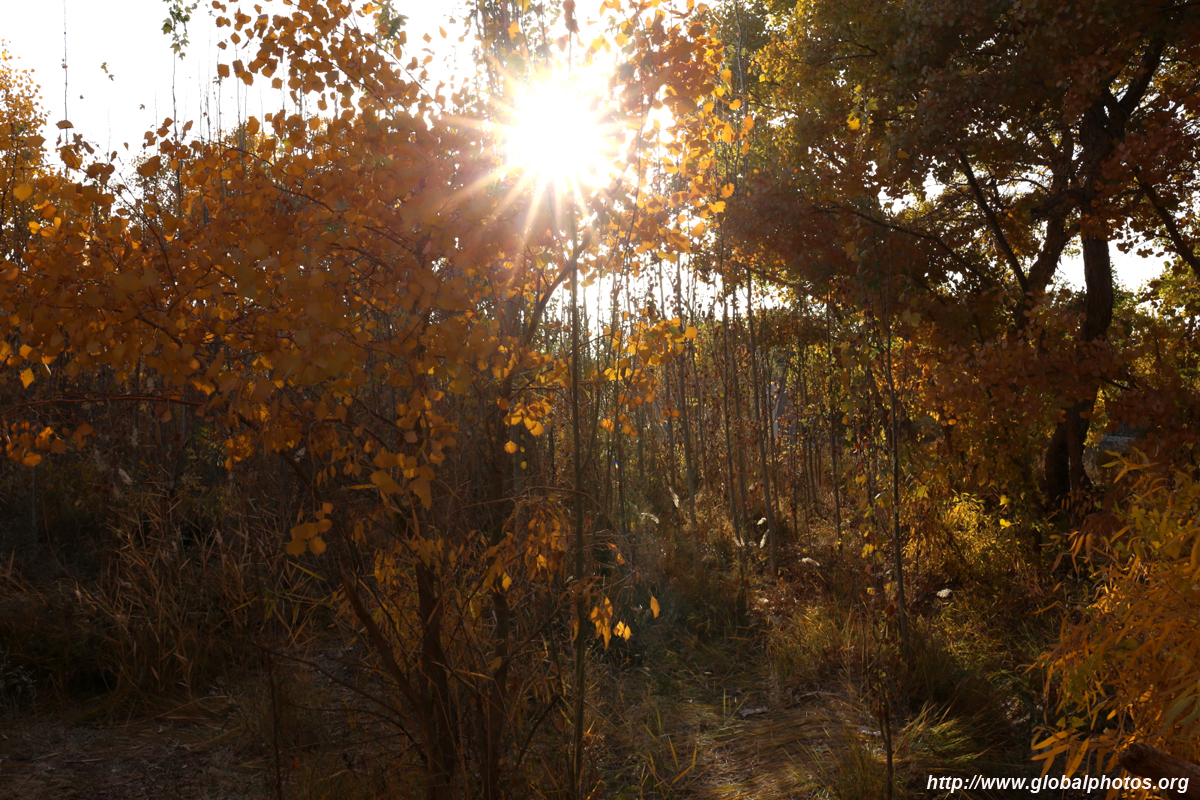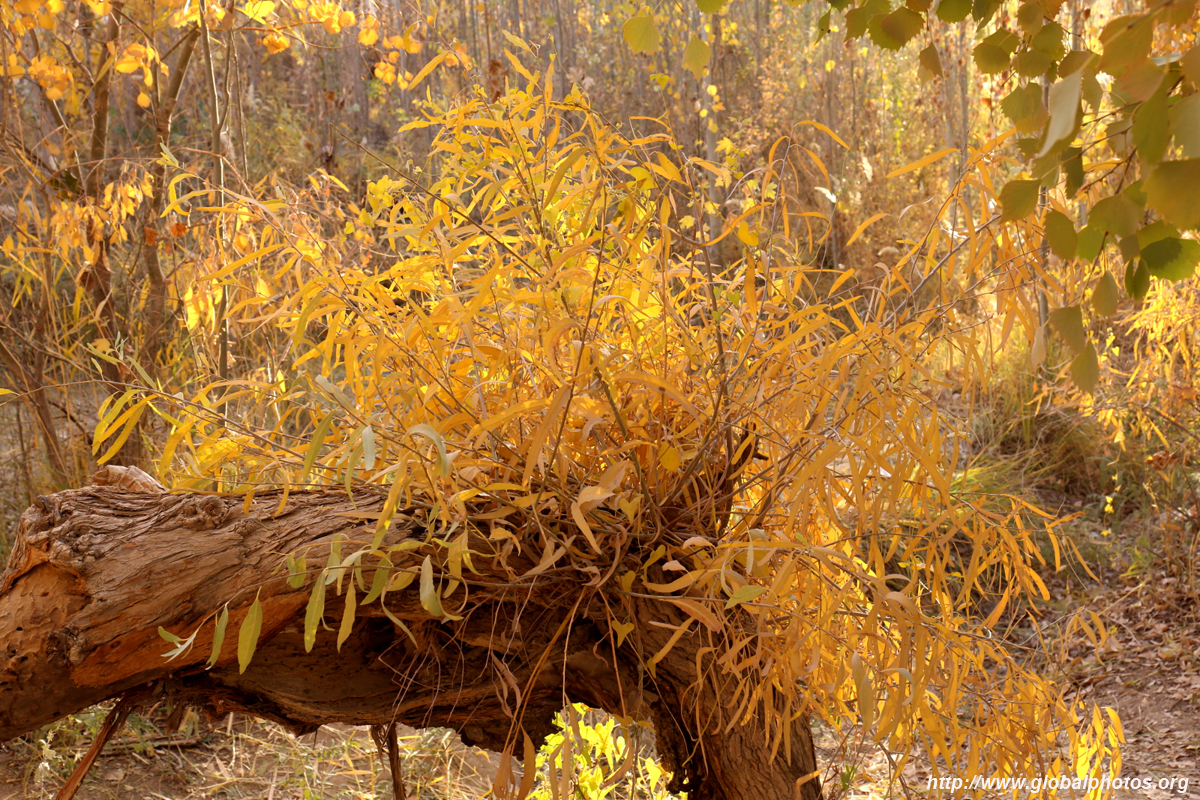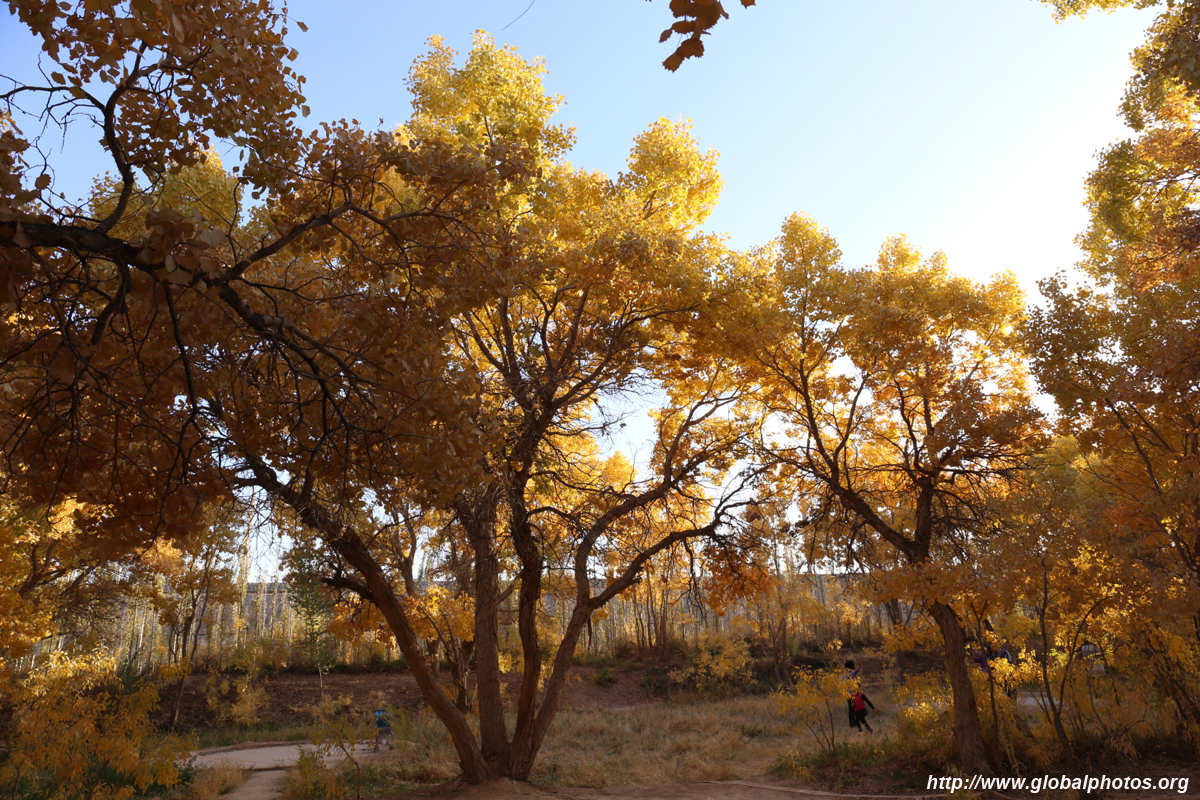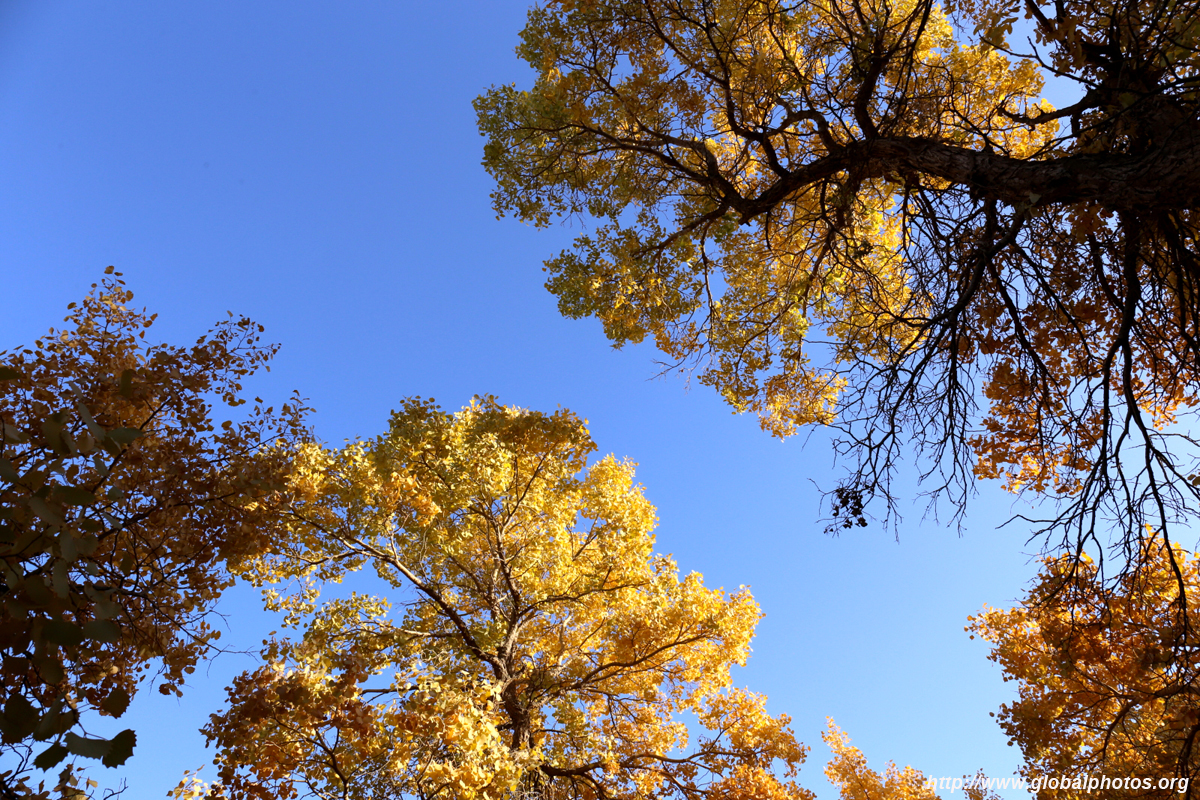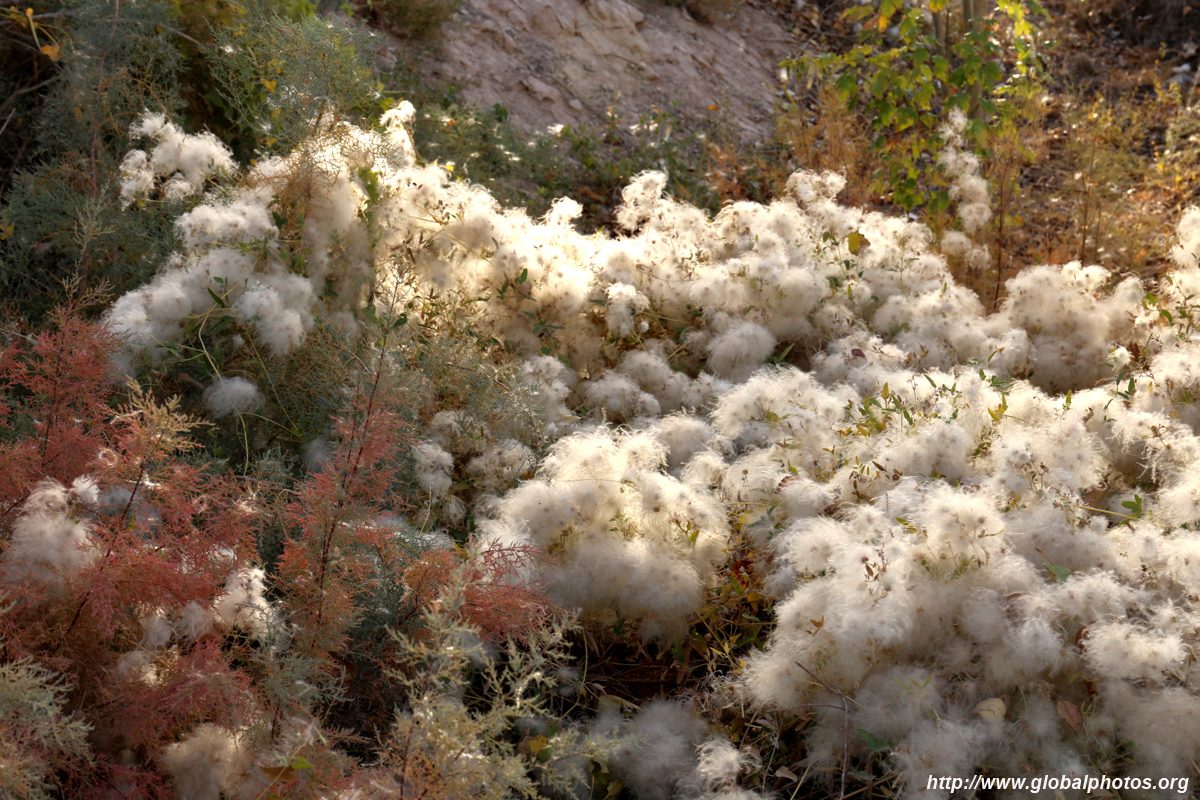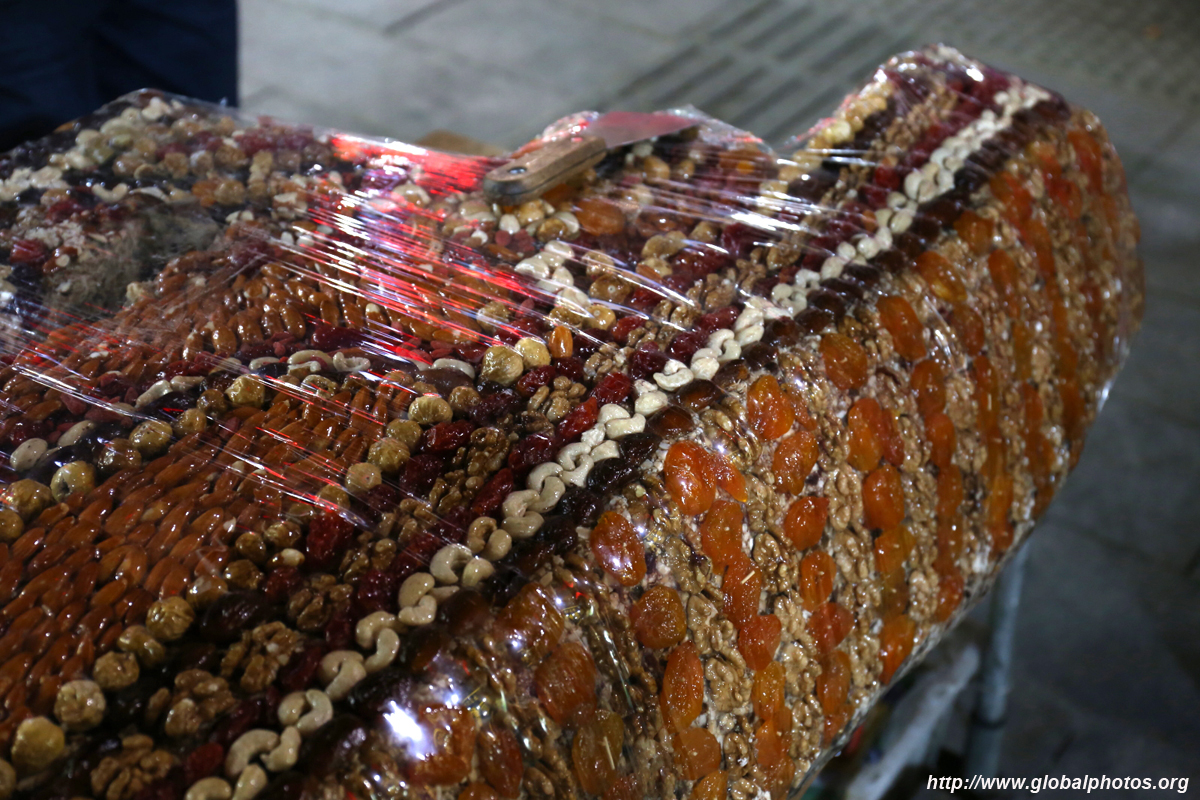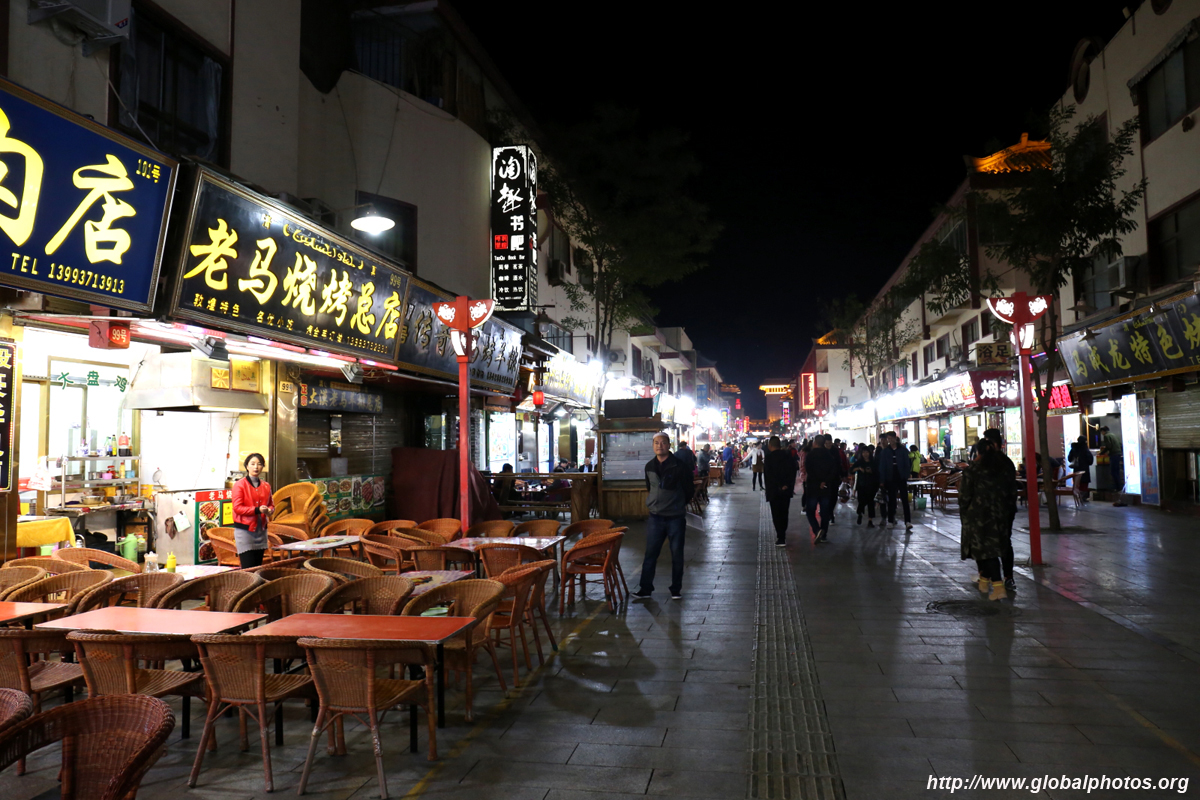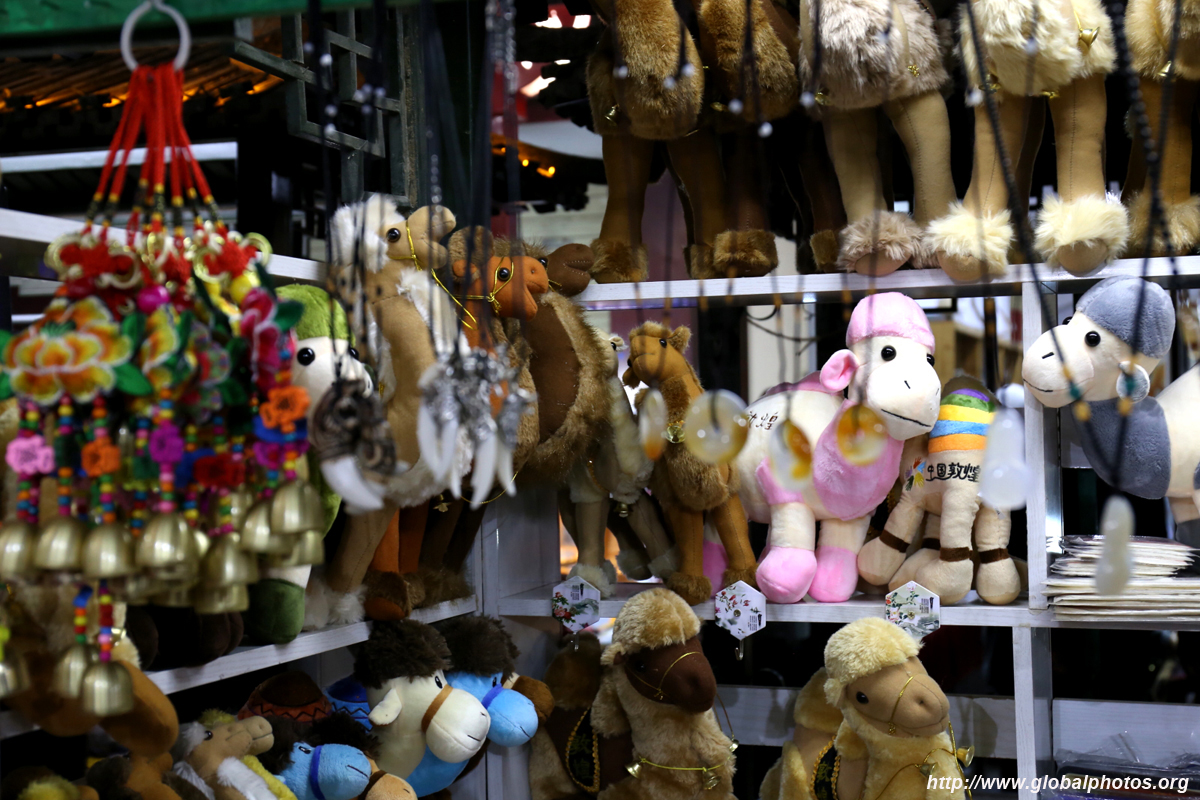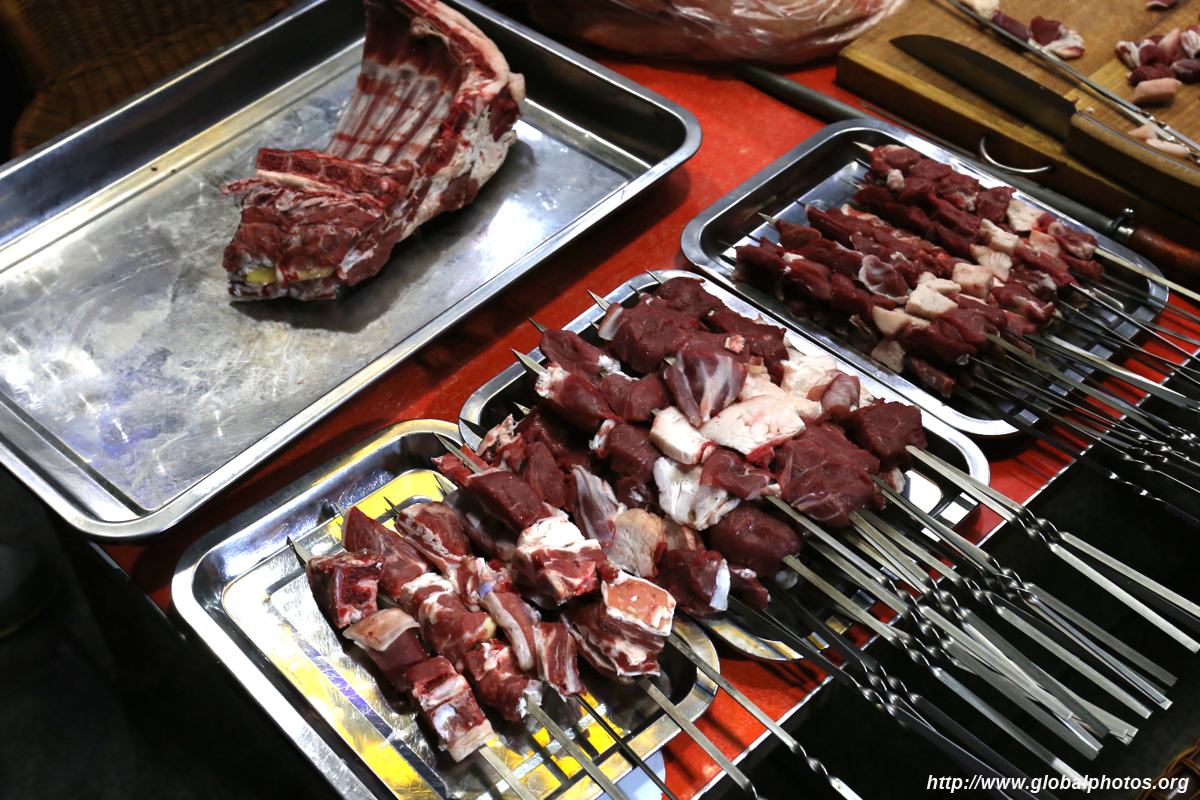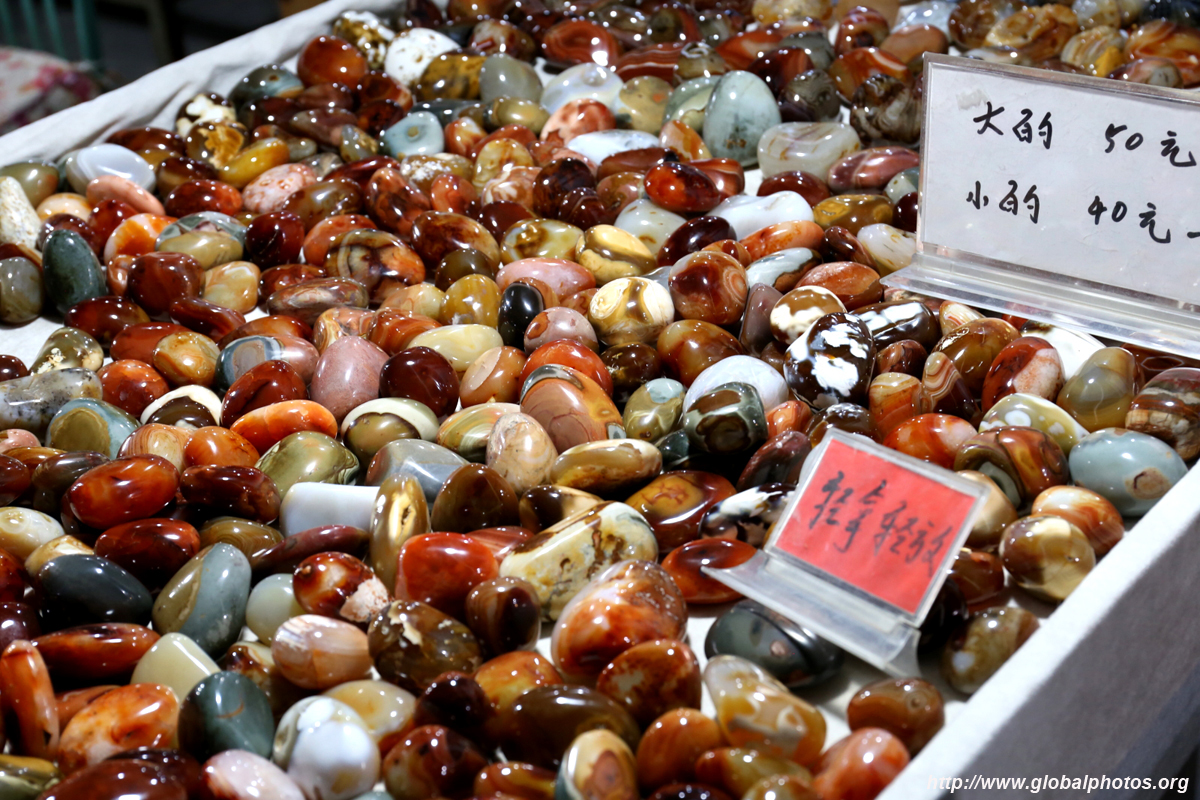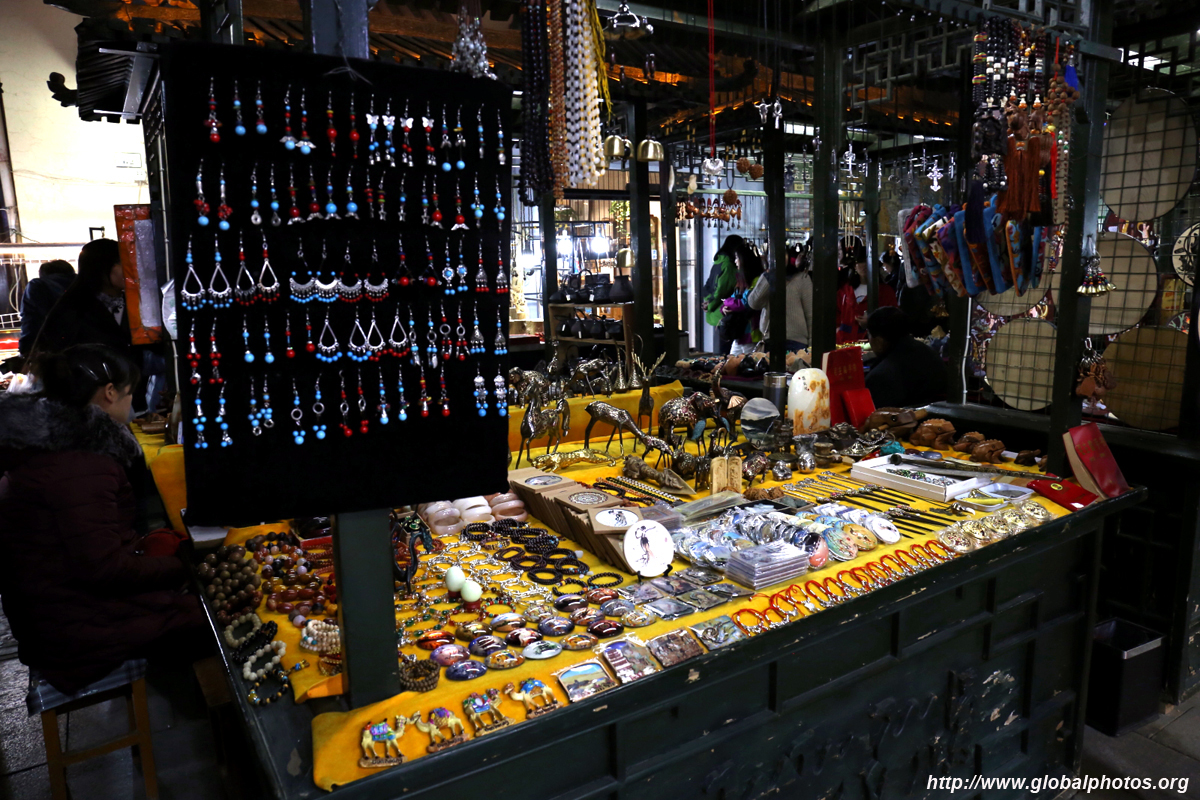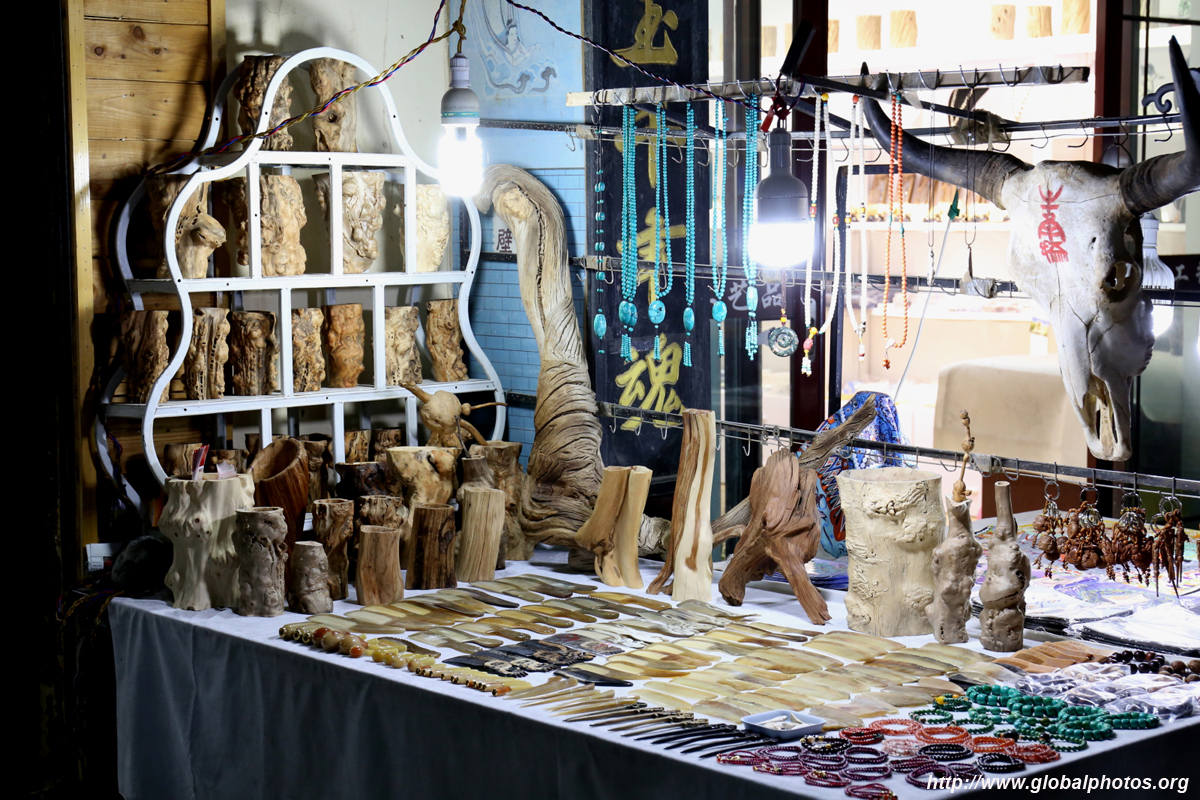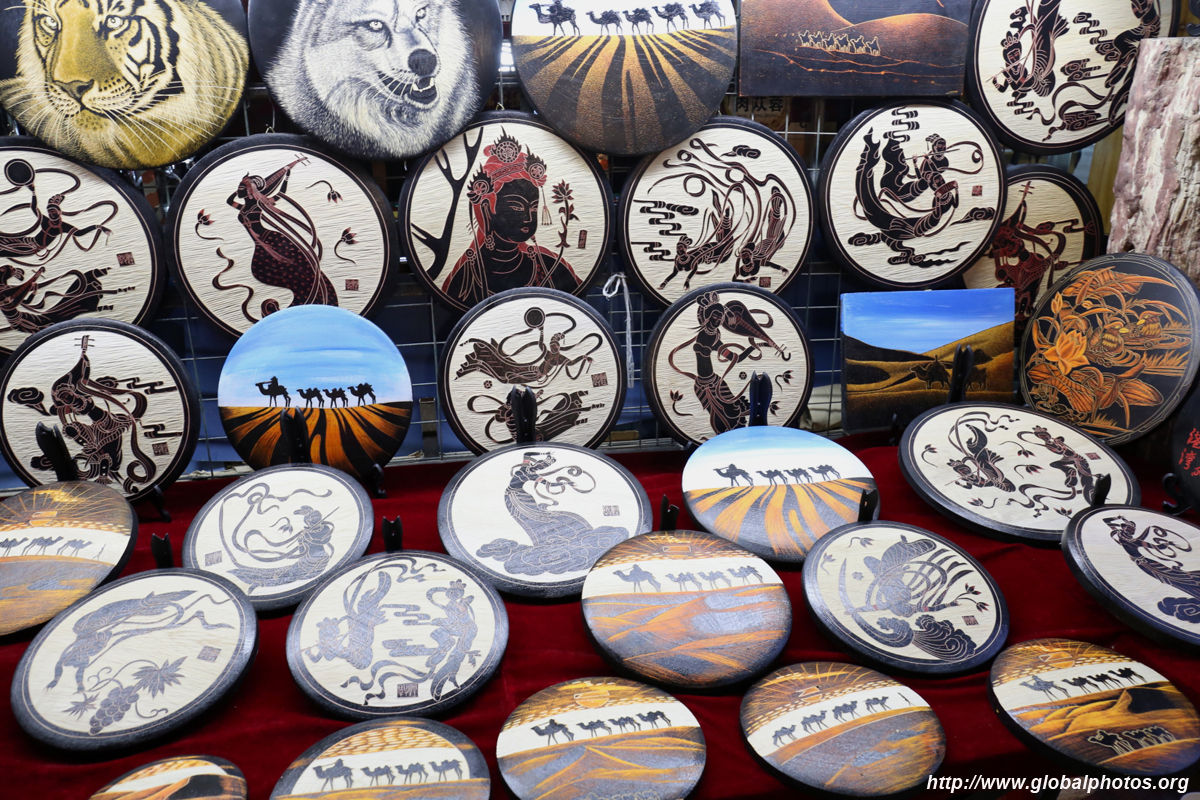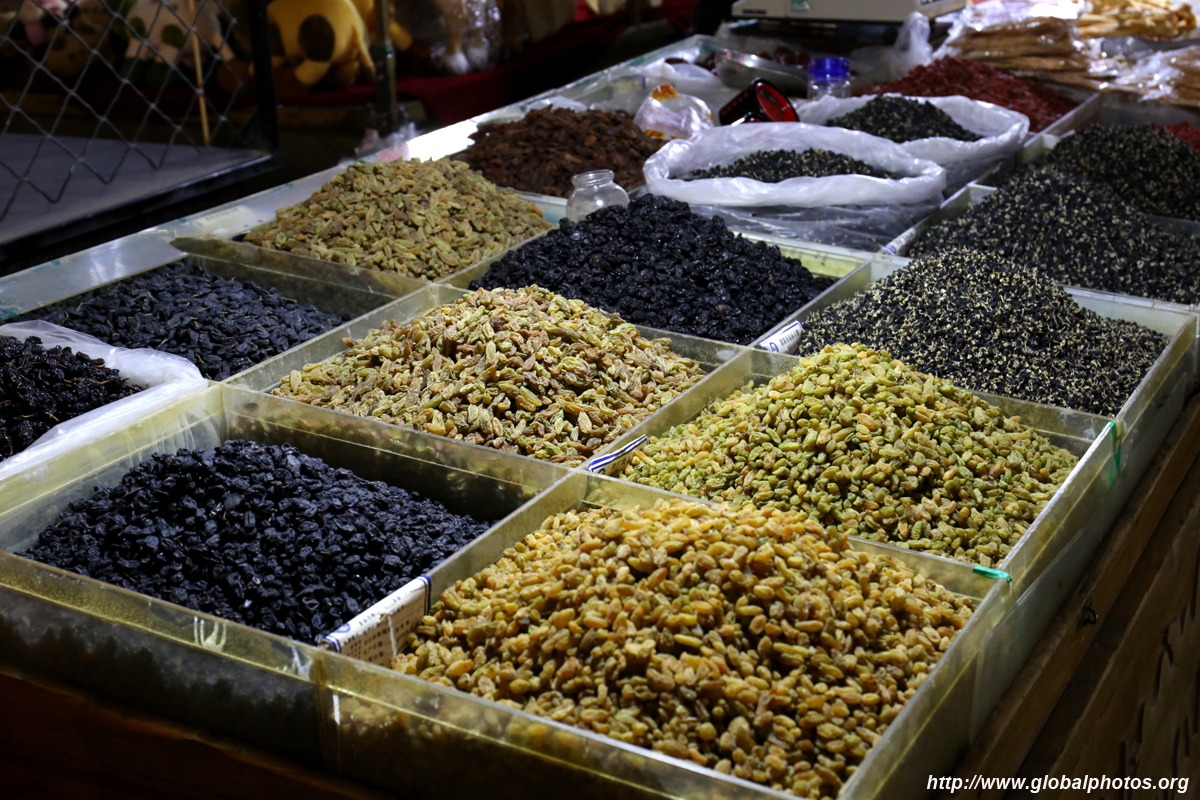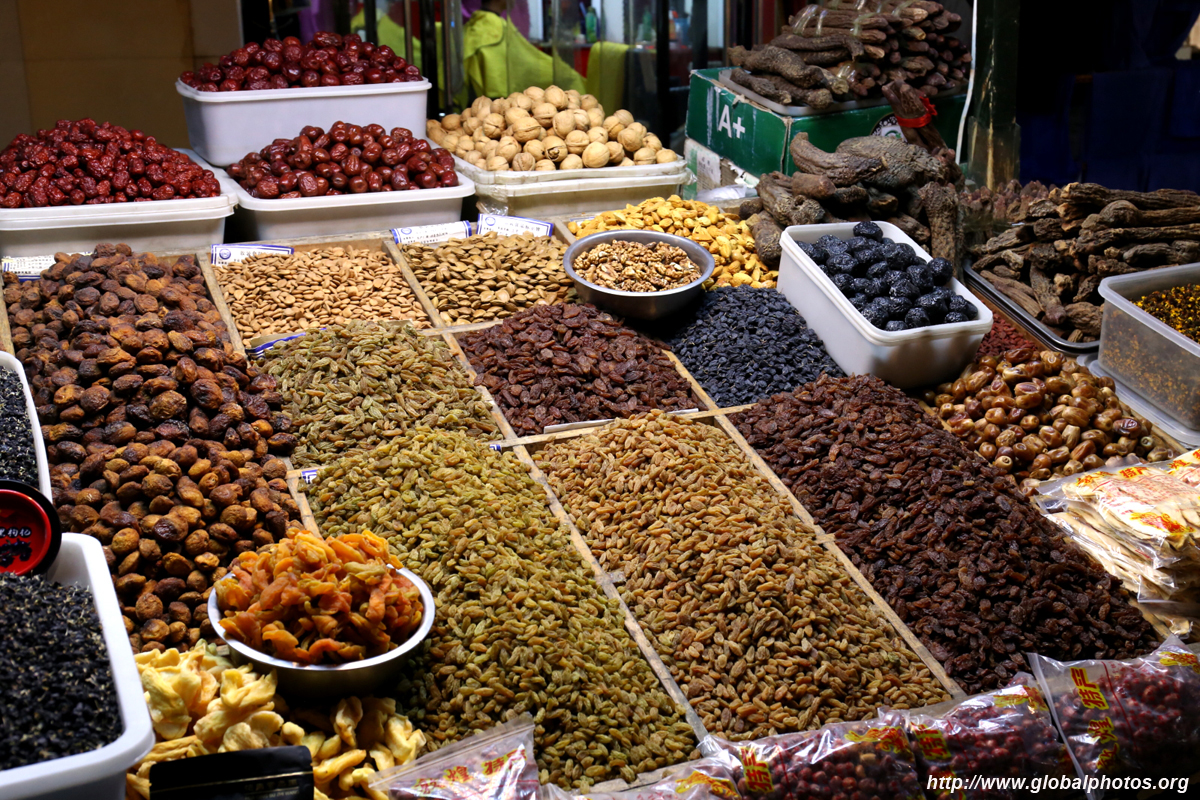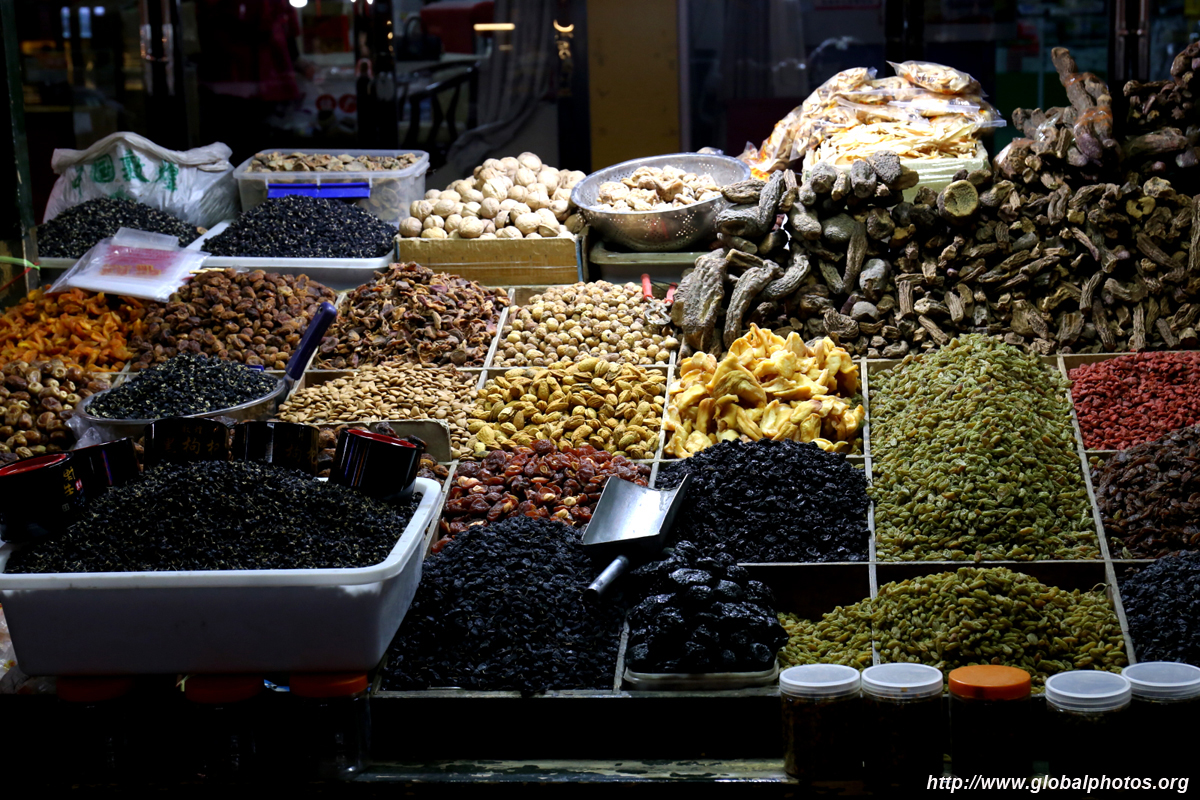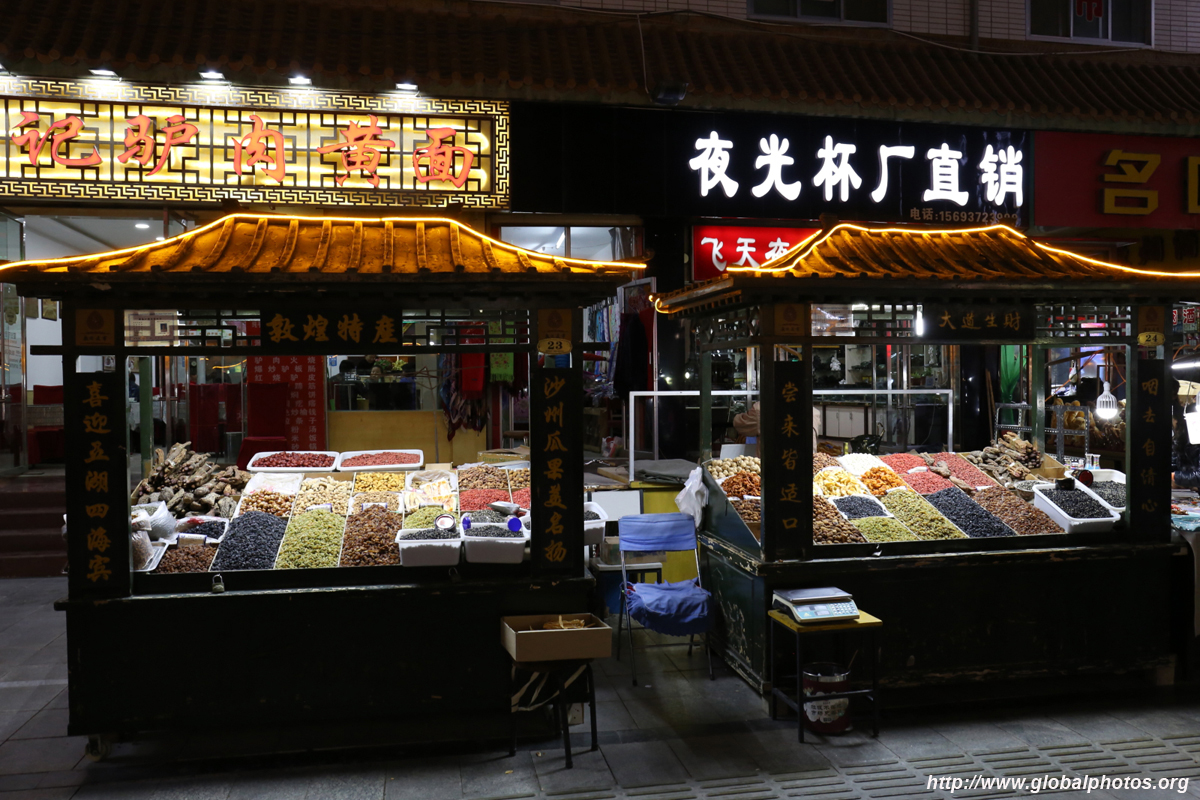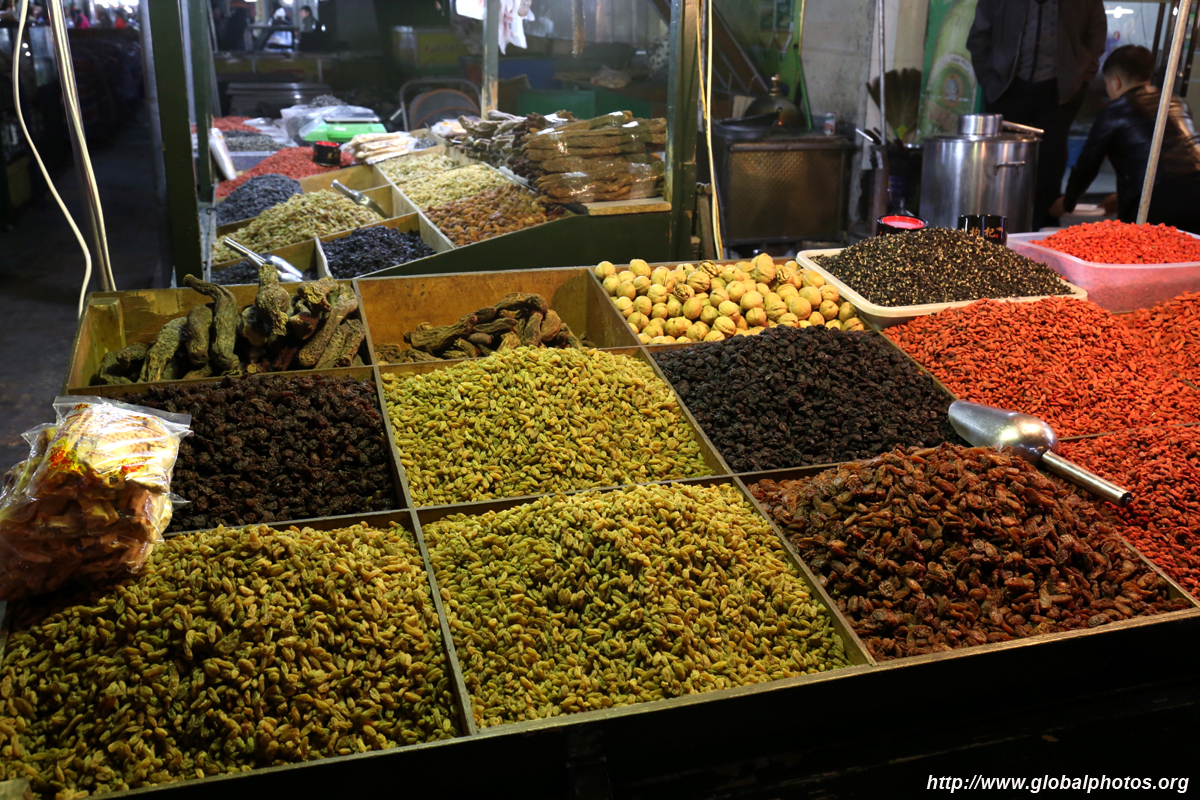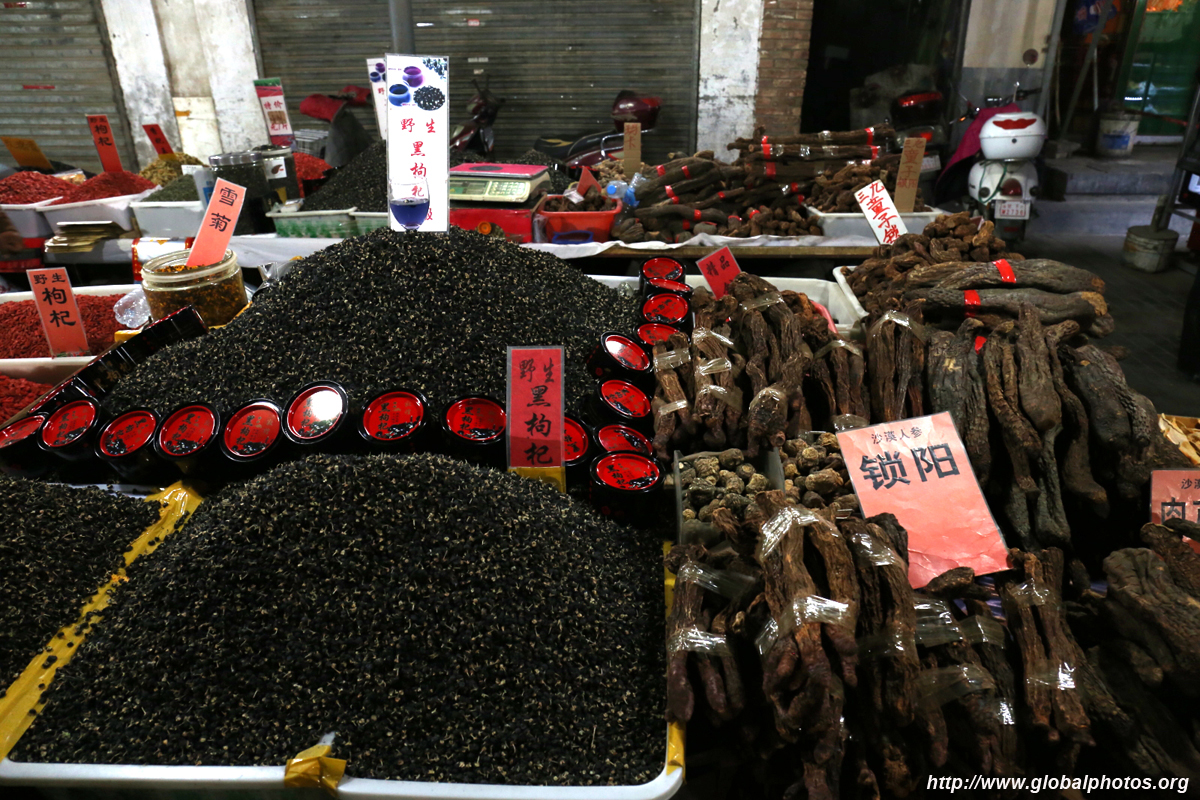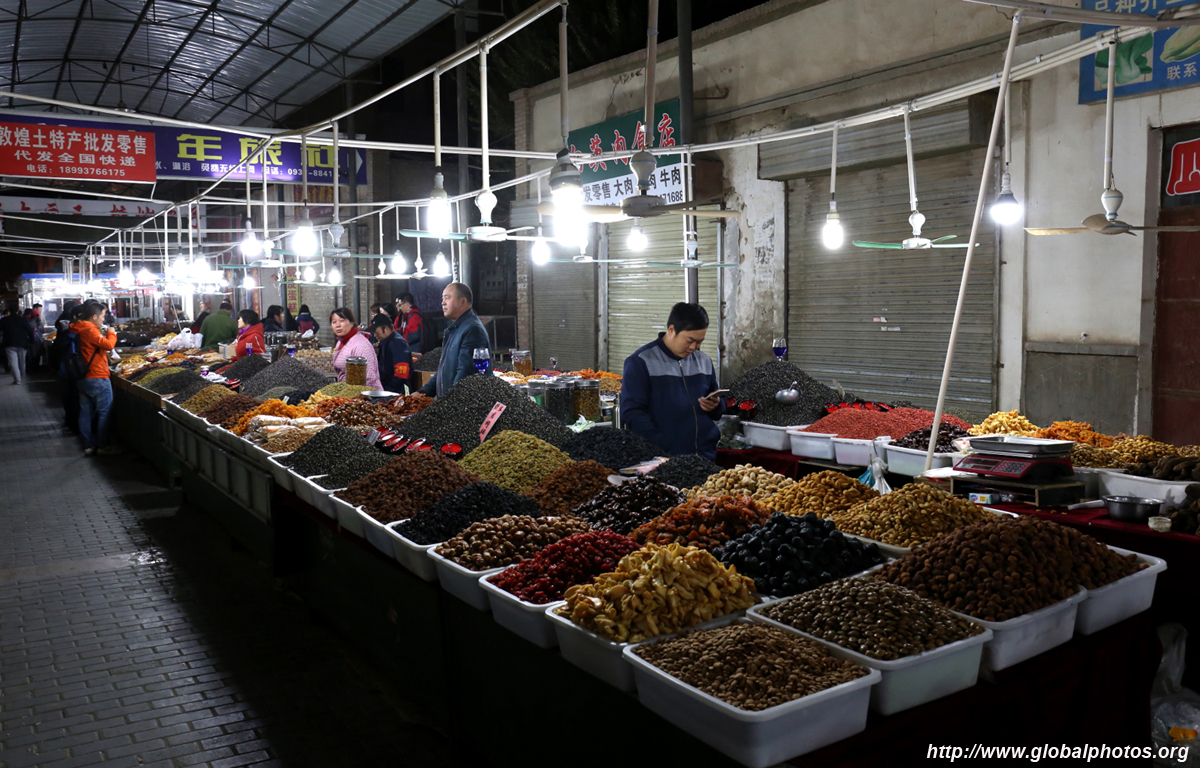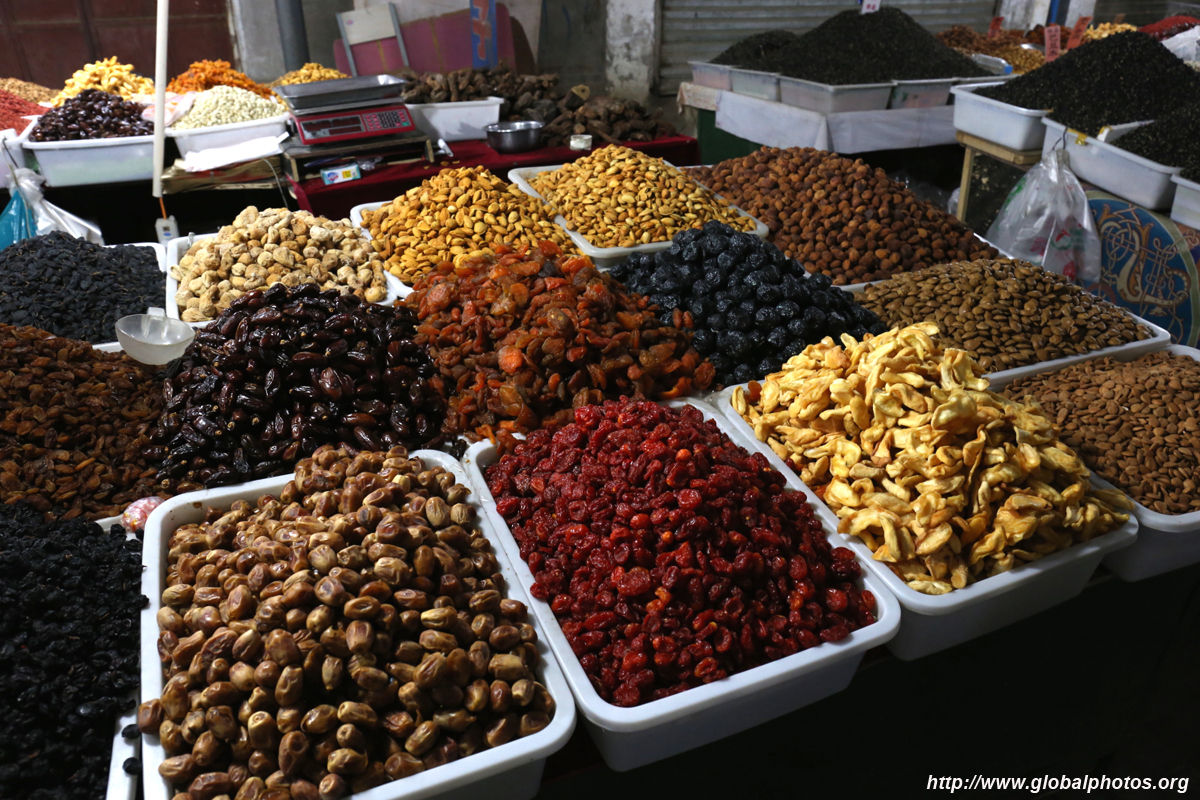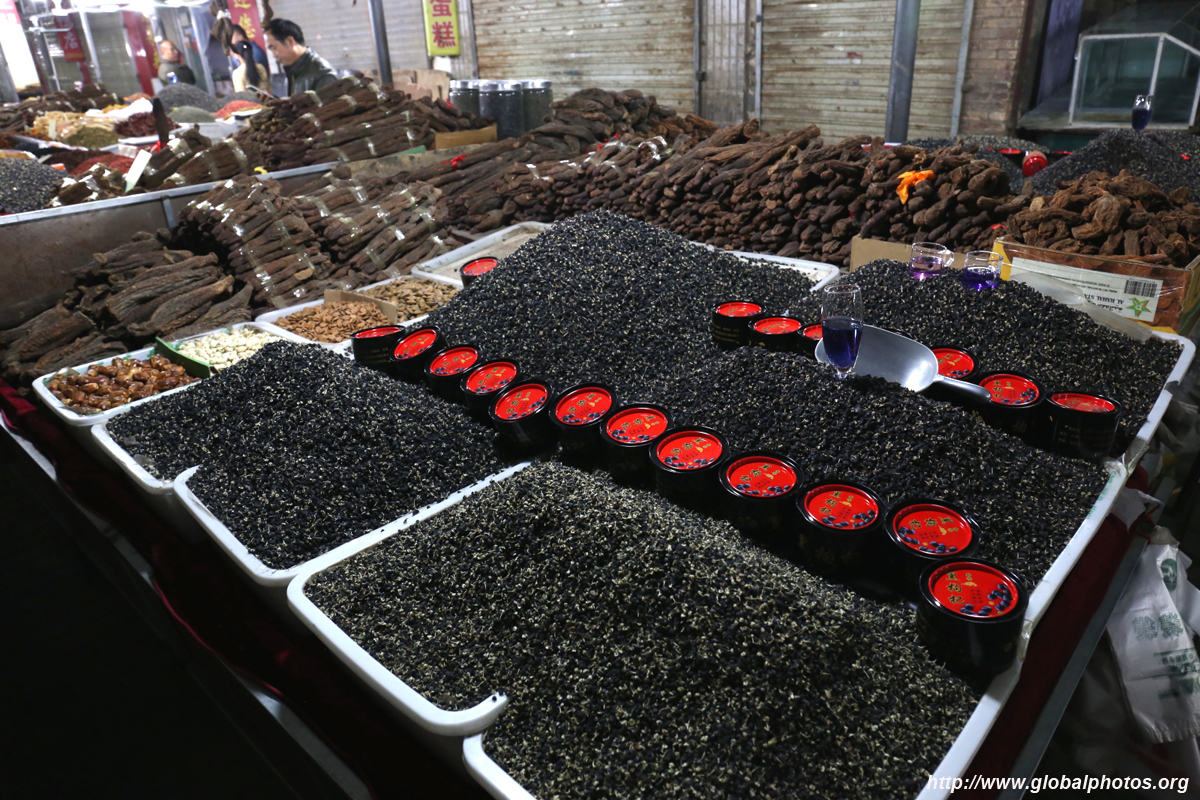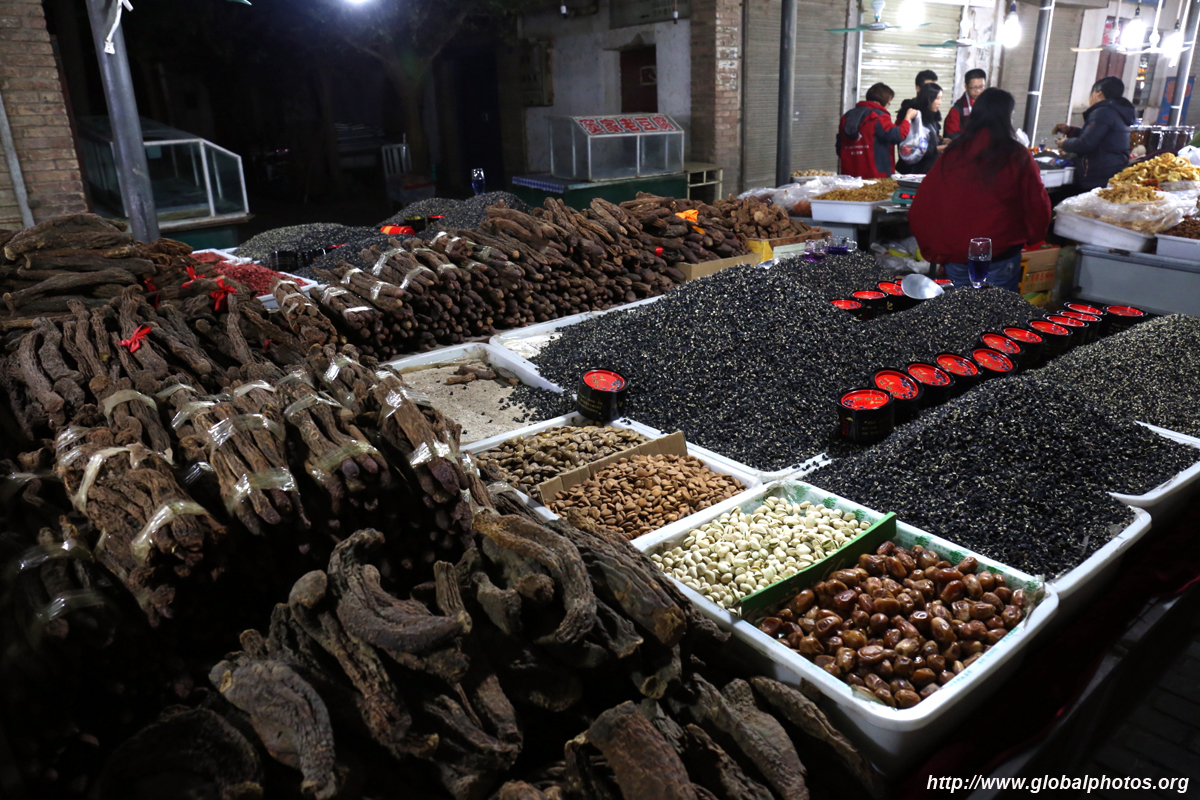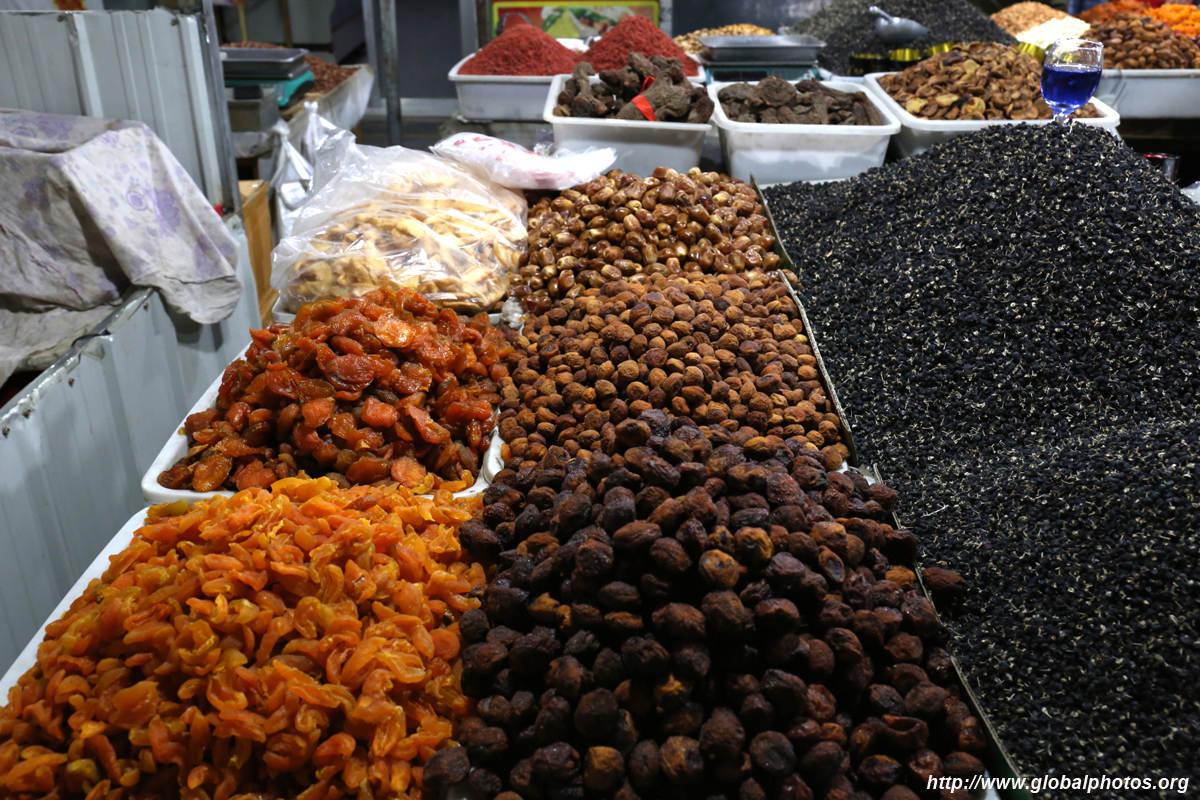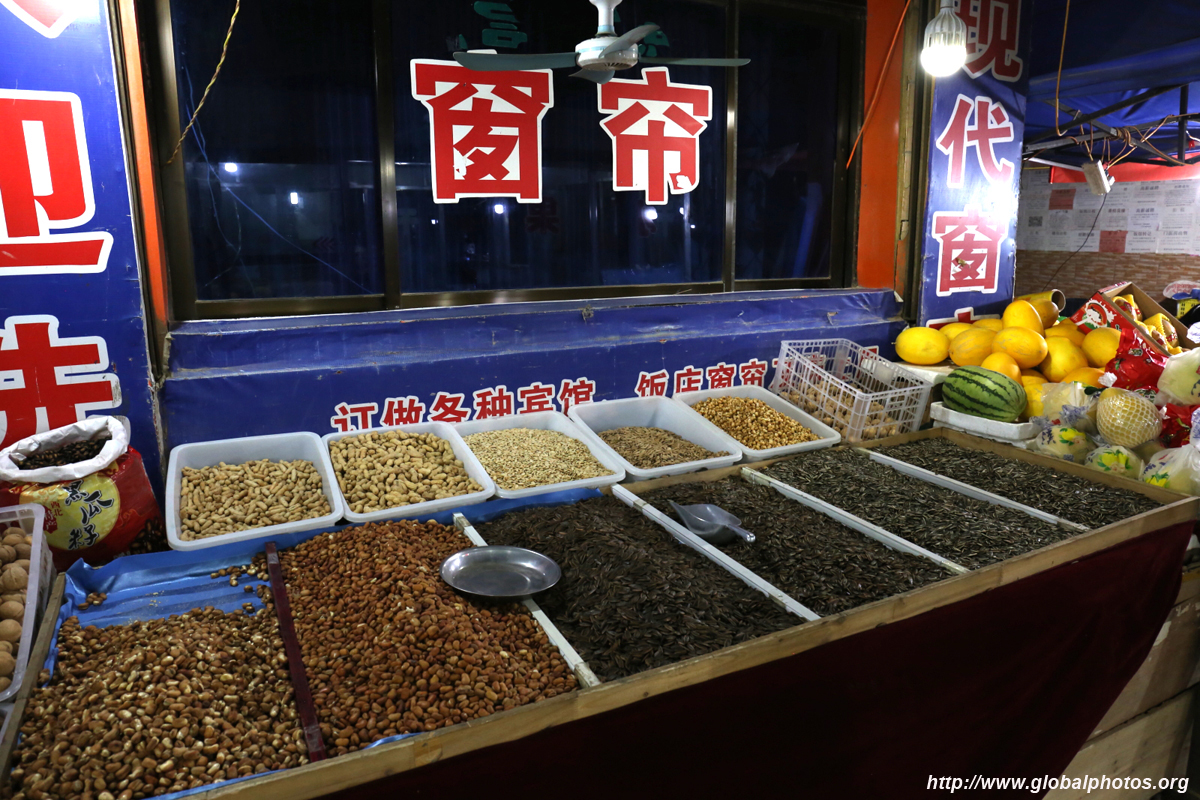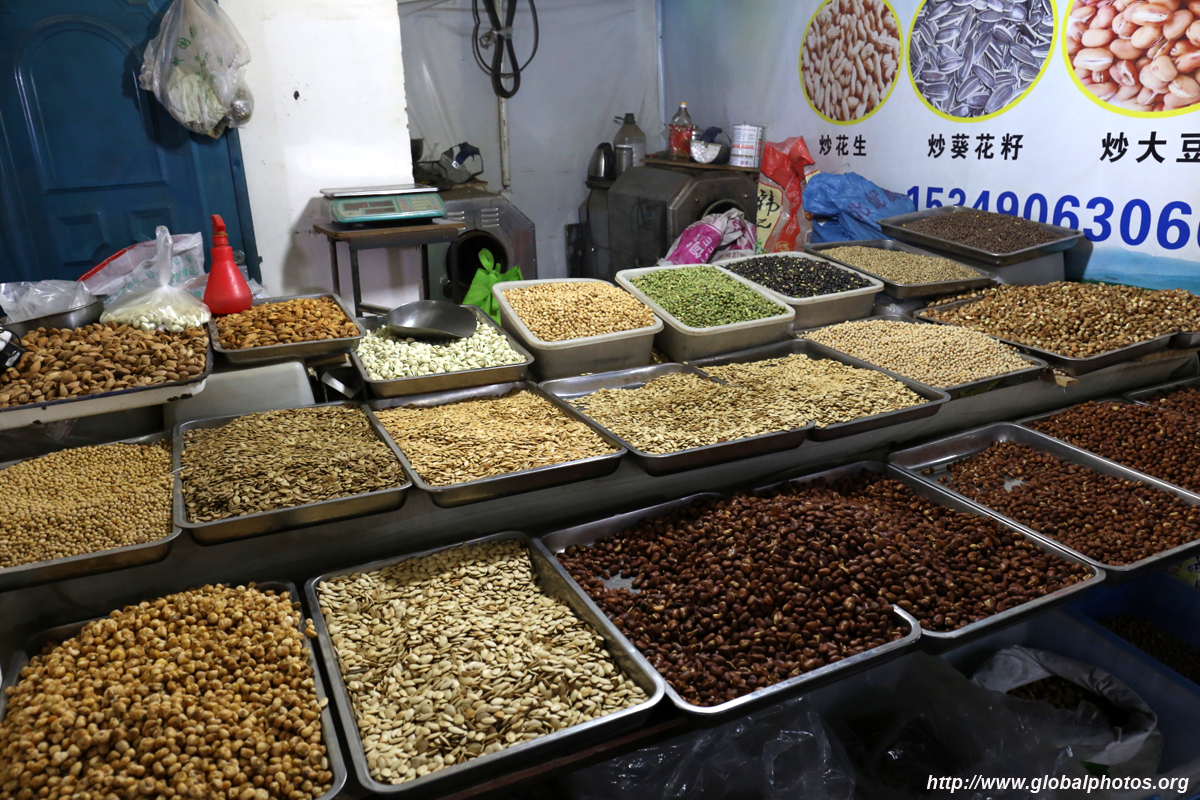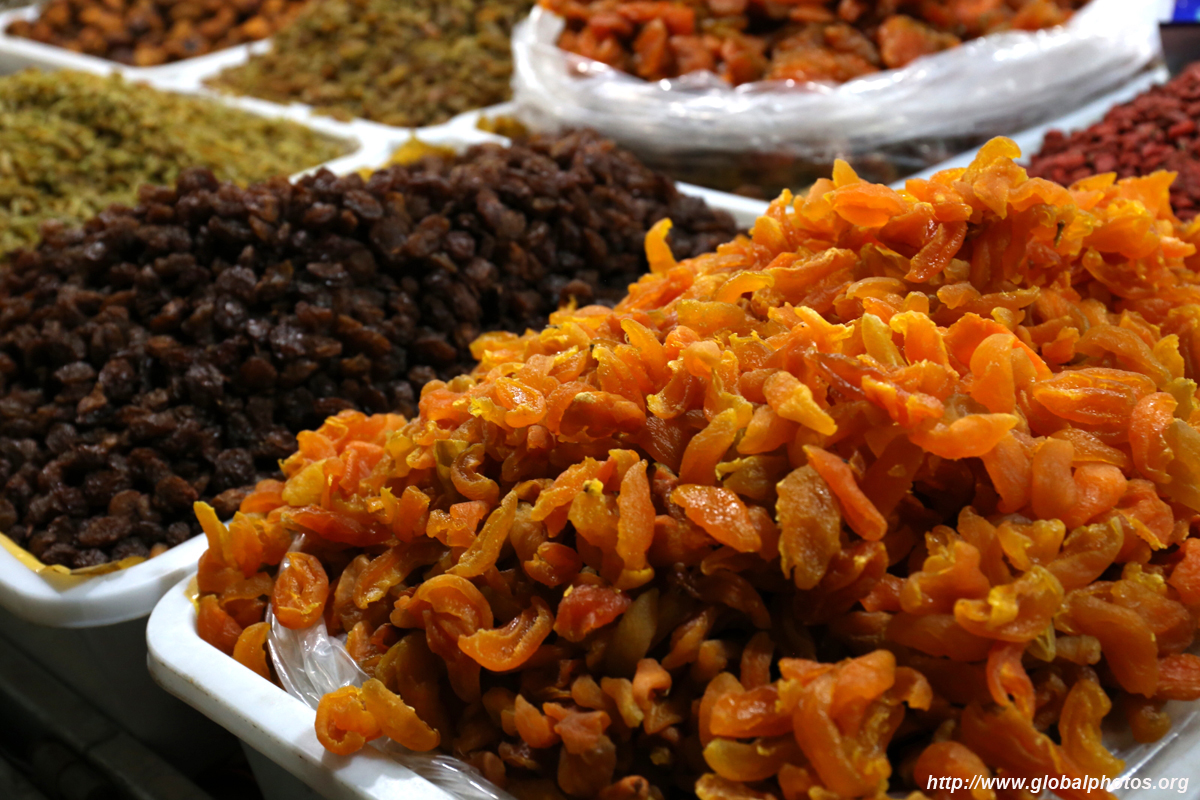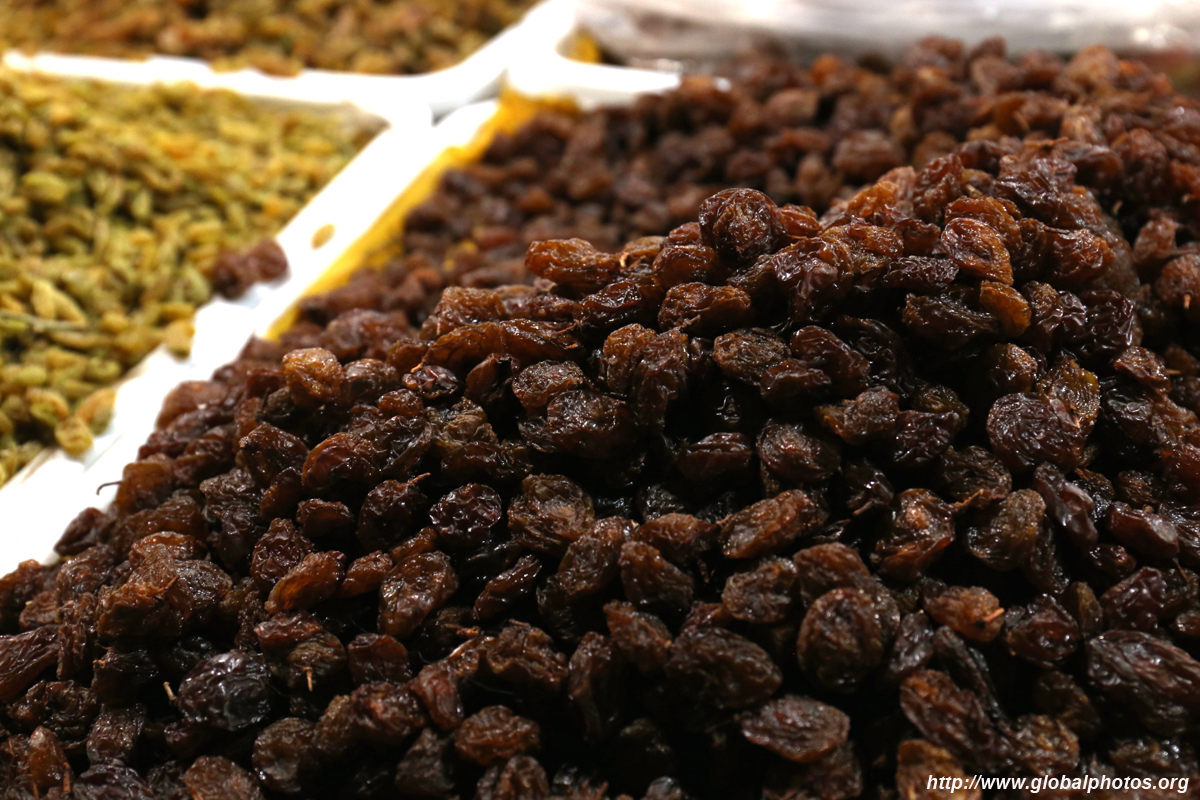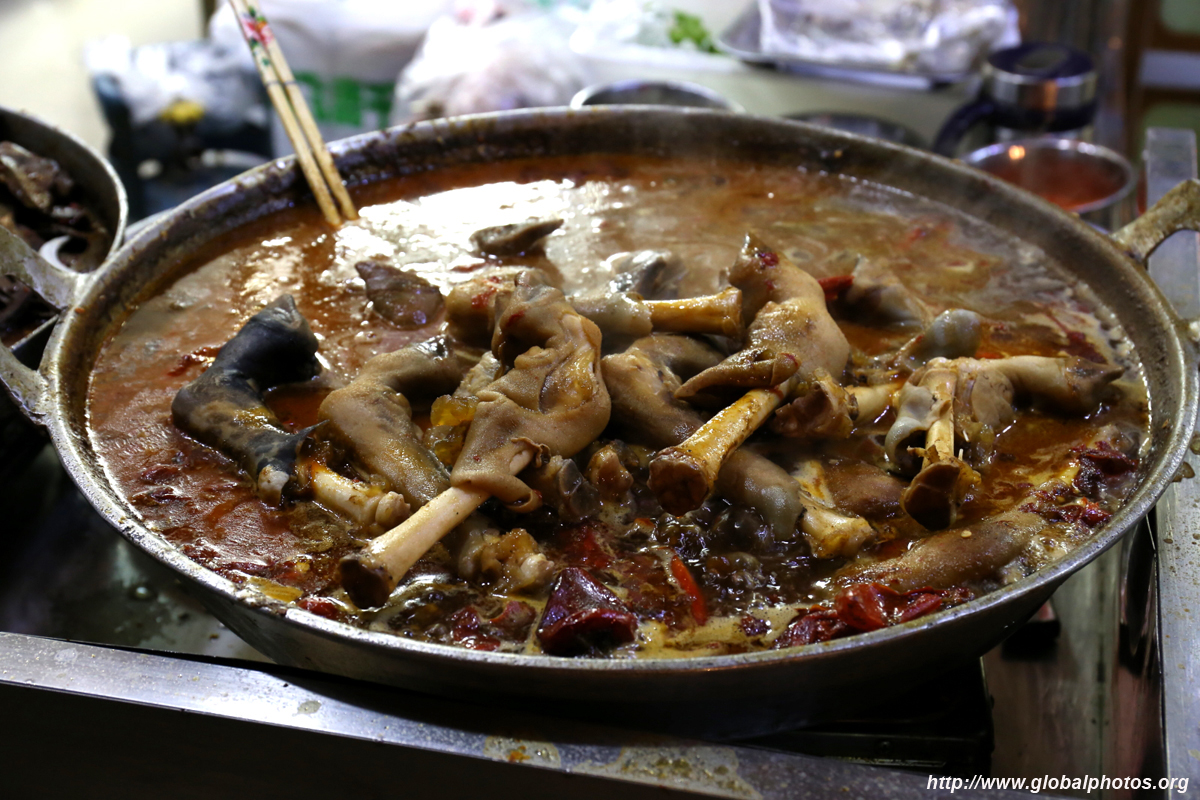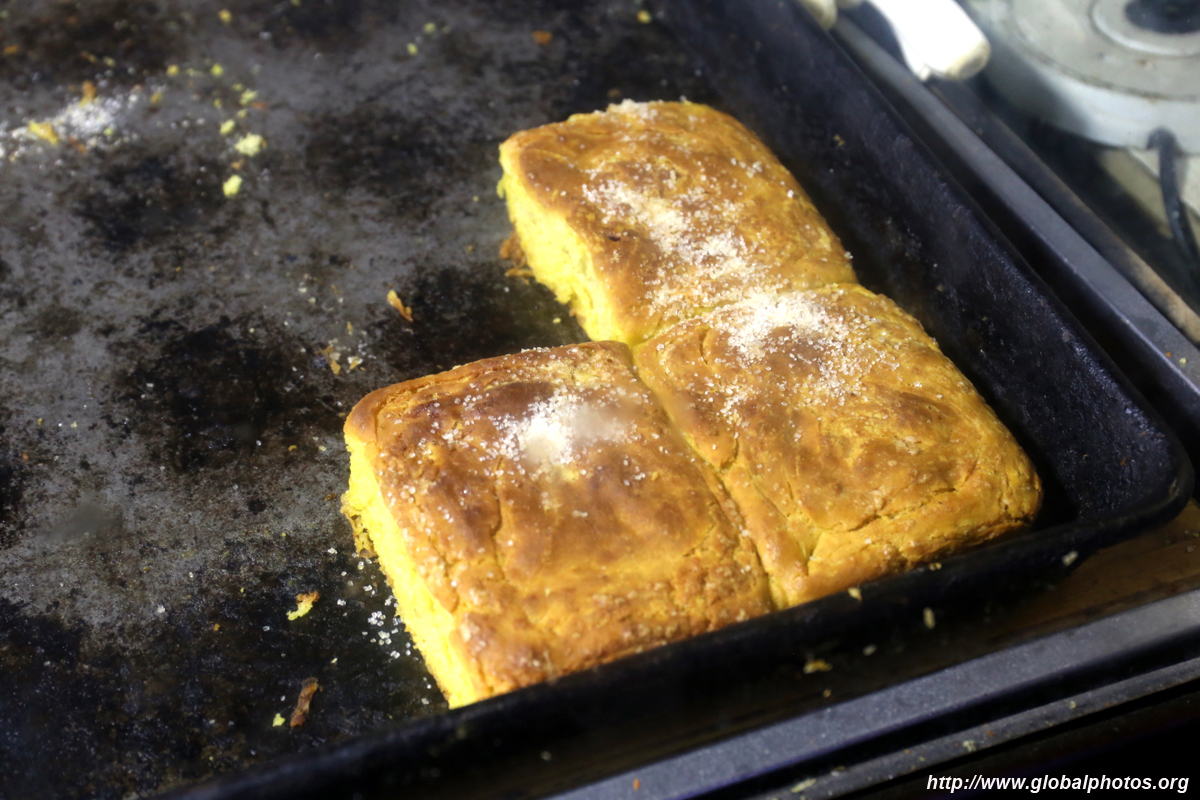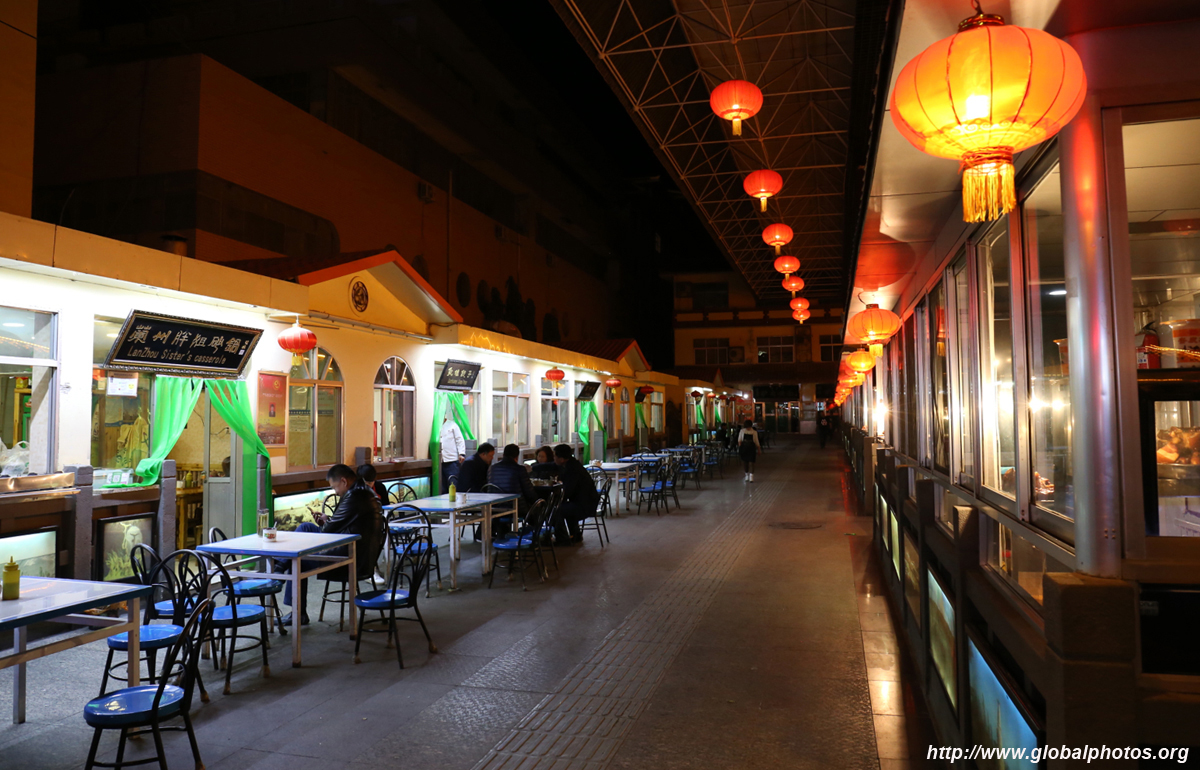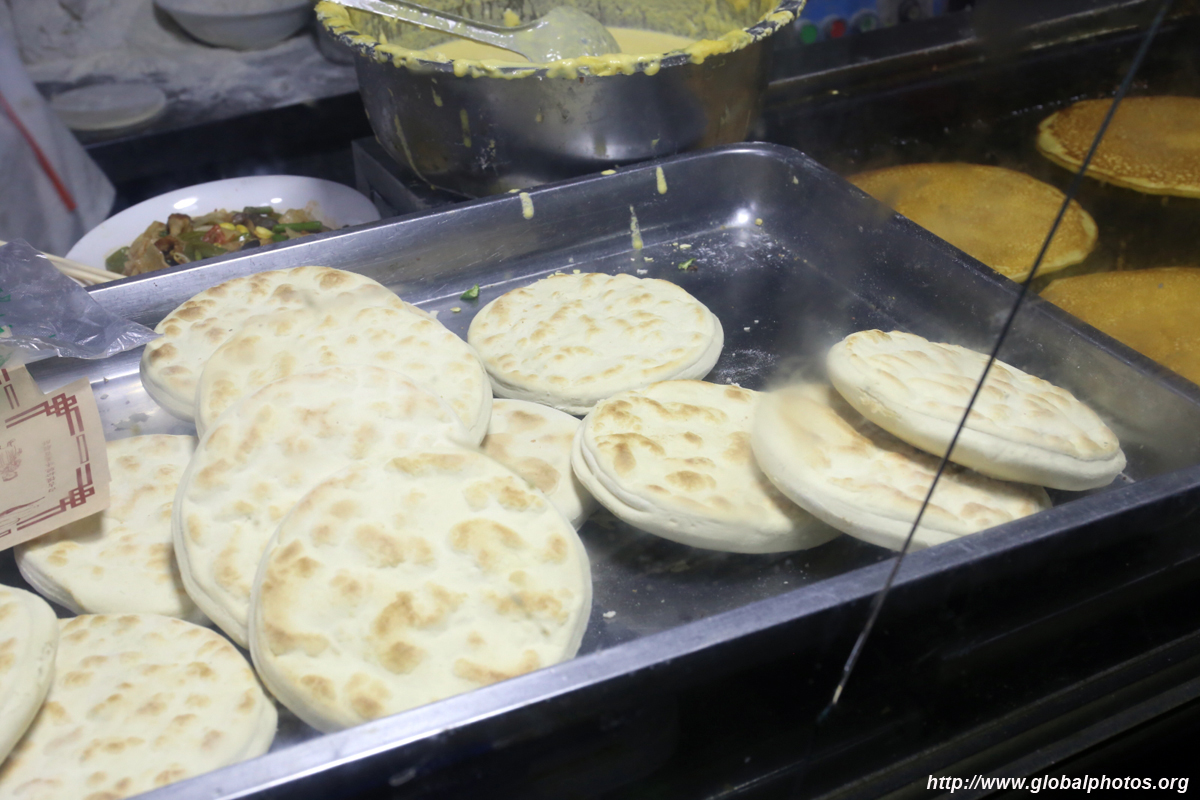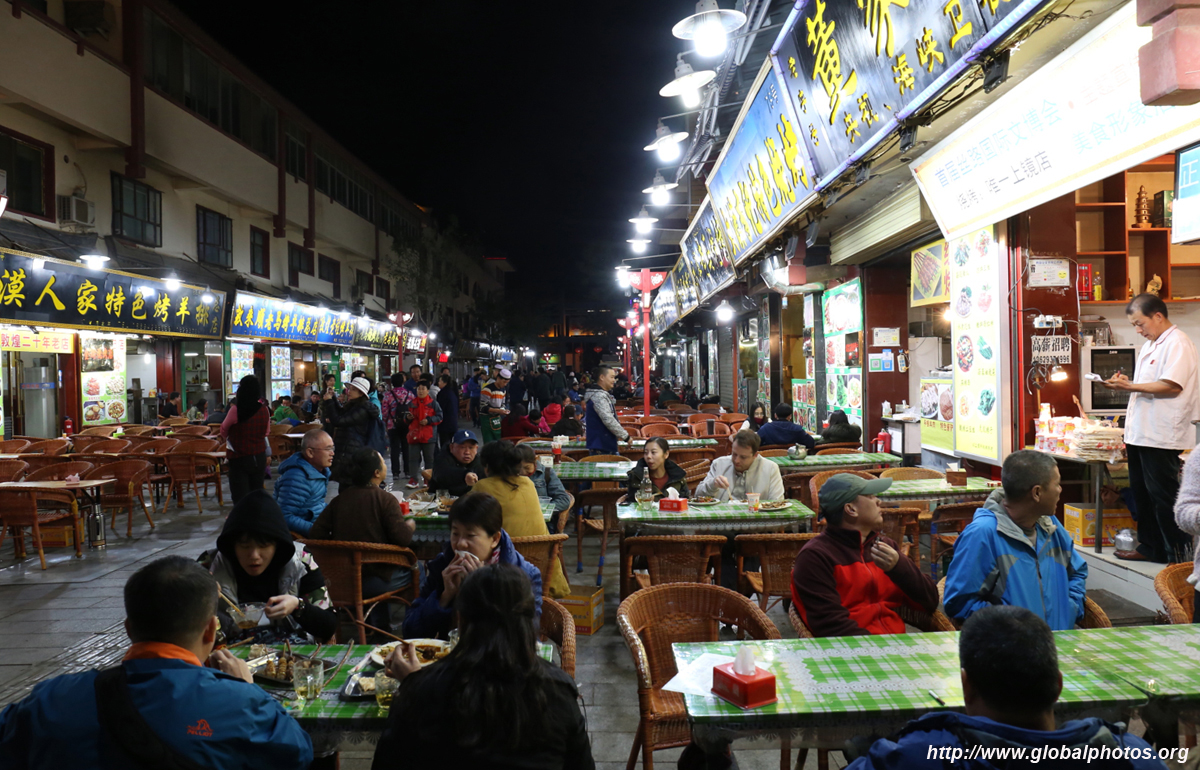Silk Road Photo Gallery - Dunhuang
| |||||||
Getting to Dunhuang is primarily via domestic flight from the major Chinese cities. However, there is also a charter flight from Hong Kong that makes use of the small and quiet international terminal.
Meanwhile, domestic passengers use a much newer and larger facility.
Surrounded by mountains and the desert, Dunhuang is a small city of 140,000 people located in a remote part of Gansu. Tourism plays a big role in the economy thanks to its rich history being a stop along the Silk Road. Yangguan Pass used to be the end of the Chinese Empire during the Silk Road days. A crumbling beacon tower is all that remains, while the other buildings before that are more modern creations to help tourists navigate the site.
Temperatures drop quite quickly as the sun recedes in the late afternoon. Shuttle buses bring visitors from the tourist facilities to the beacon tower further uphill.
Sunset would be quite good at this vantage point. The whole area is so barren.
| |||||||
Mogao Caves is an amazing site of some 500 caves, each with painted sculptures and murals reflecting Buddhist motifs. All visitors must tour with a guide, who typically manages to cover about 8 caves over 2 hours. Meticulous attention has gone into preserving the artworks, some of which are over a thousand years old. Unfortunately, photography is not allowed inside, but postcards available at the night market give partial justice to the amazing place.Mogao now hosts a state-of-the-art visitor's centre to cater for the tourist masses. You first watch 2 videos, including 1 on a dome screen, to appreciate the beauty of the sight and some of its best caves. Then you get on the site's own buses to transfer to the cave area.
So how do these works survive for so long? The dry and sunny climate in these remote parts are major contributing factors.
| |||||||
Crescent Lake is an oasis in the middle of the desert just outside Dunhuang. Camels herd tourists from the visitor's centre to the site, but I opted for the shuttle bus instead. There were plenty of camels, and the guide mentioned each needs to be licensed.
You can pay for a lot of things on top of your admission, from camel rides to the bright orange shoe covers which are great to keep the fine sand out. Looking around at the bright orange landscape, you can see just how crowded this place gets even though it is in the middle of nowhere.
Visiting the buildings and the lake itself wasn't too interesting. You need to venture higher to appreciate the remoteness of the location and the creeping desert that surrounds it.
To get higher, you need good stamina and legs to power your way up the fine sand.
The ladder does help or else your feet will sink deep into the sand on every step.
Huffing and puffing, the views are rewarding. Go all the way up to the top to also see the barren mountains on the other side.
After all that hiking, you can pay to slide down the sand with a toboggan.
| |||||||
Autumn is a great time to visit Dunhuang with much cooler temperatures amidst the persistent sunshine. Fall colours are generally yellow as the leaves don't turn red before falling off.
Despite being a small town, the night market was quite impressive with plenty of souvenir and eating options. However, Dunhuang caters primarily to domestic tourists, so don't expect shopkeepers to be able to converse in English.
The dry climate means this region, from Gansu stretching all the way to Xinjiang along the Silk Road, is a major source of raisins and nuts.
| |||||||
